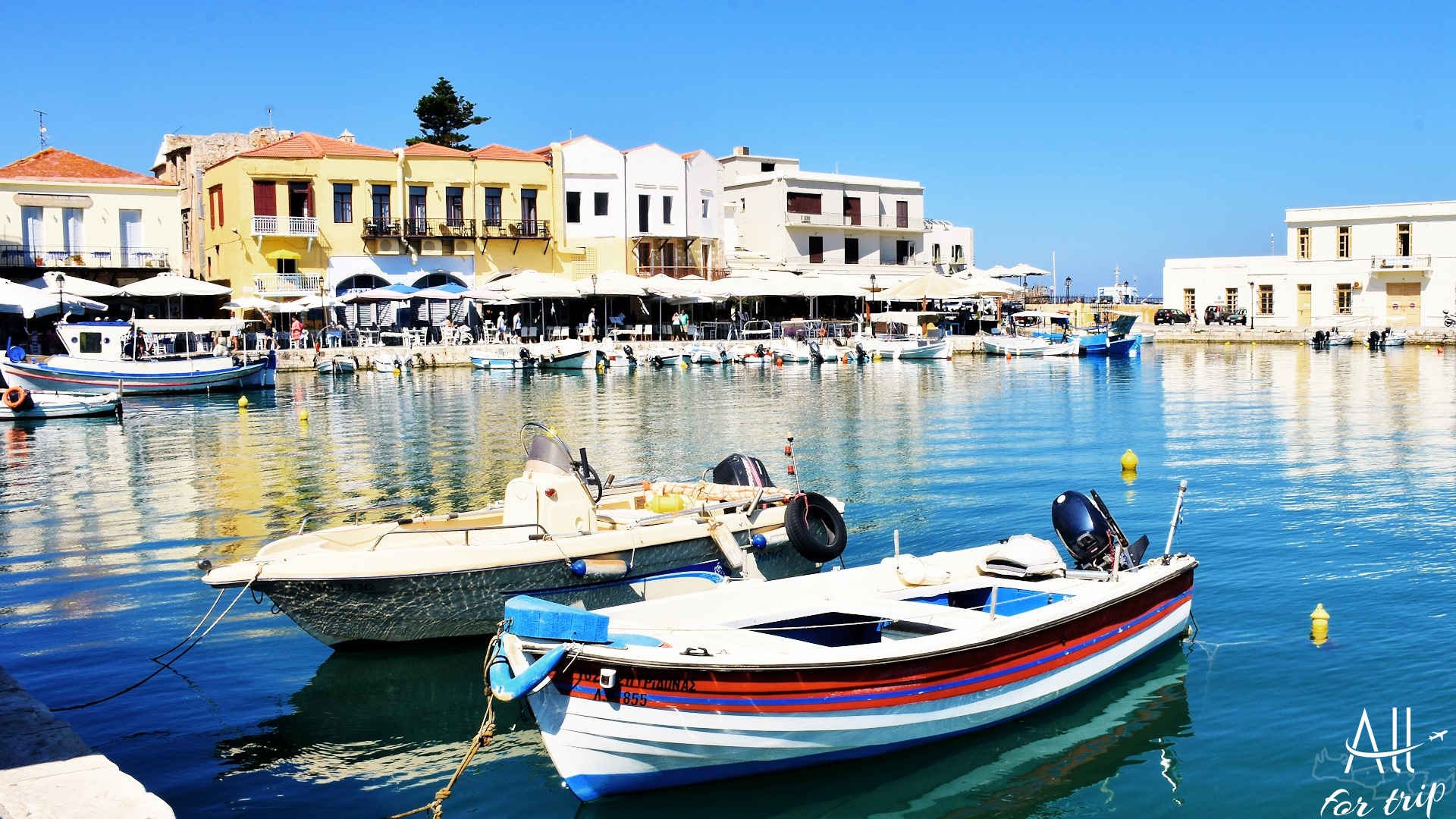
RETHYMNO
Rethymno is a Greek port city, on the north coast of the island of Crete. The capital of Rethymno regional unit. It is the third largest town in Crete. Population: 35 687 inhabitants. Chania 65,3 km, Heraklion 80,3 km.
Today, the old town of Rethymno has been reconstructed, renovated and rebuilt. Rethymno’s old town is flourishing again, and is attracting visitors from all over the world. The city’s main revenue comes from tourism. Many new facilities have been built in recent decades. Agriculture is also very important, especially olive oil production and processing.
Rethymno city has a university. The university has 8,000 students study.
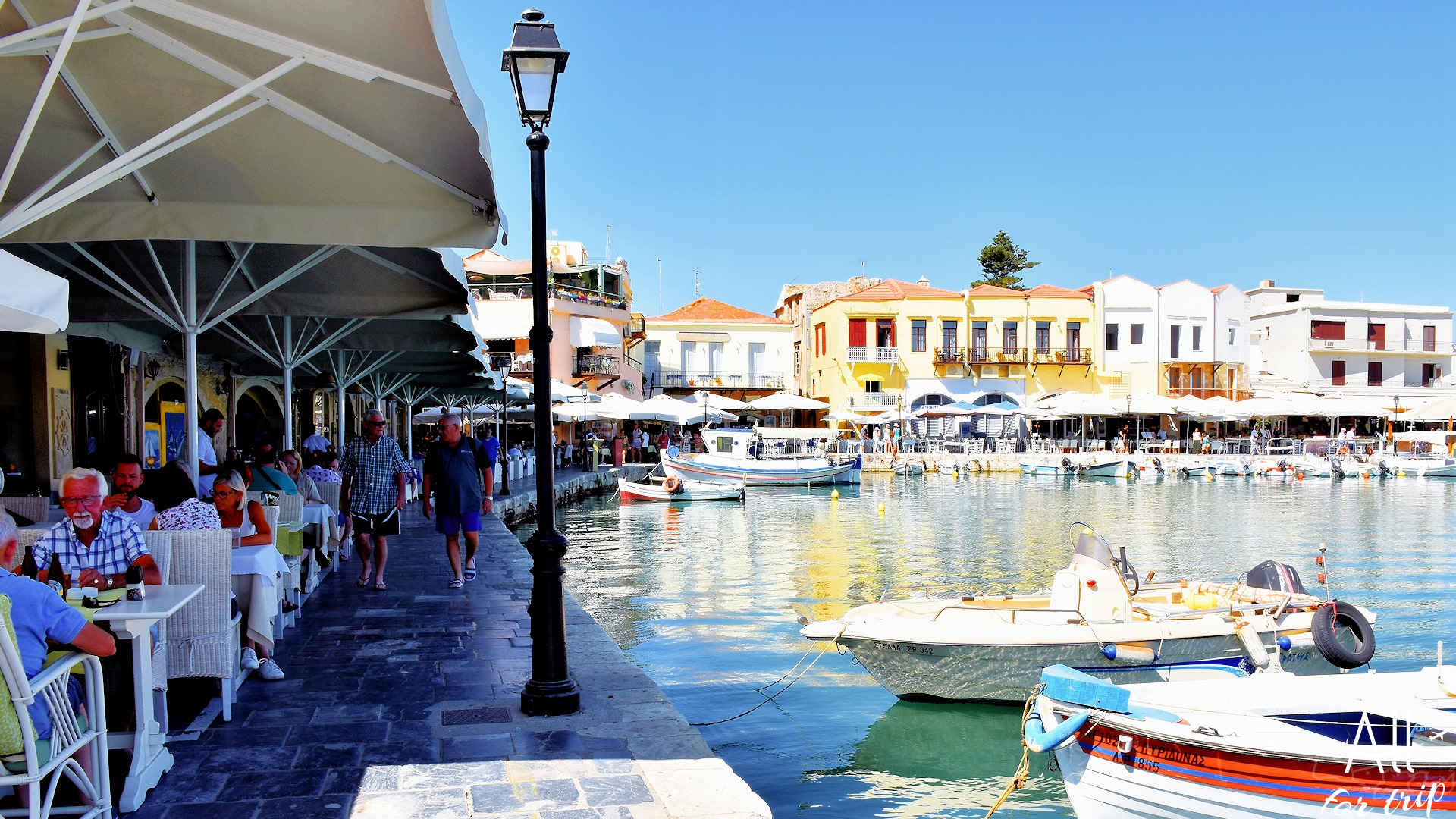
Museums of Rethymno:
– Archaeological Museum of Rethymno
– Historical and Folklore Museum of Rethymno
– Municipal Gallery “L. Kanakakis”
– The Frantzeskaki Collection
– Museum of Sea Life at Rethymno
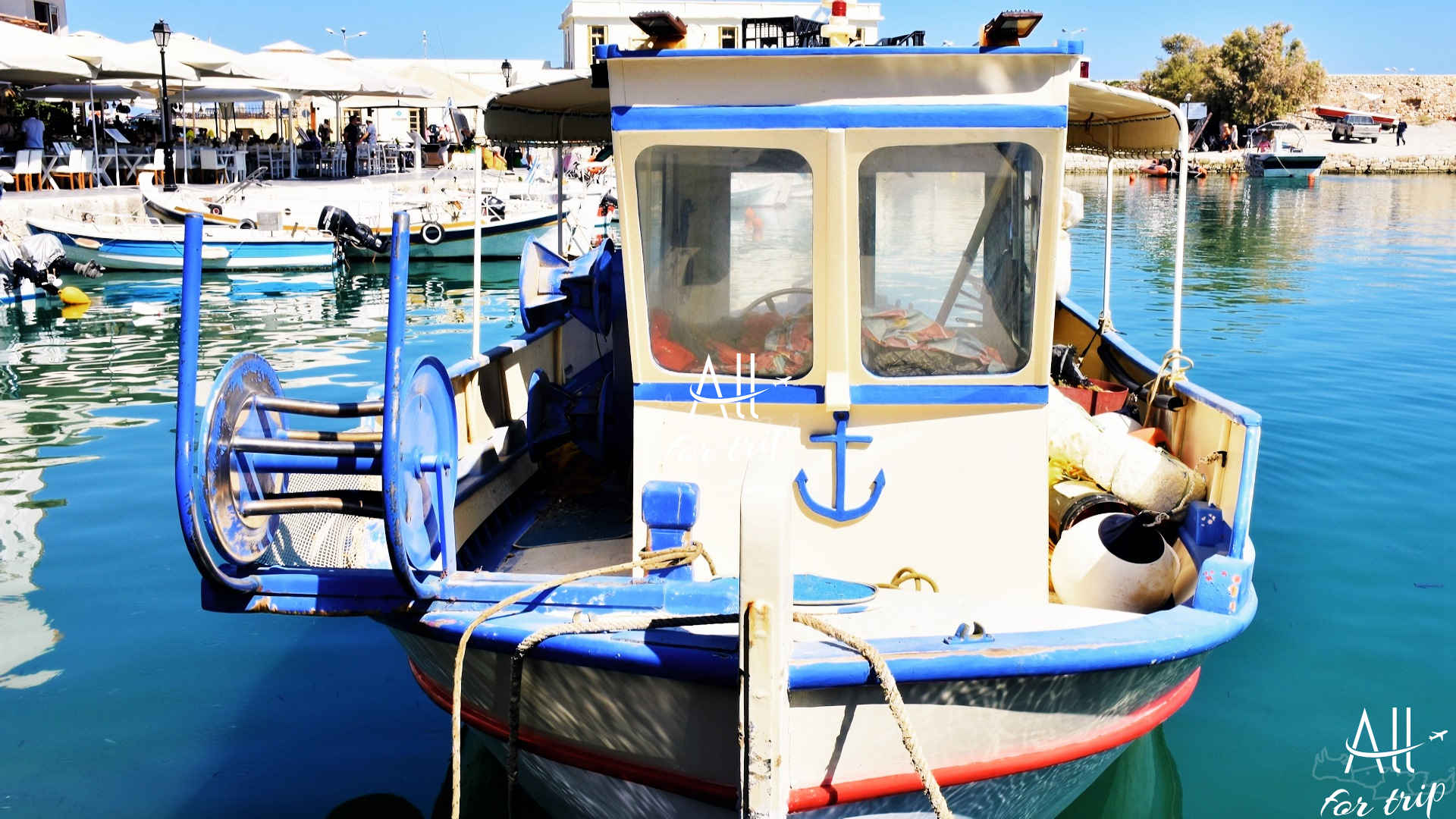
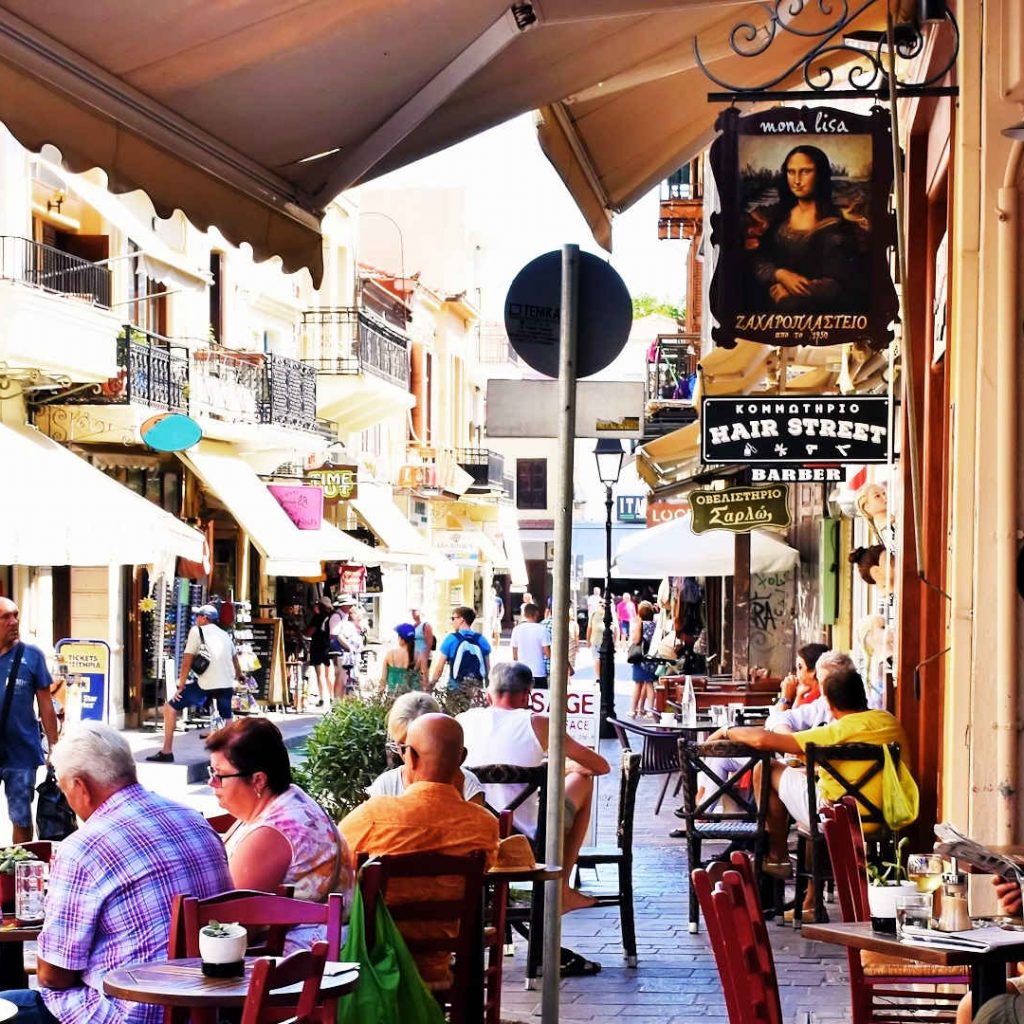
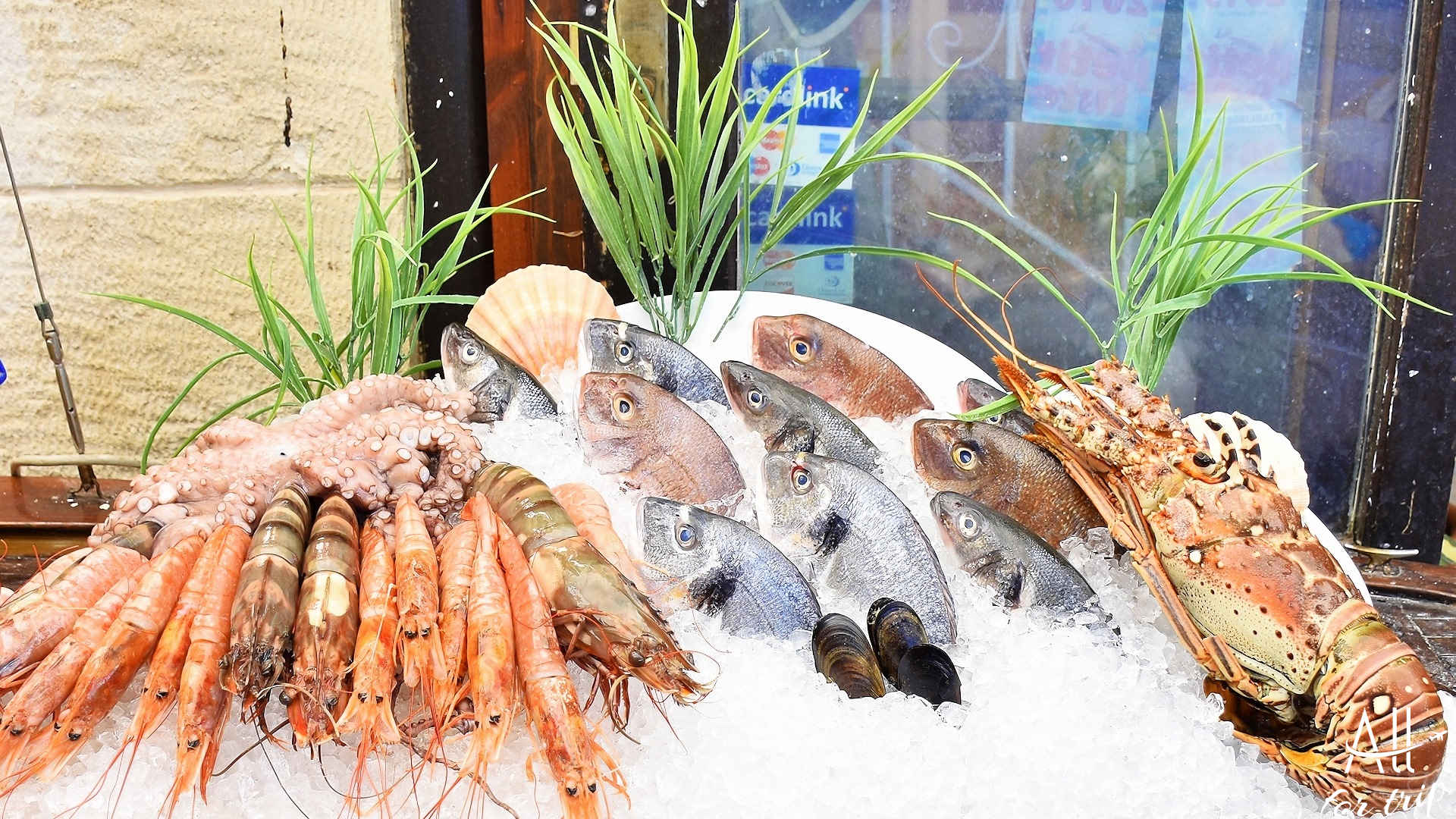
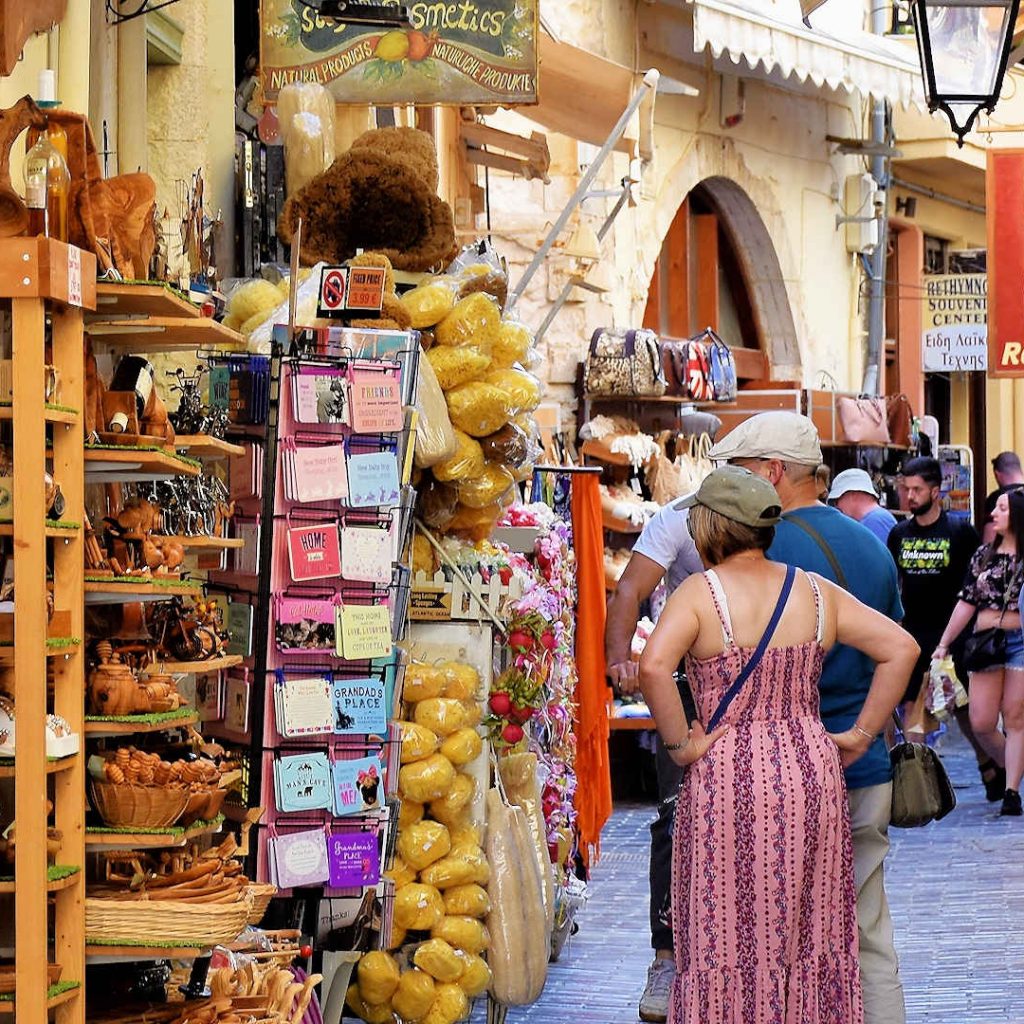
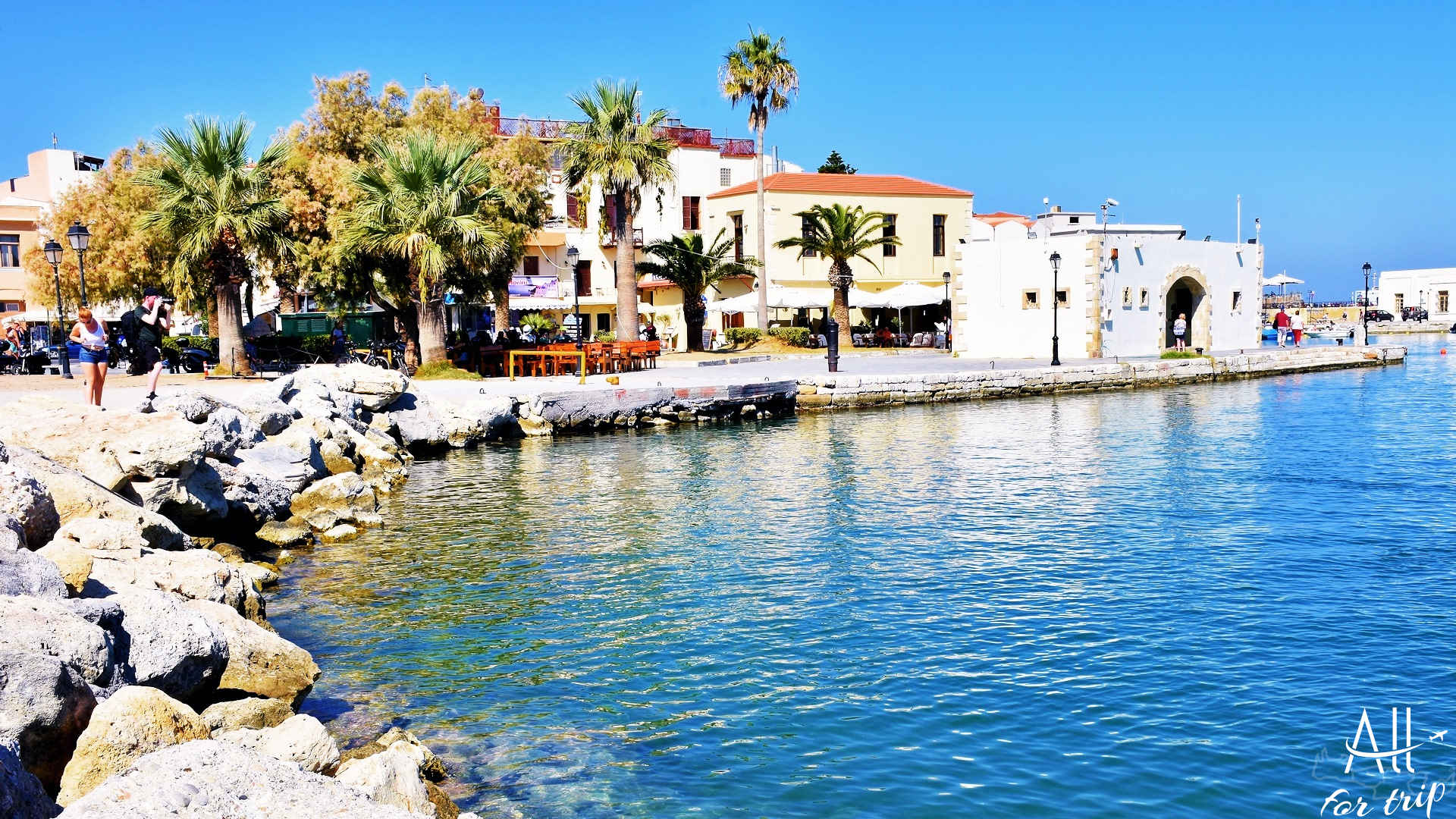
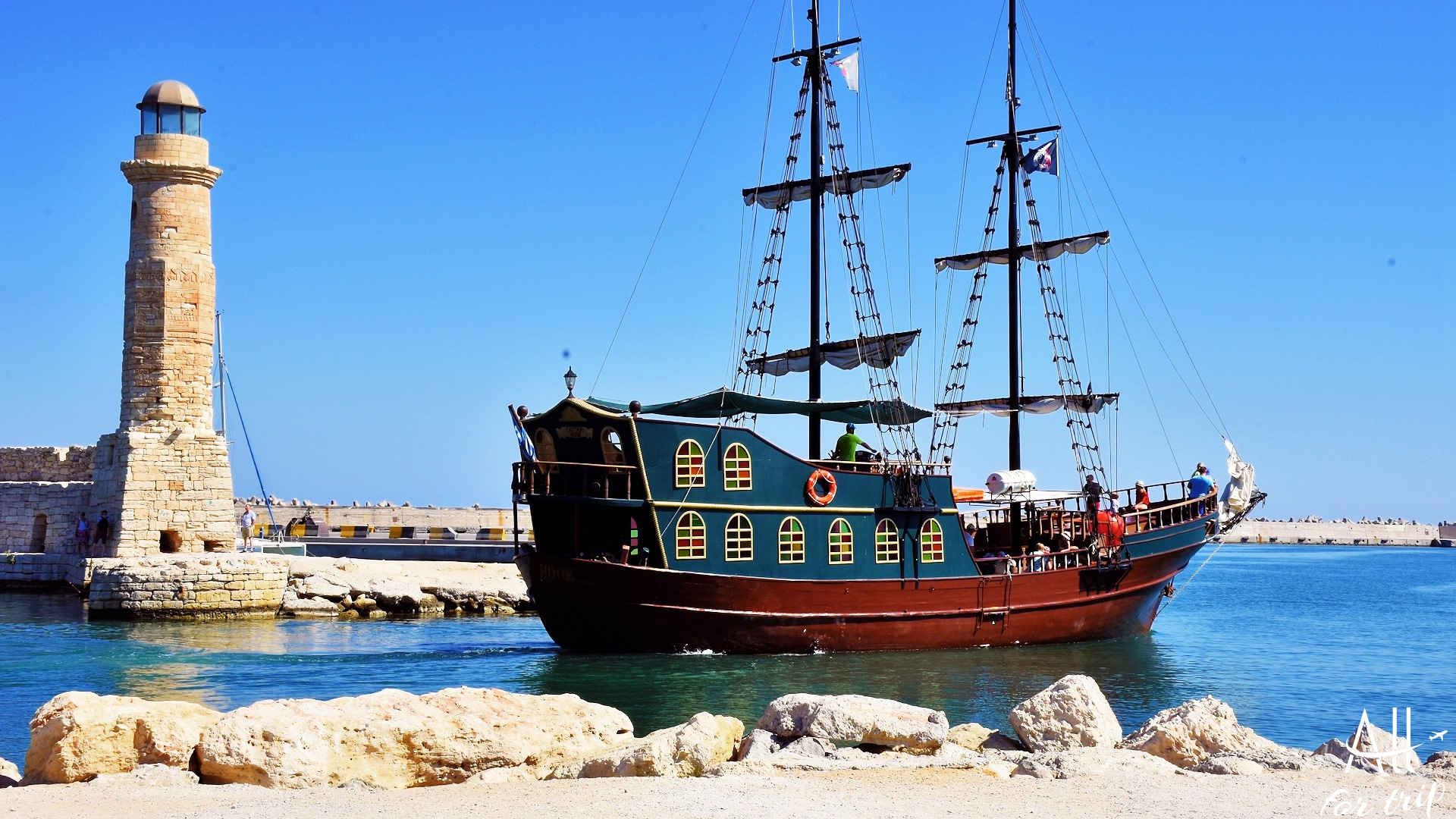
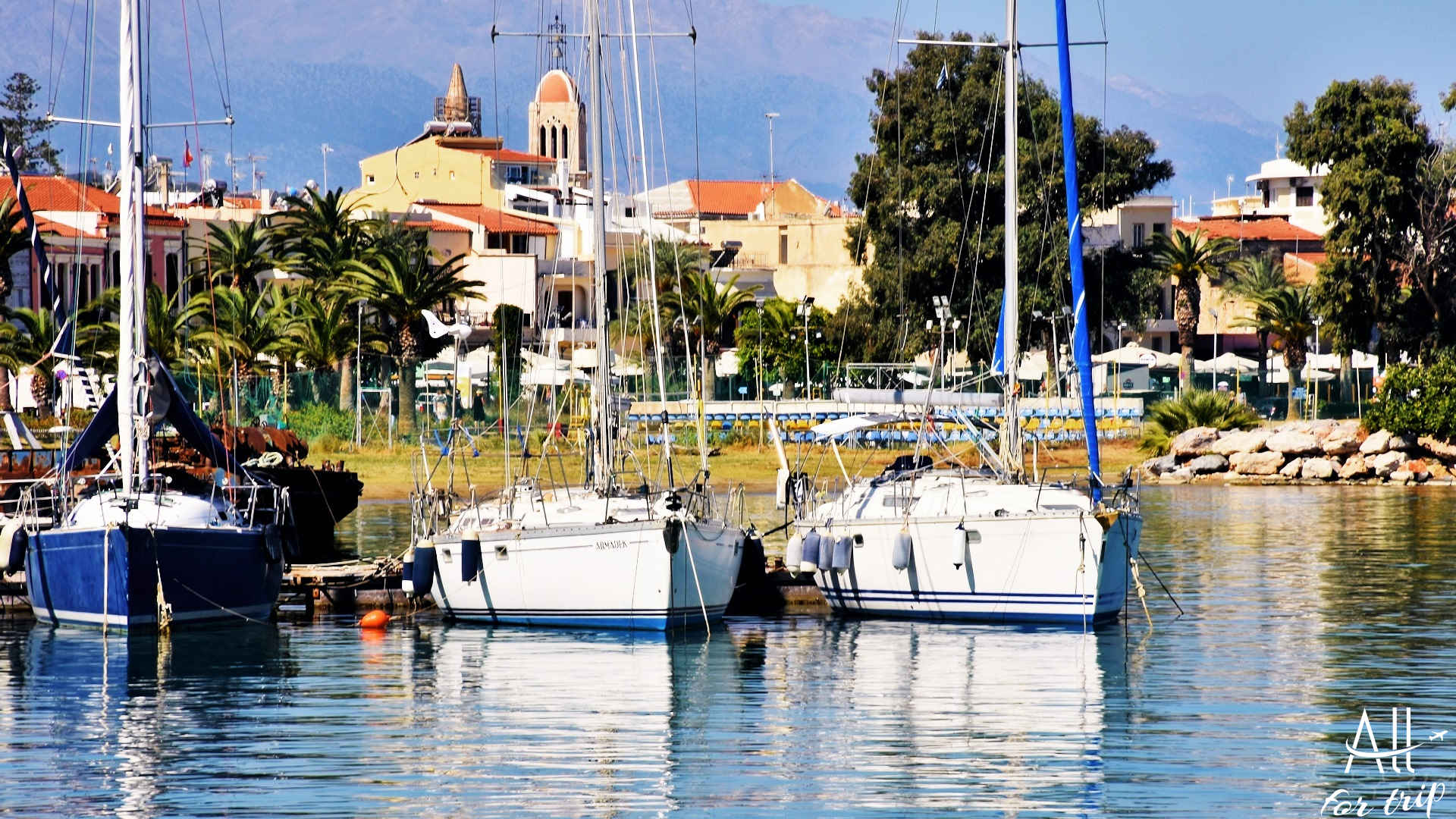
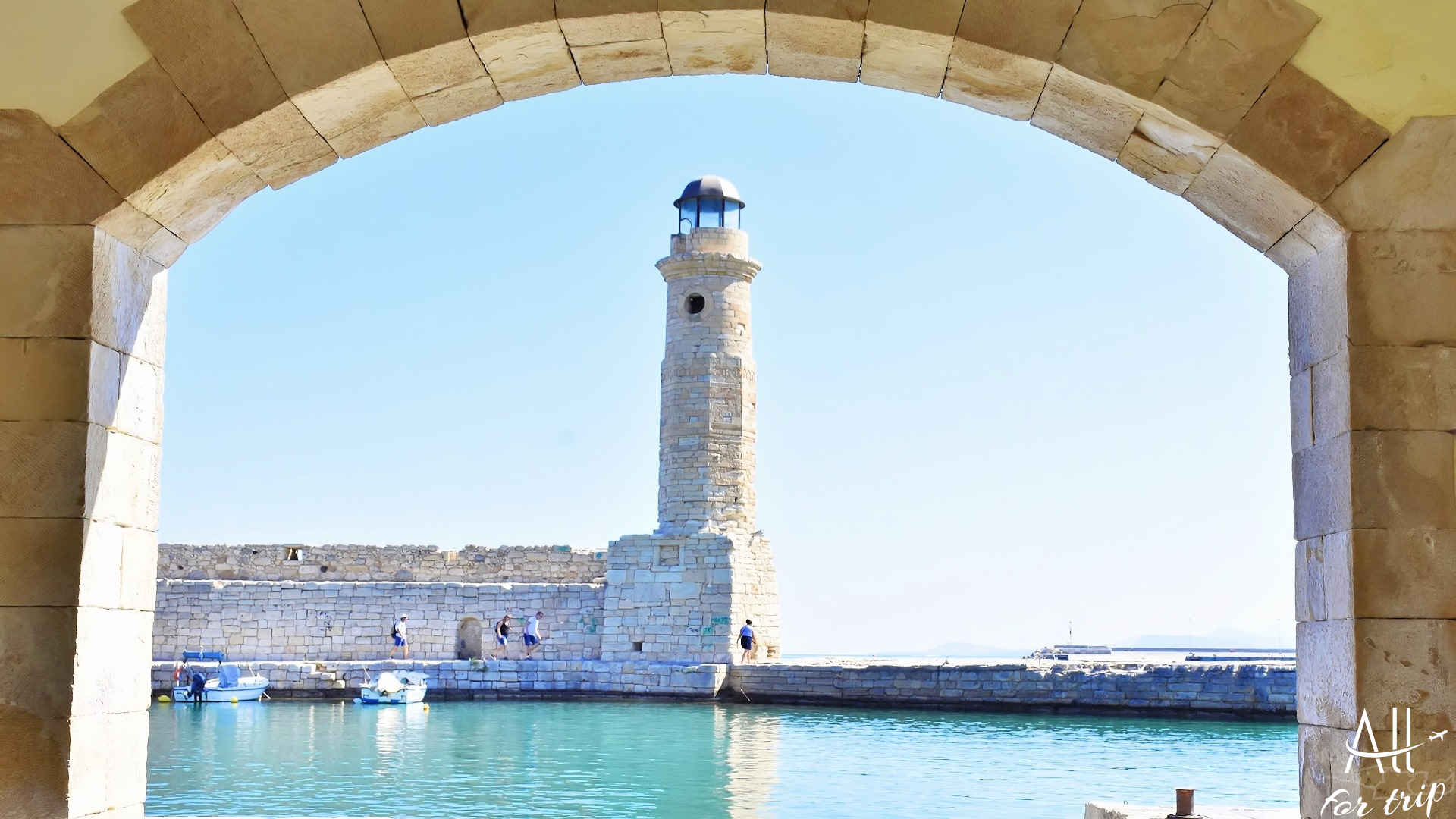
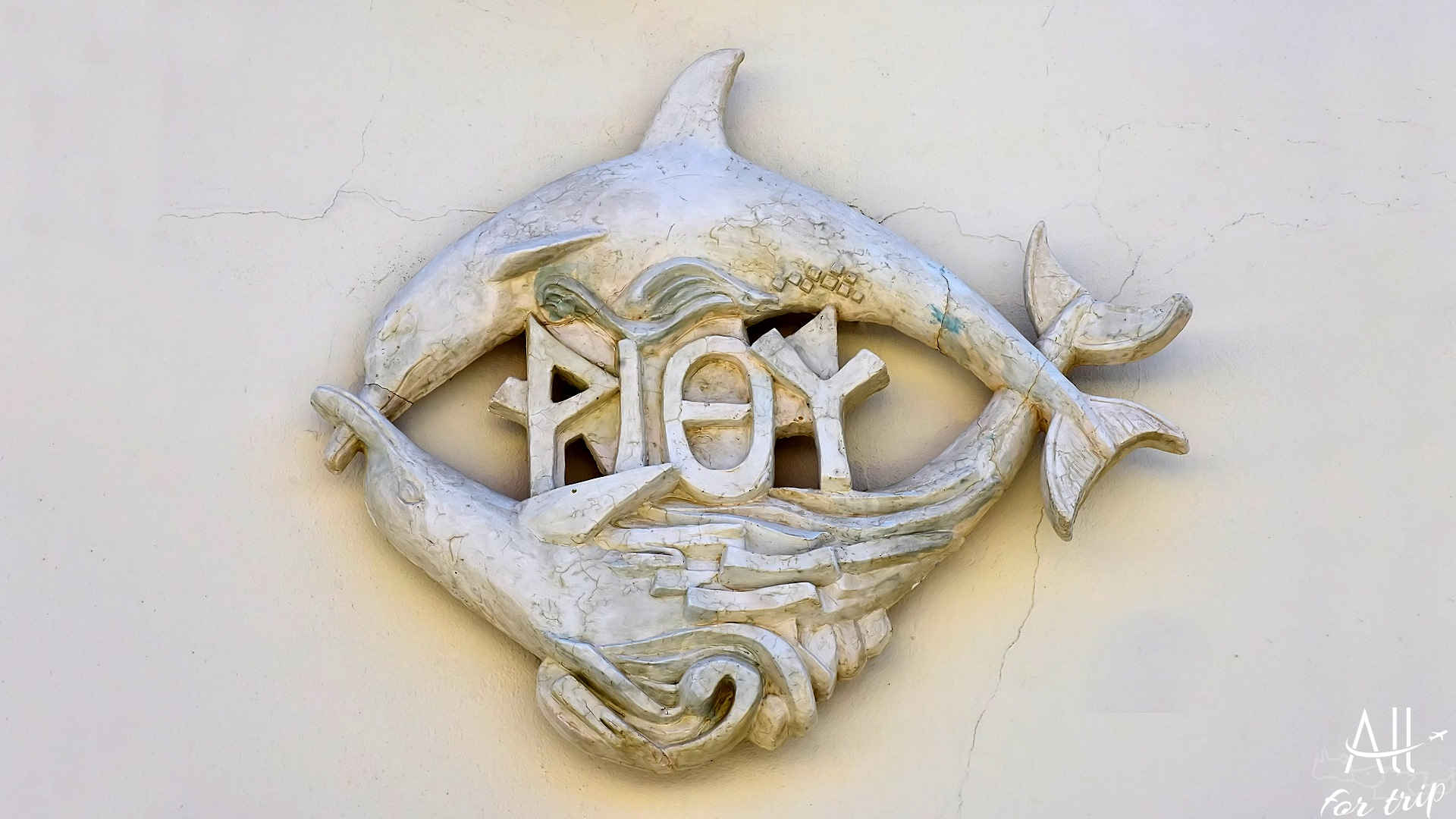
HISTORY OF RETHYMNO
1350-1250 BC – the Minoan age: the first settlement, on the site of today’s Rethymno, was created after that.
3-4. century BC – The city, known as Rithymna, flourished and traded extensively. This is evidenced by the gold and silver coins found by archaeologists.
The town then began to decline, shrinking to the size of a village in Roman times.
We do not have significant information about the first Byzantine and Arab eras.
961-1204 – in the second Byzantine period, a small town called Castell Vecchio is mentioned in the sources, on the site of today’s Rethymno.
1202–1204 – Bonifac Montferrati gets the island in the Fourth Crusade, who, however, sold it to Venice.
1211 – The Venetians confirmed their power. The Venetians recognized the strategic location of the settlement. The Venetians established a Trade Center between Heraklion and Chania.
This is when the city’s period of growth began:
– they created their own bishopric
– today’s old town (palia poli), was built almost entirely by the Venetian Republic
– it is one of the best-preserved old towns in Crete
– the port of Rethymno was built in this period
1540 – due to the growing Turkish threat, the walls were fortified
1571 – the new defence proves ineffective, because Rethymnon was occupied
1573 – the Fortress of Fortezza, which still stands today, was built on the Paleokastro hill near the town
1646 – The Turks occupy Rethymnon: the city belonged to the Ottoman Empire.
1830-1840 – the Egyptians occupy the city
The Cretans revolted against Turkish rule several times in the 19th century.
1866 – Insurgents defending against Turkish soldiers, committed mass suicide, by detonating gunpowder.
This event took place in the Arkadi Monastery. Today the monastery belongs to the municipality of Rethymnon.
1897 – Until then Rethymno belonged to the Ottoman Empire.
After the massacre, in which hundreds of people died, including the British Consul, the great powers occupied the island.
The great powers created independent Crete.
Until 1907 – Russian soldiers were in Rethymnon
1913 – Crete joined Greece
1924 – After the First World War, under the Lausanne Convention, a population exchange was carried between Greece and Turkey.
The Cretan population of Turkish, were relocated to Asia Minor.
1941 May 20. – 30. – the Battle of Crete.
The Battle of Rethymno with German paratroopers and took place between allied forces. Allied forces consisted mainly of Greek reservists and gendarmes, as well as the Australian Regular Infantry.
The Germans were initially unsuccessful. After Maleme Airport in the north-western part of the island was occupied, and after then won the battle.
During World War II, the Germans bombed Rethymno and destroyed many buildings.
After World War II, due to poverty and poor living conditions, a lot of Rethymno citizens moved to Athens or abroad: in the hope of a better life.
Rethymnon beach
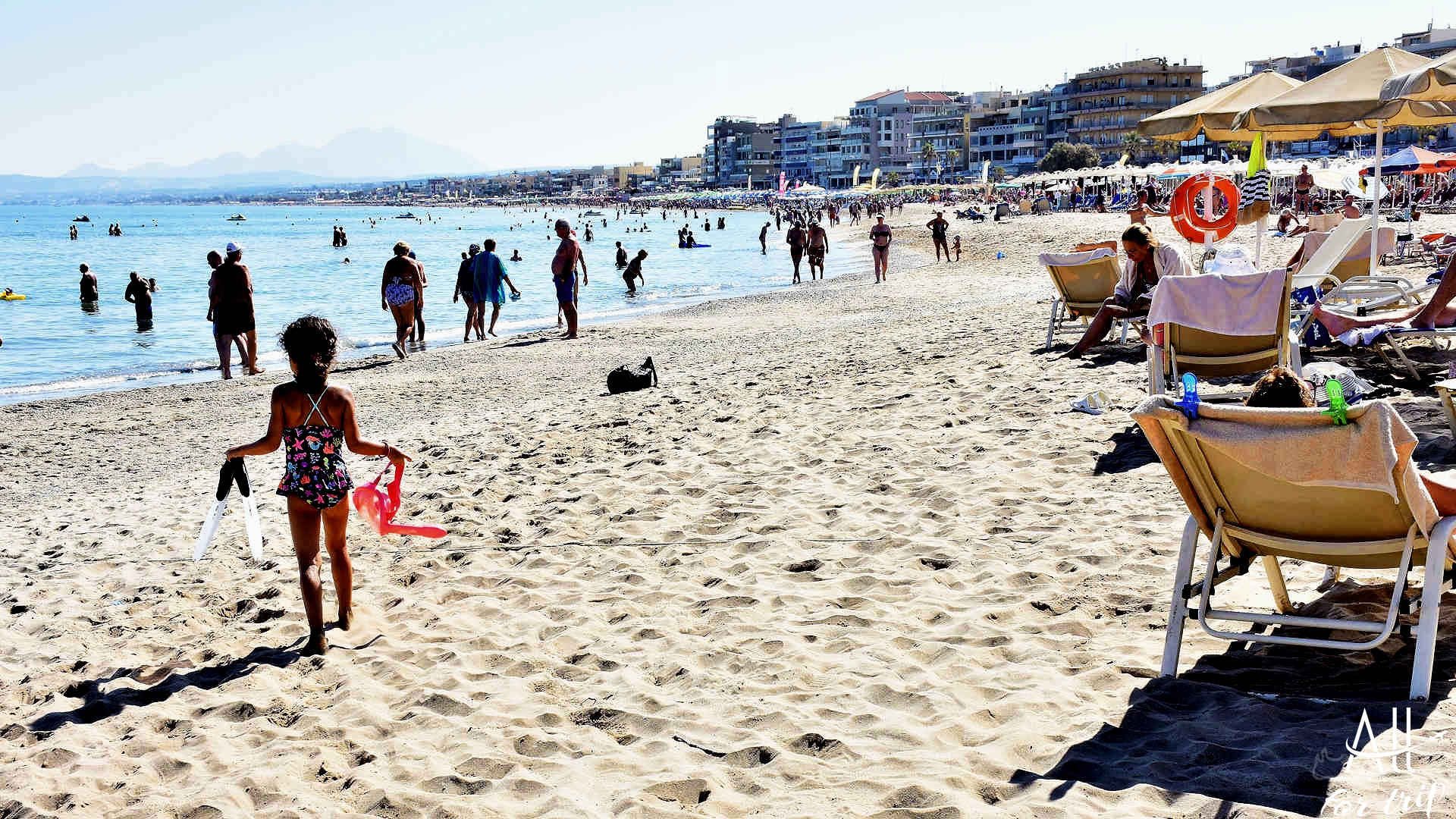
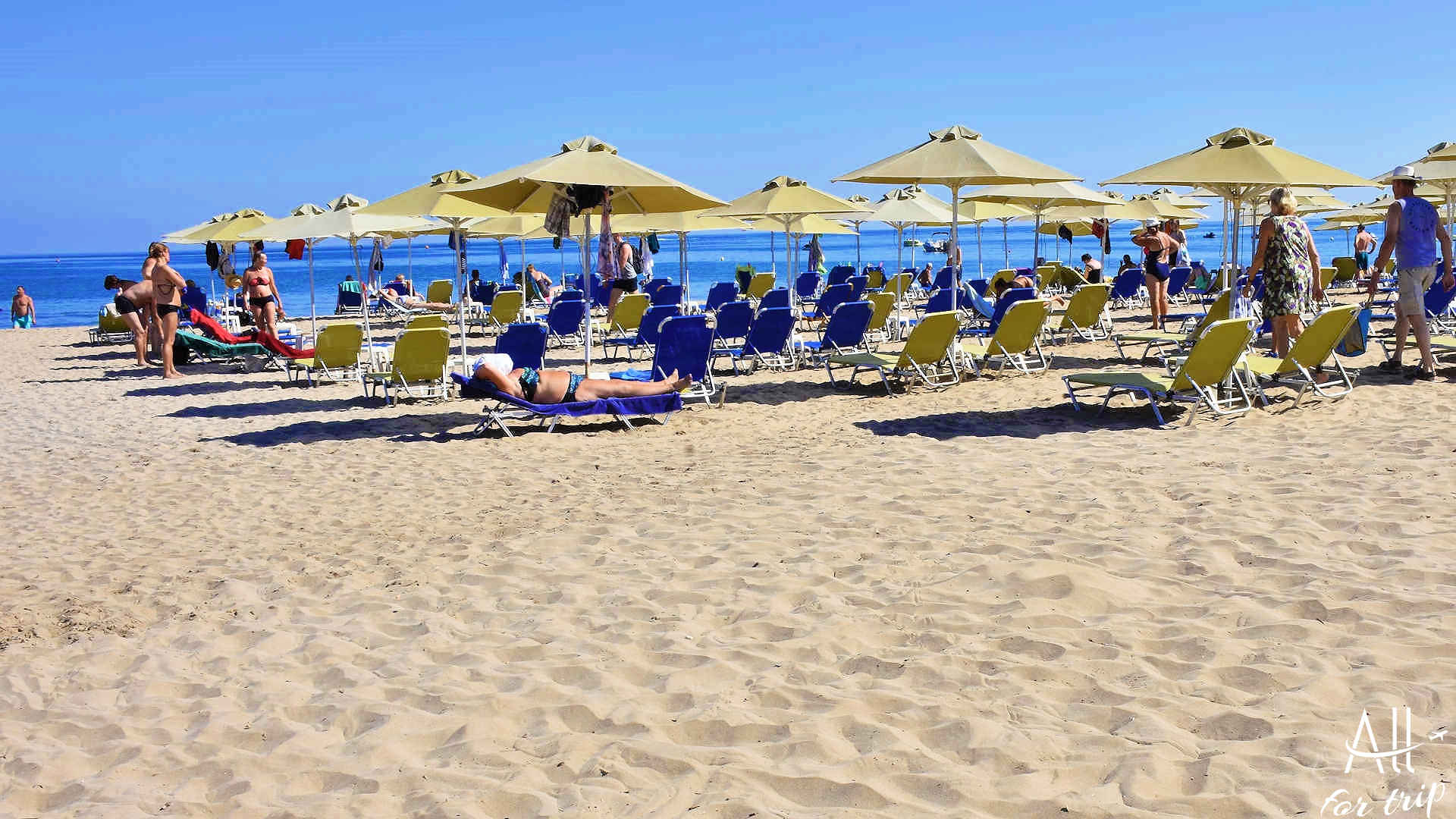
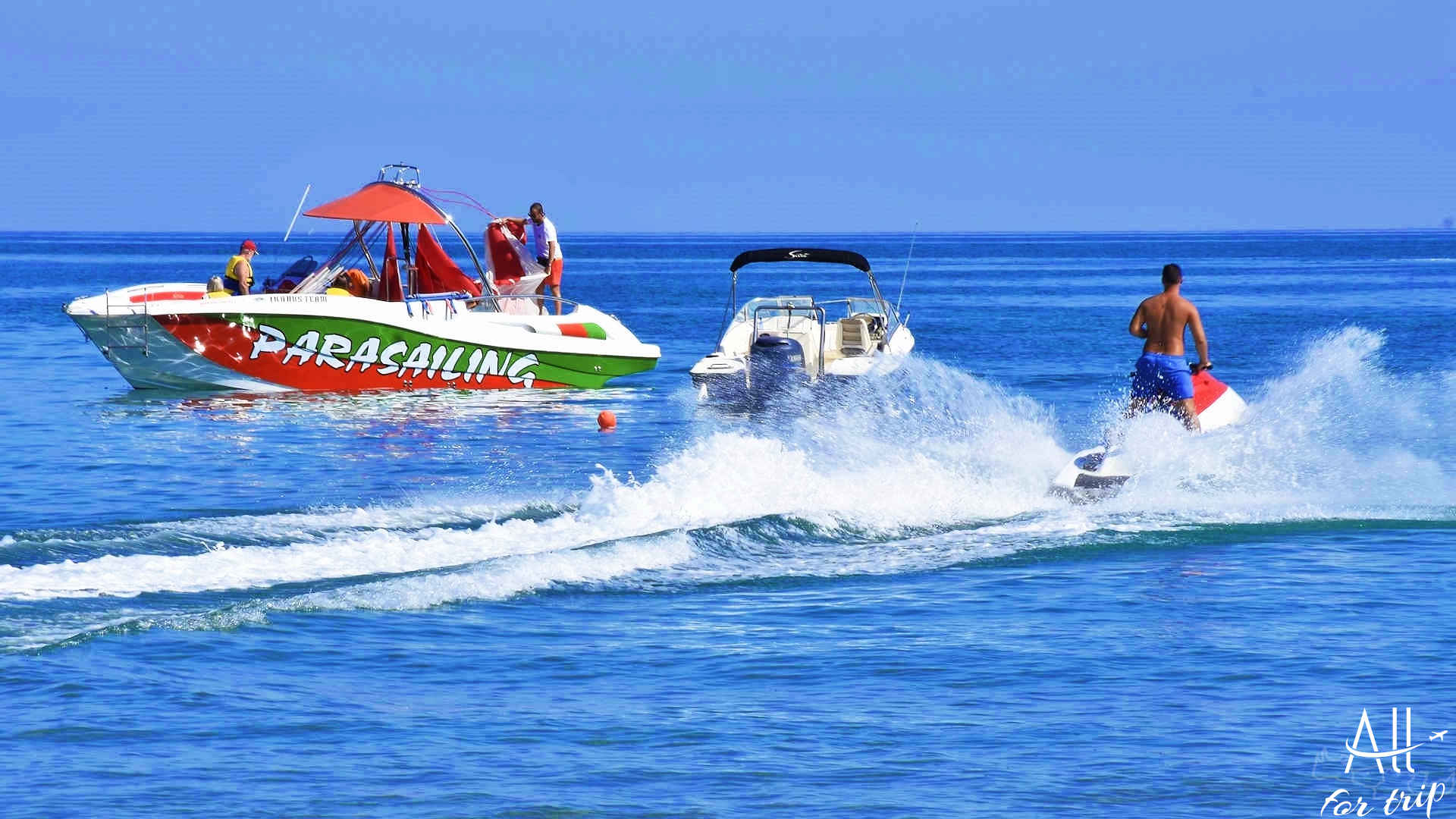
From the life of fishermen
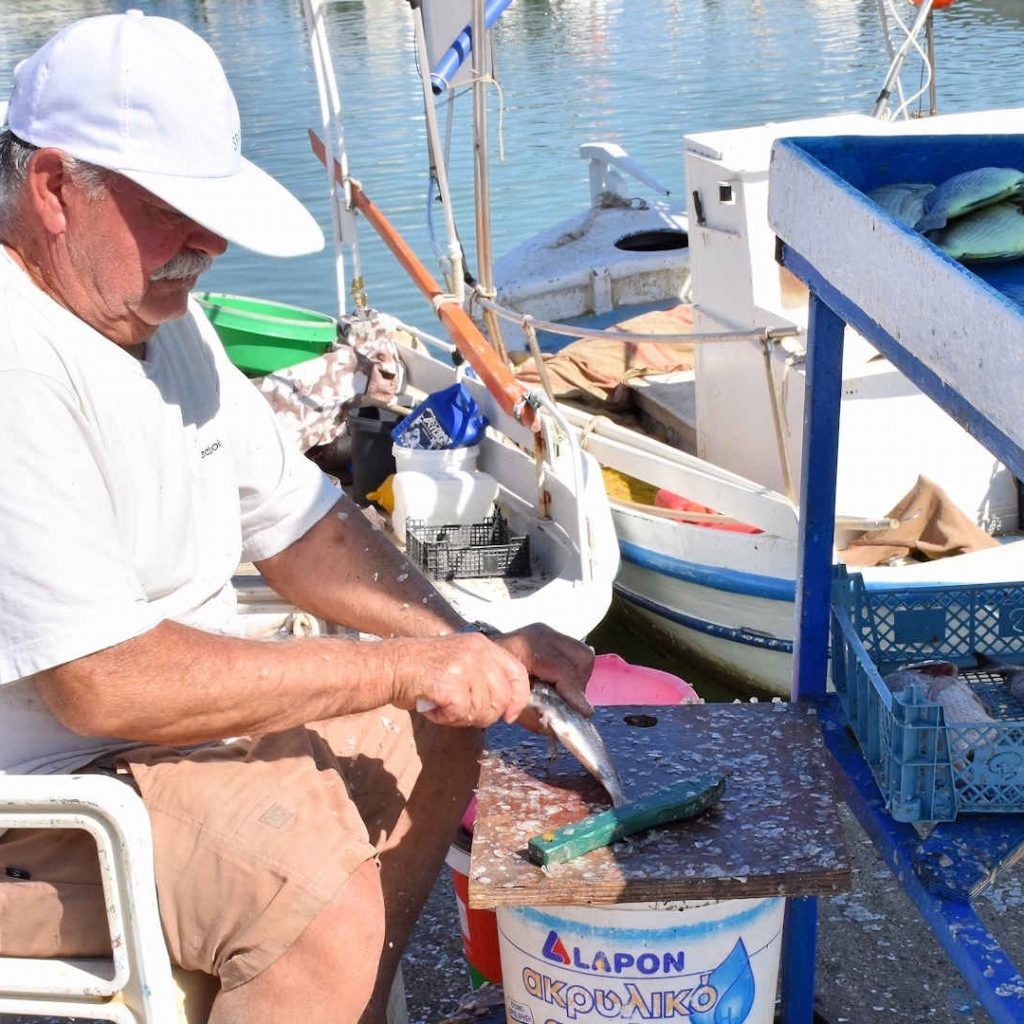
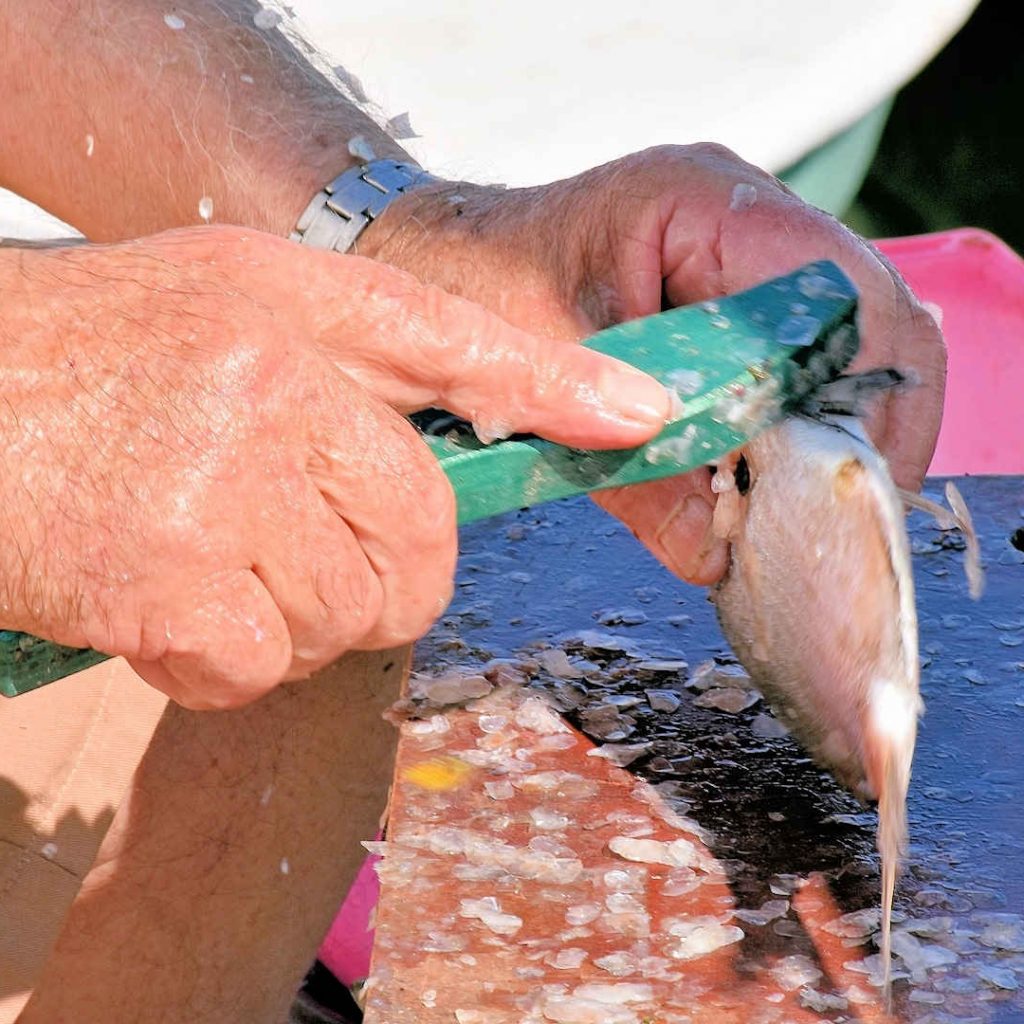
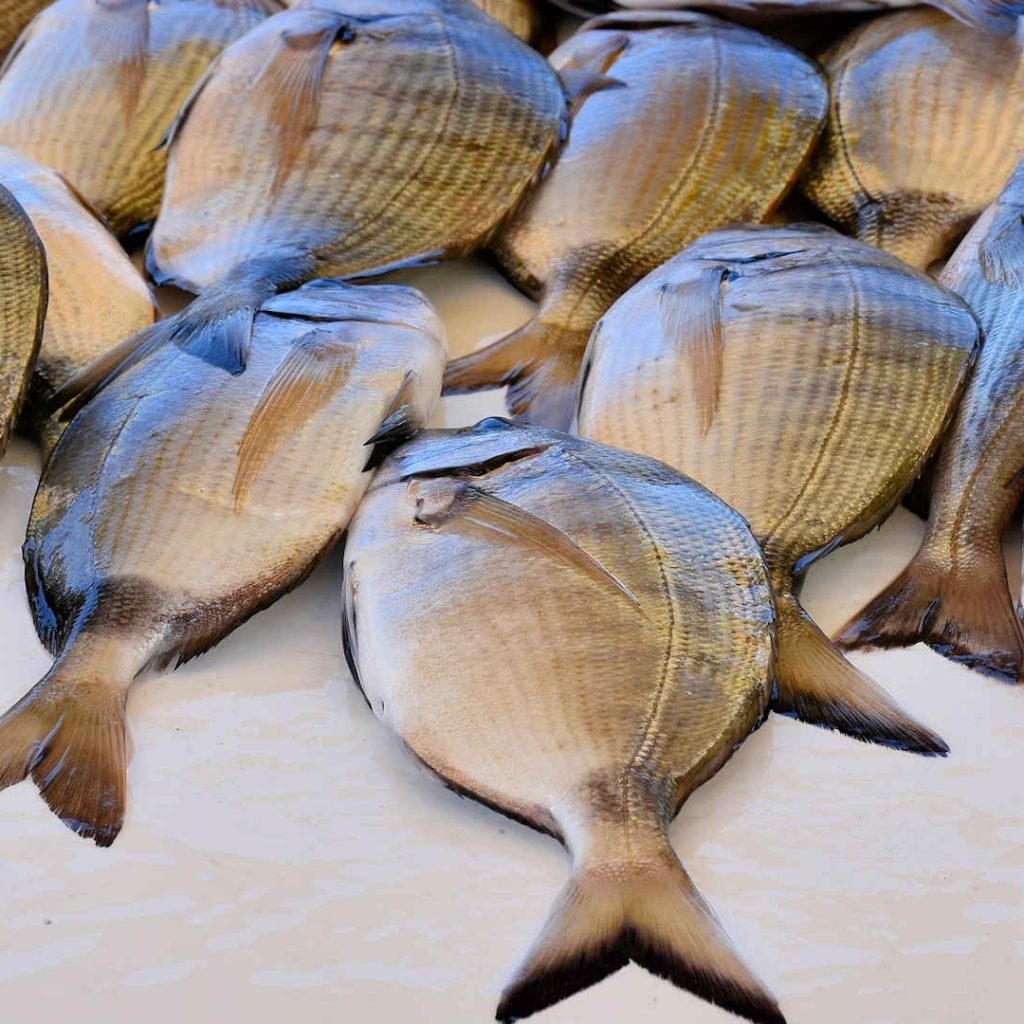
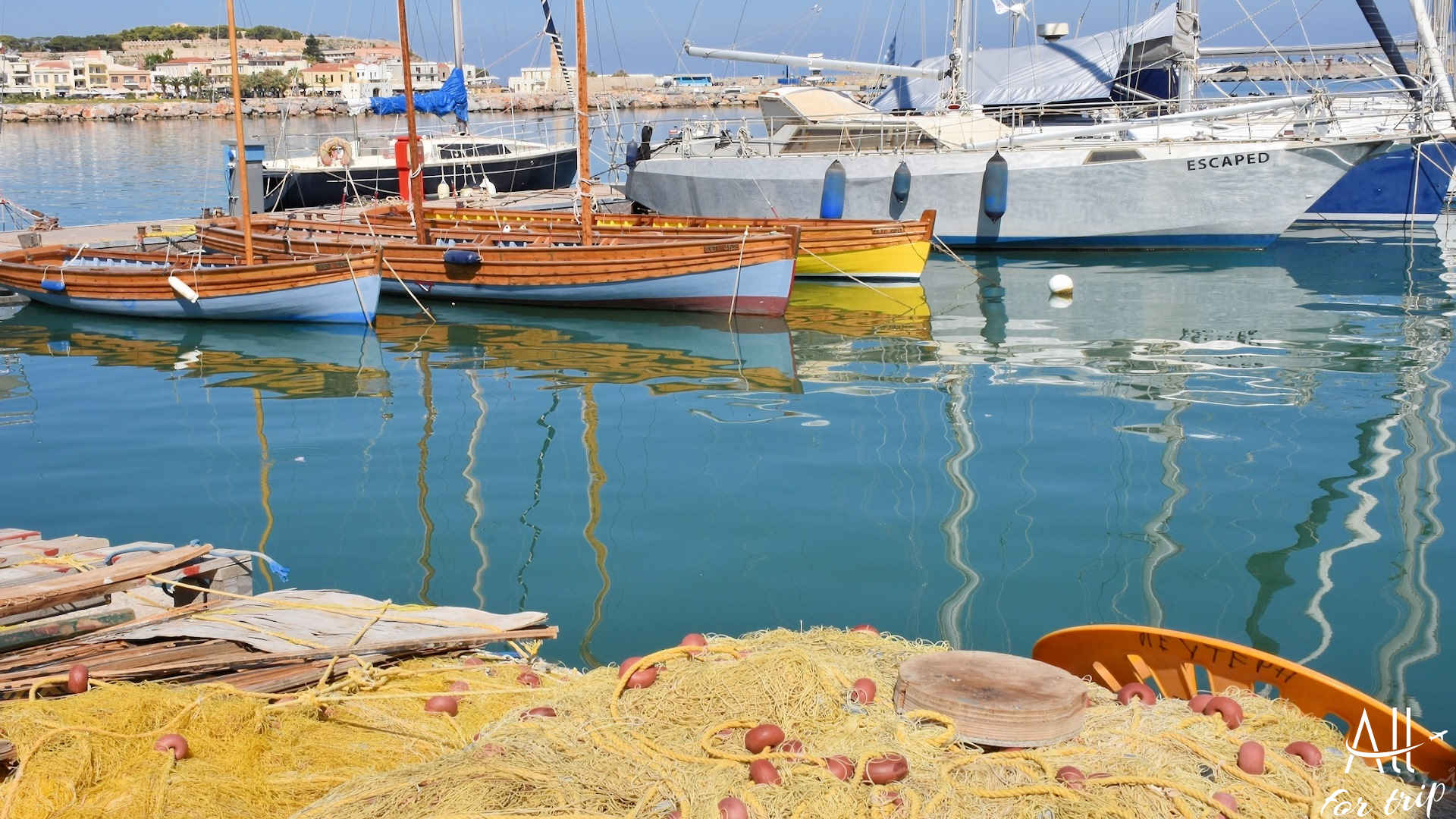
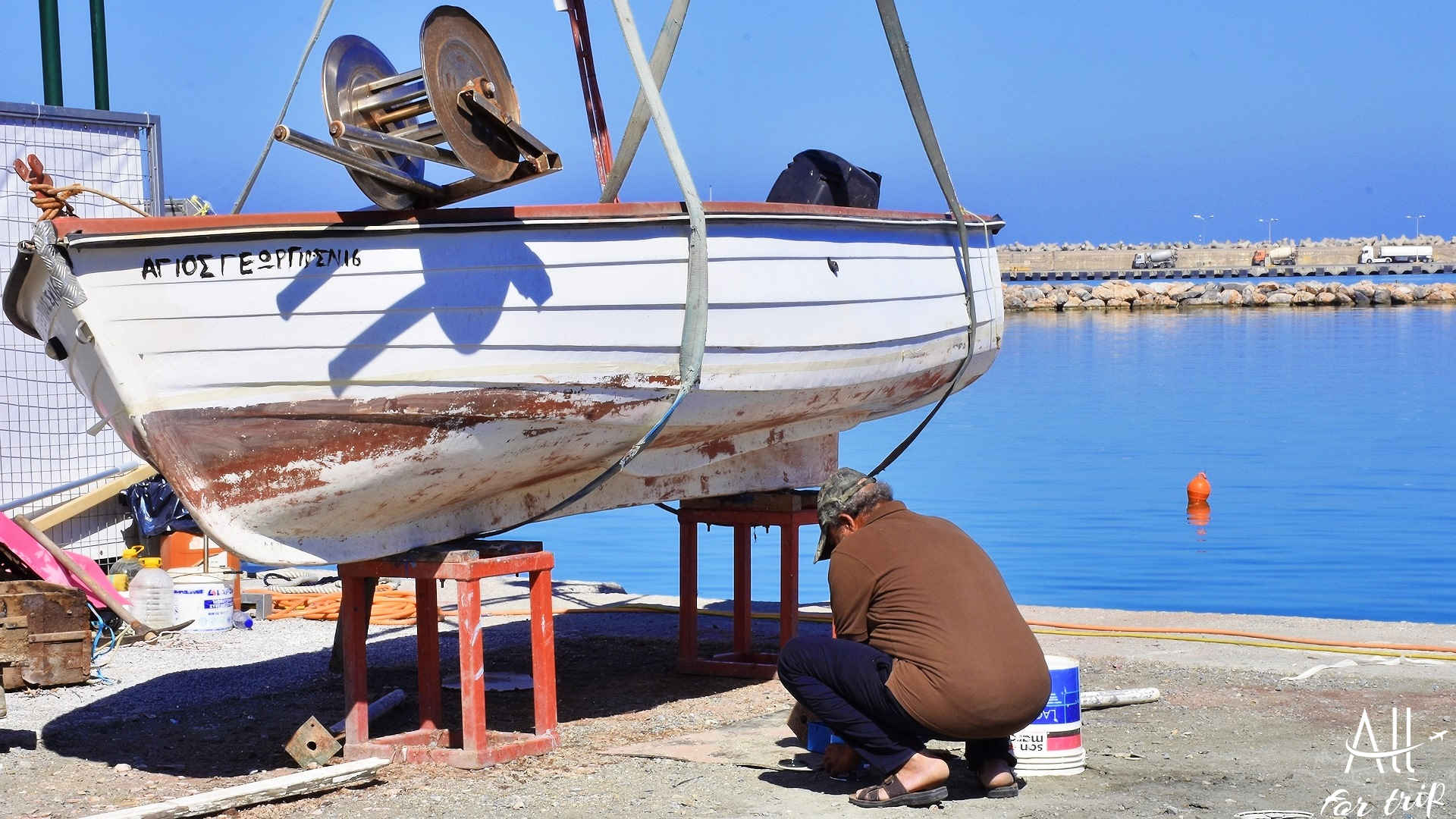
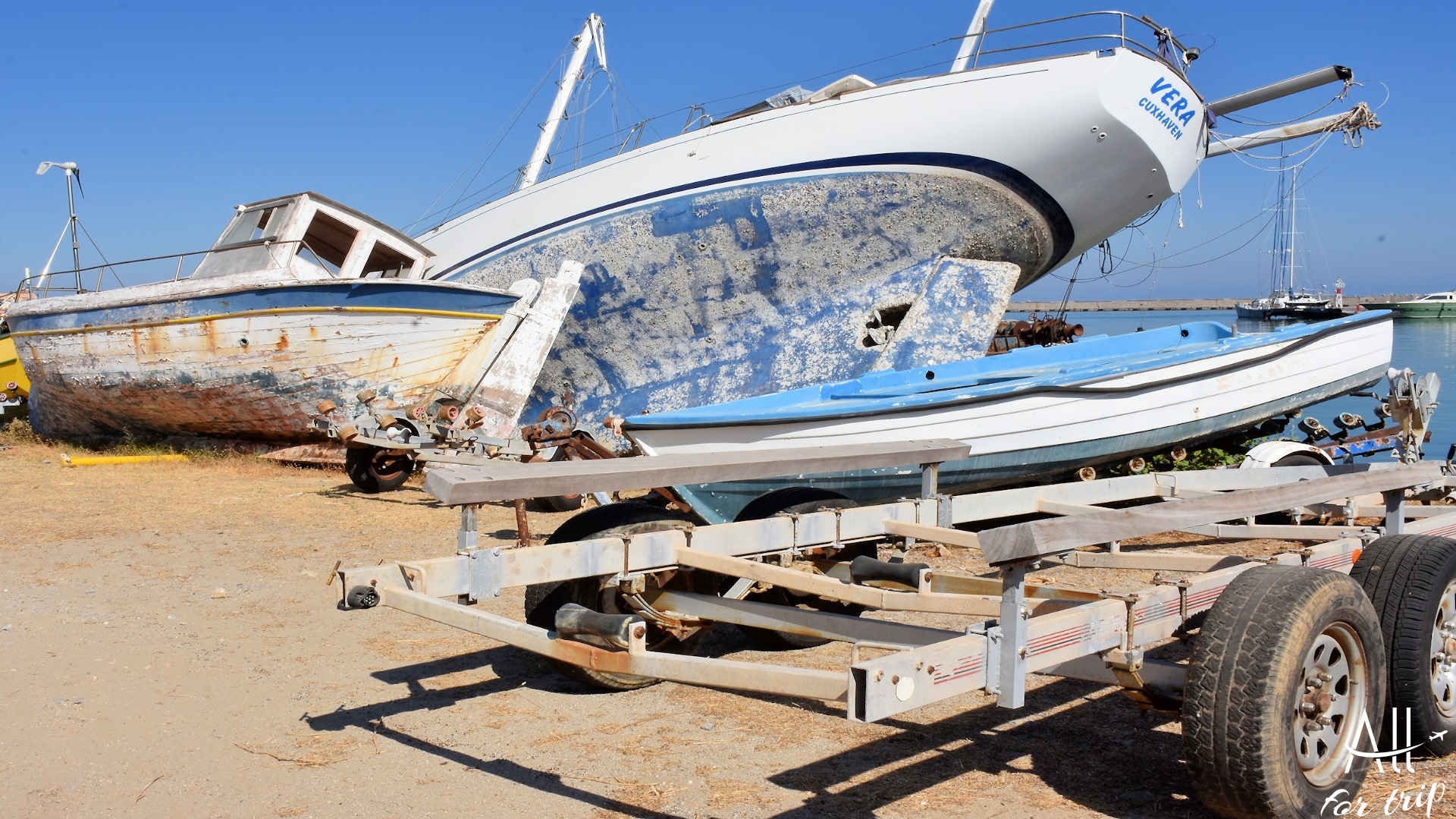
Rimondi Venetian Fountain
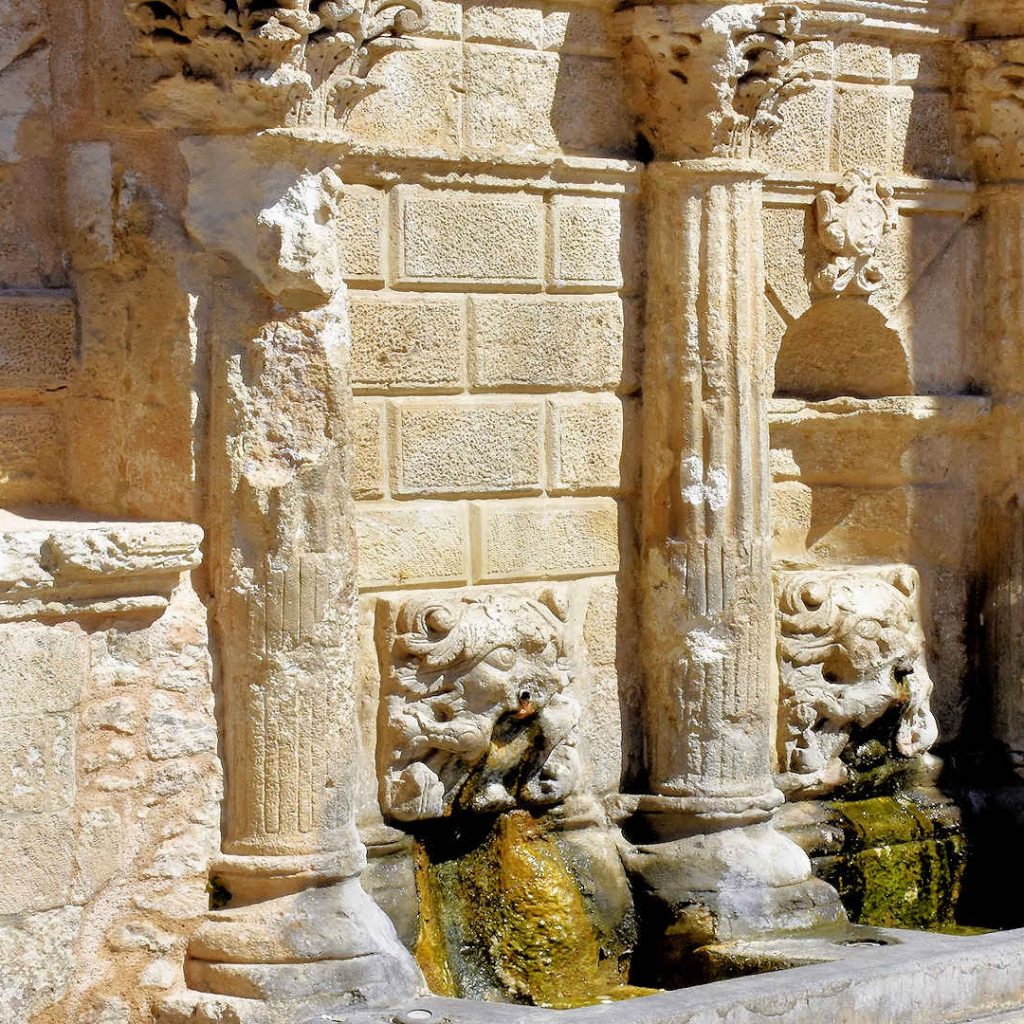
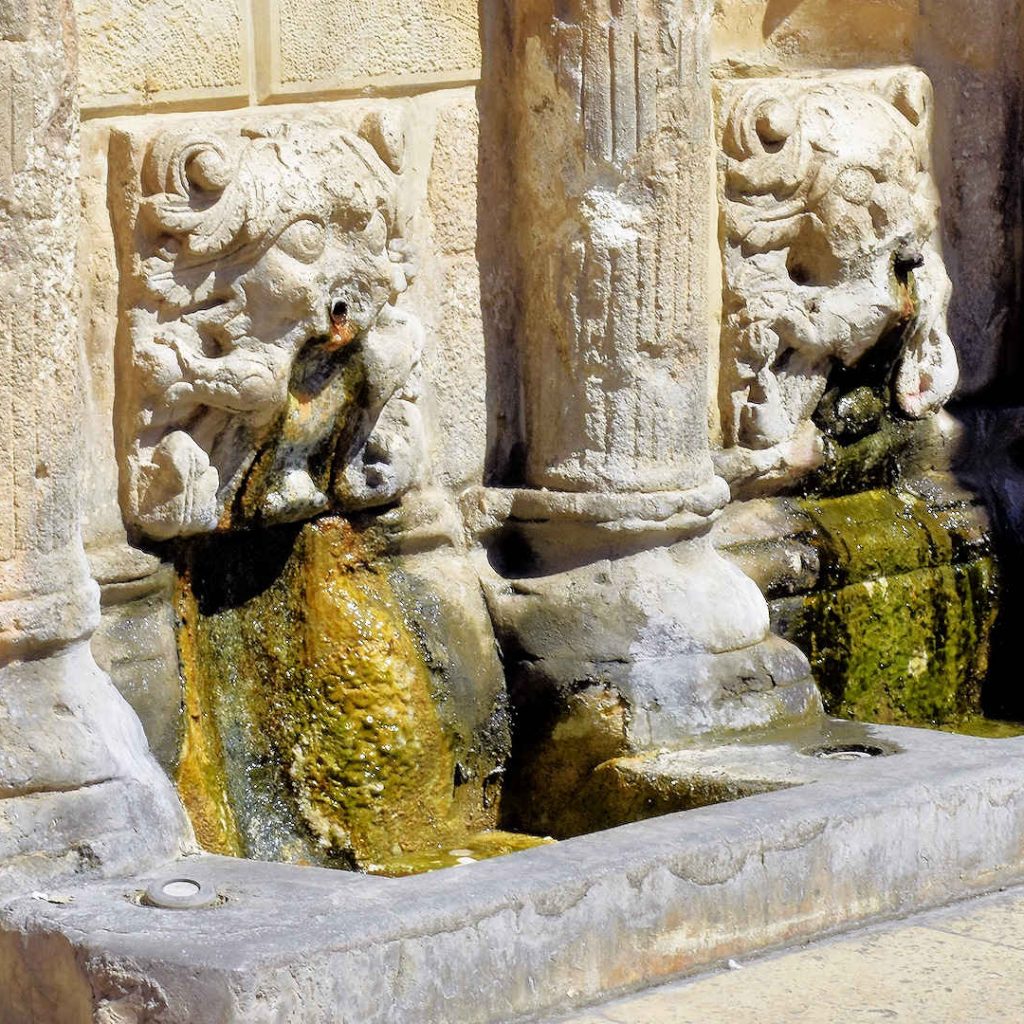
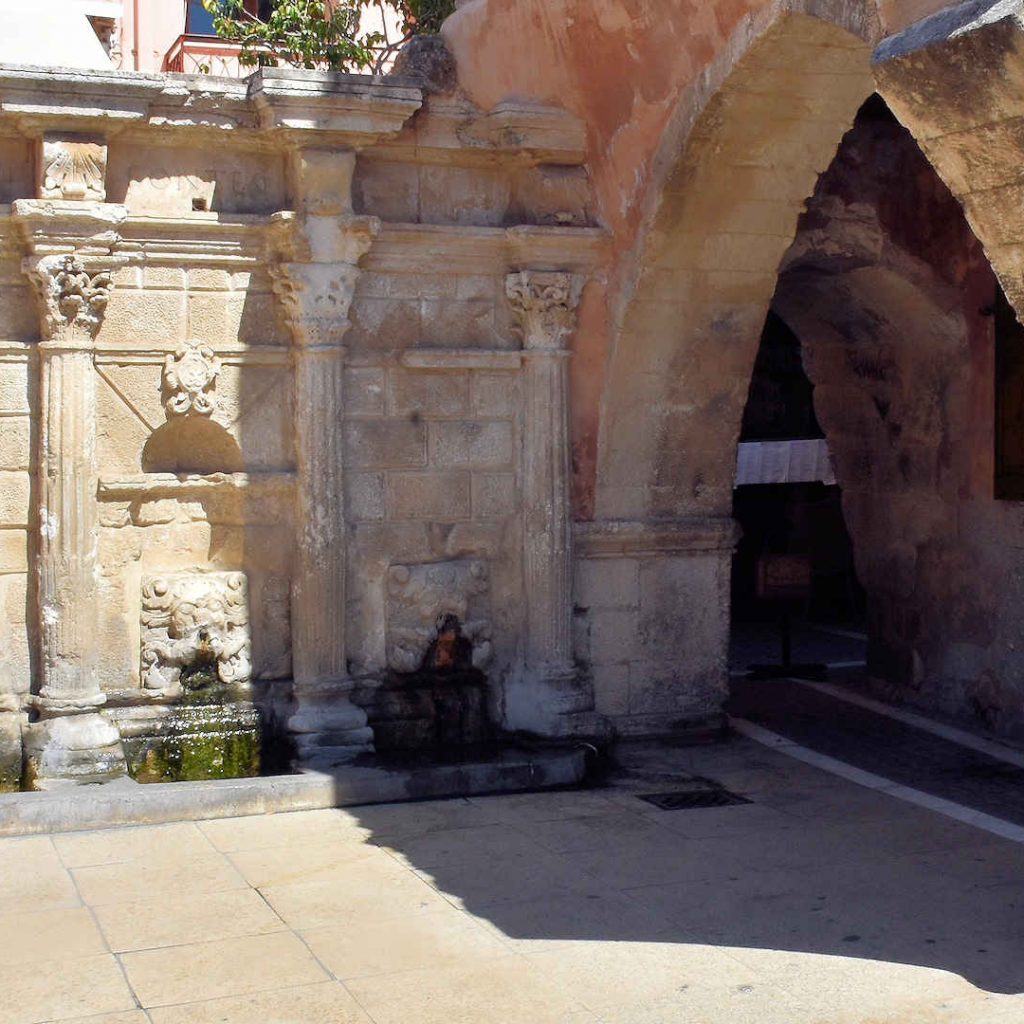
Catholic Church of Saint Anthony of Padua
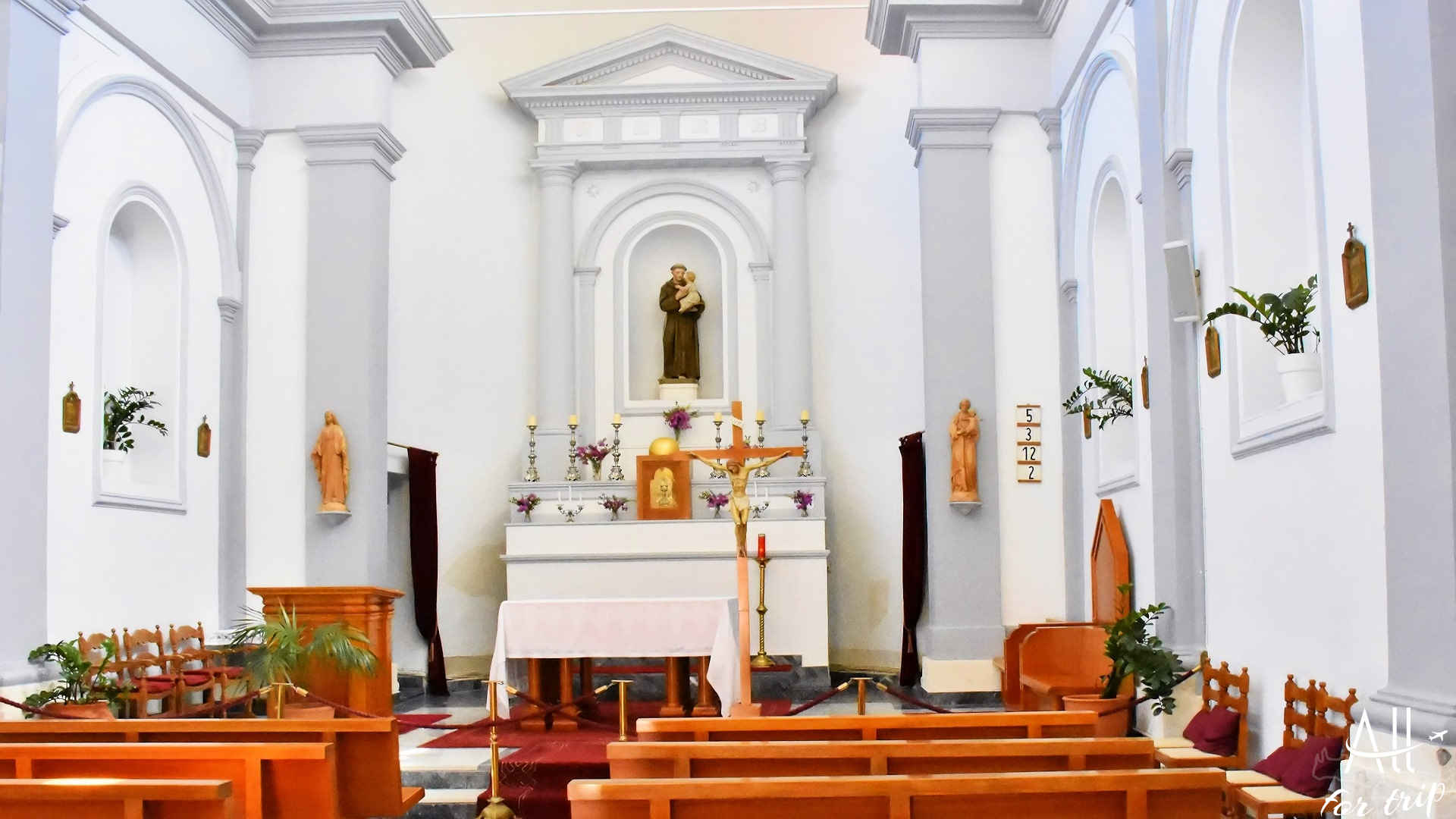
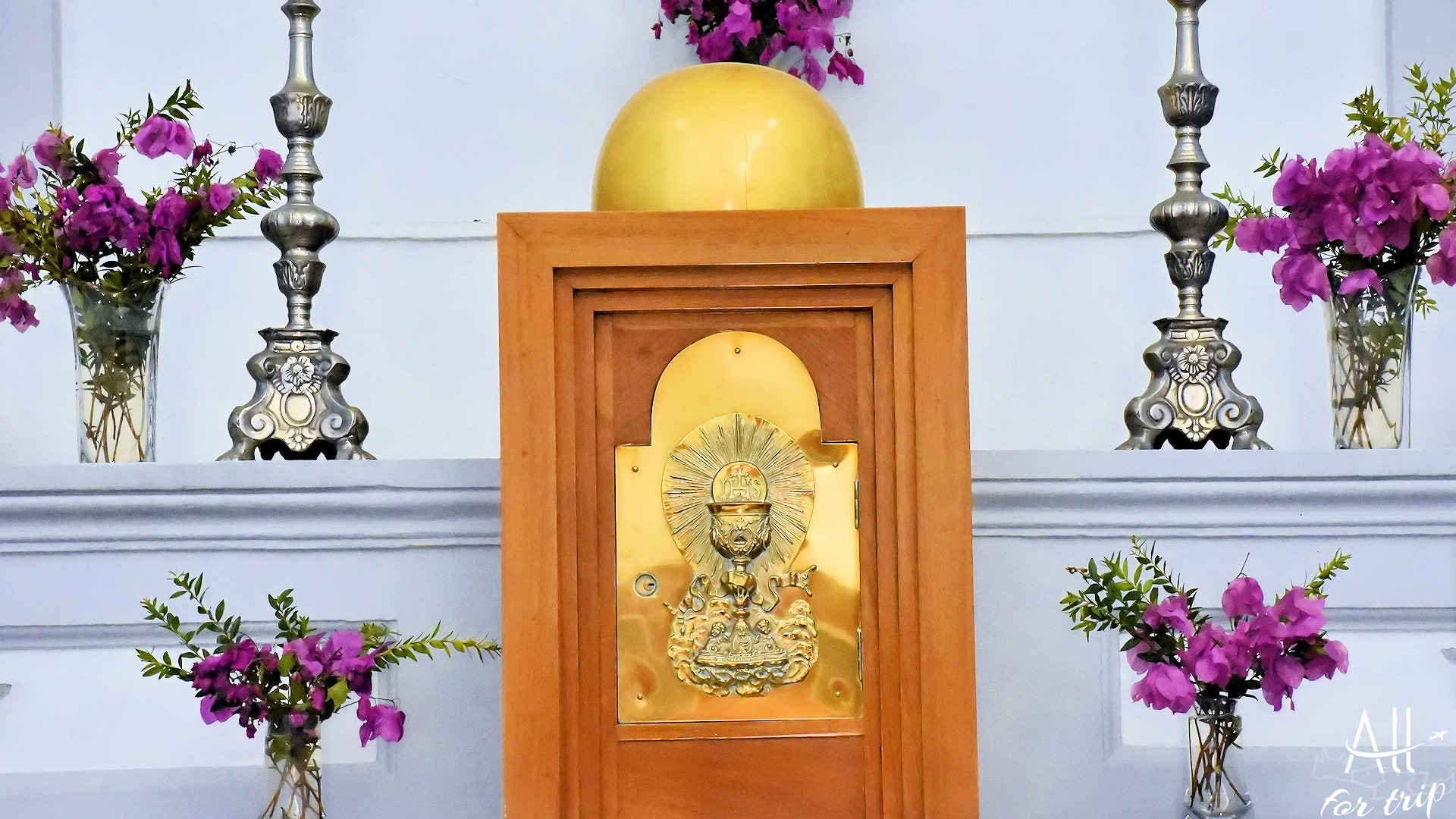
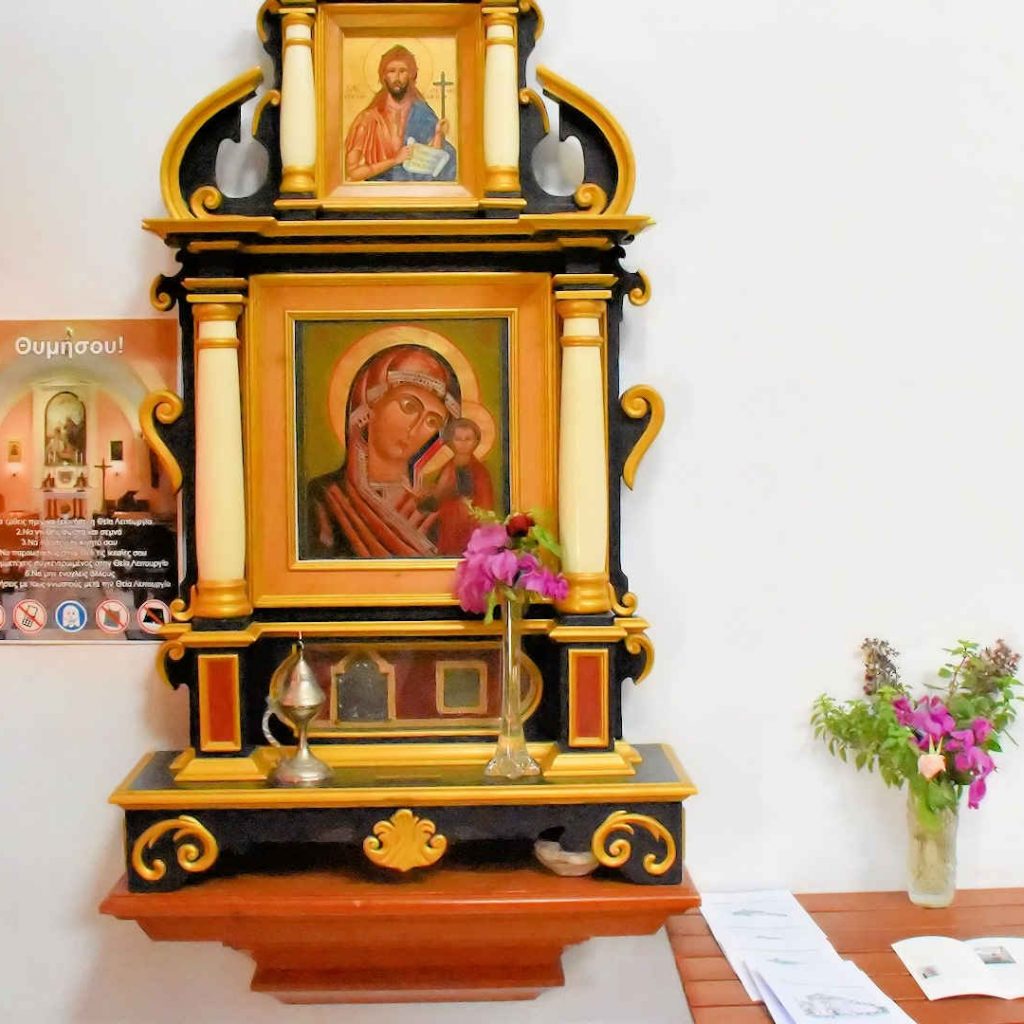
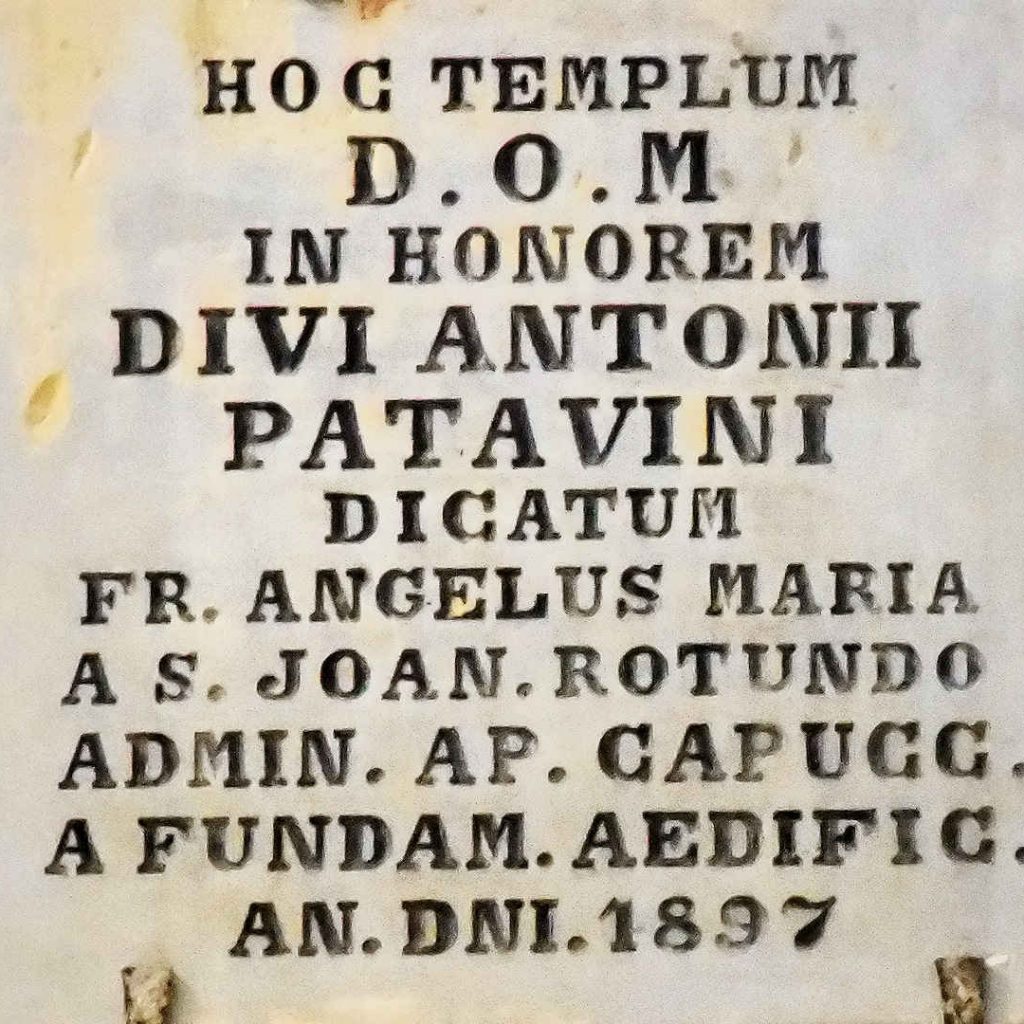
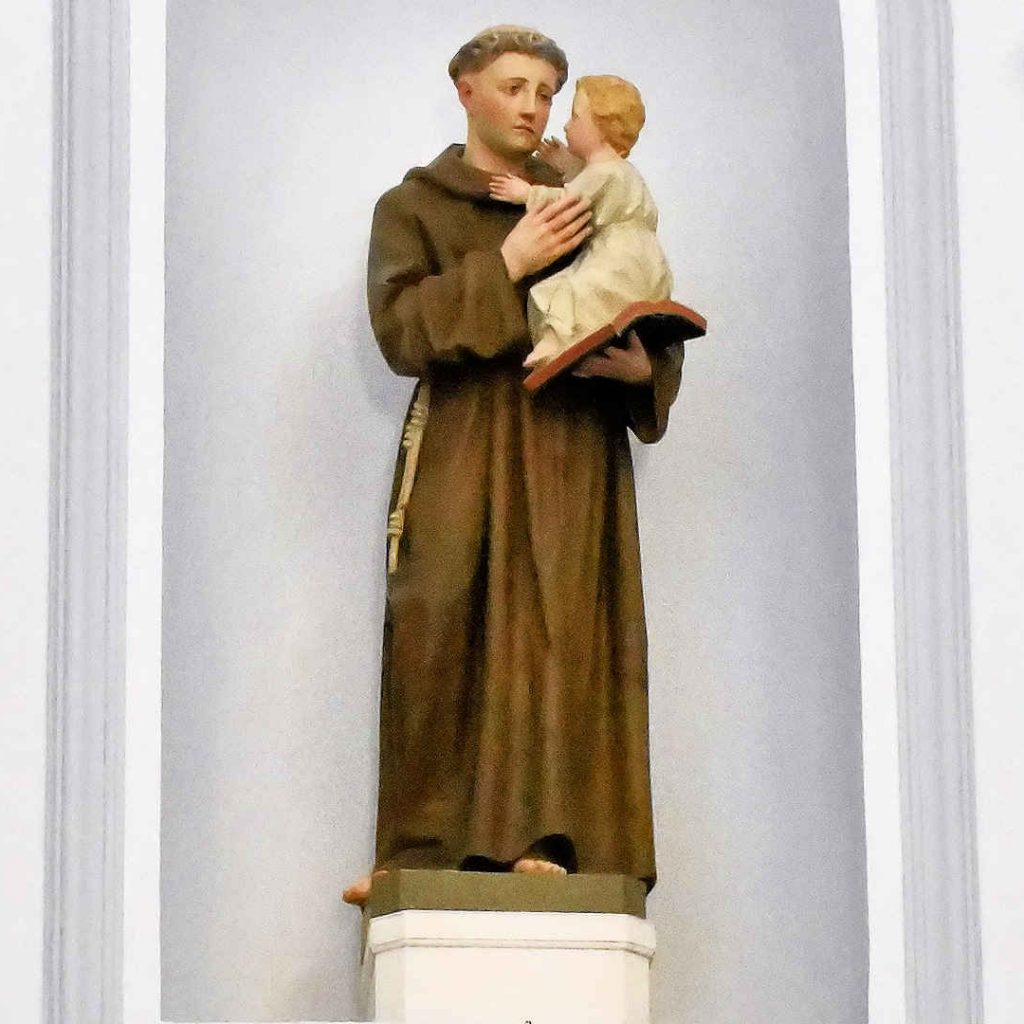
VENETIAN FORTEZZA CASTLE
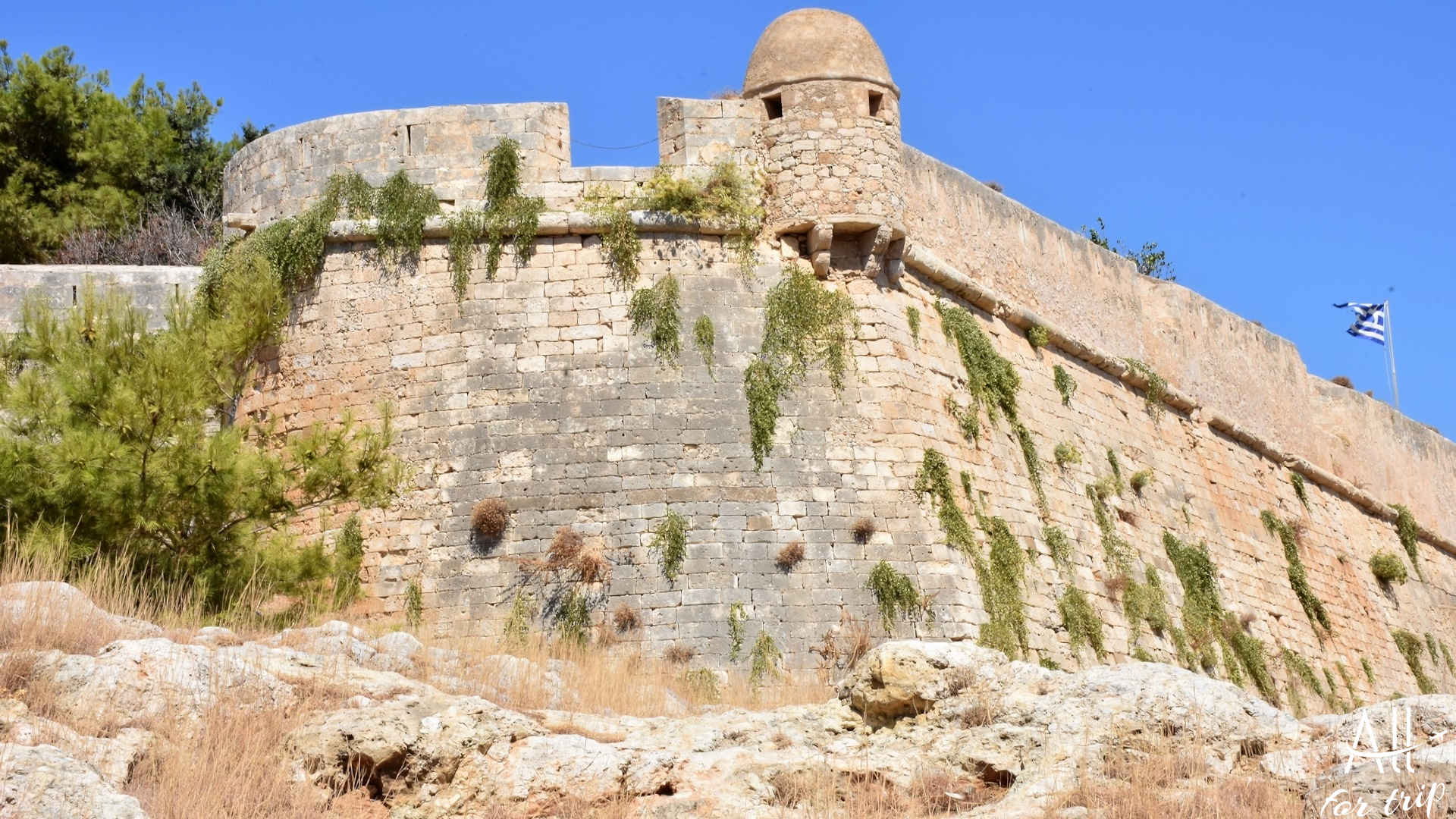
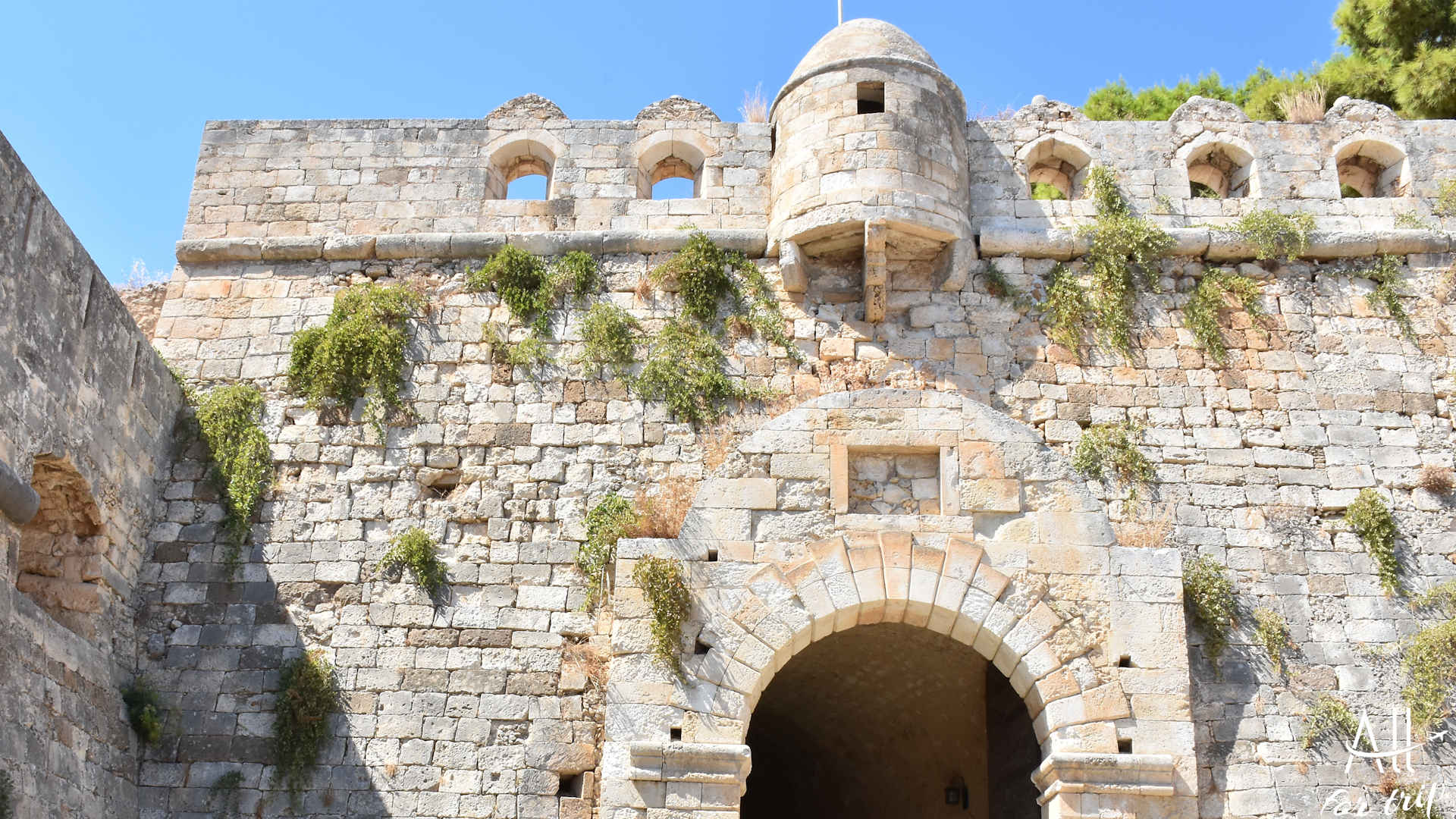
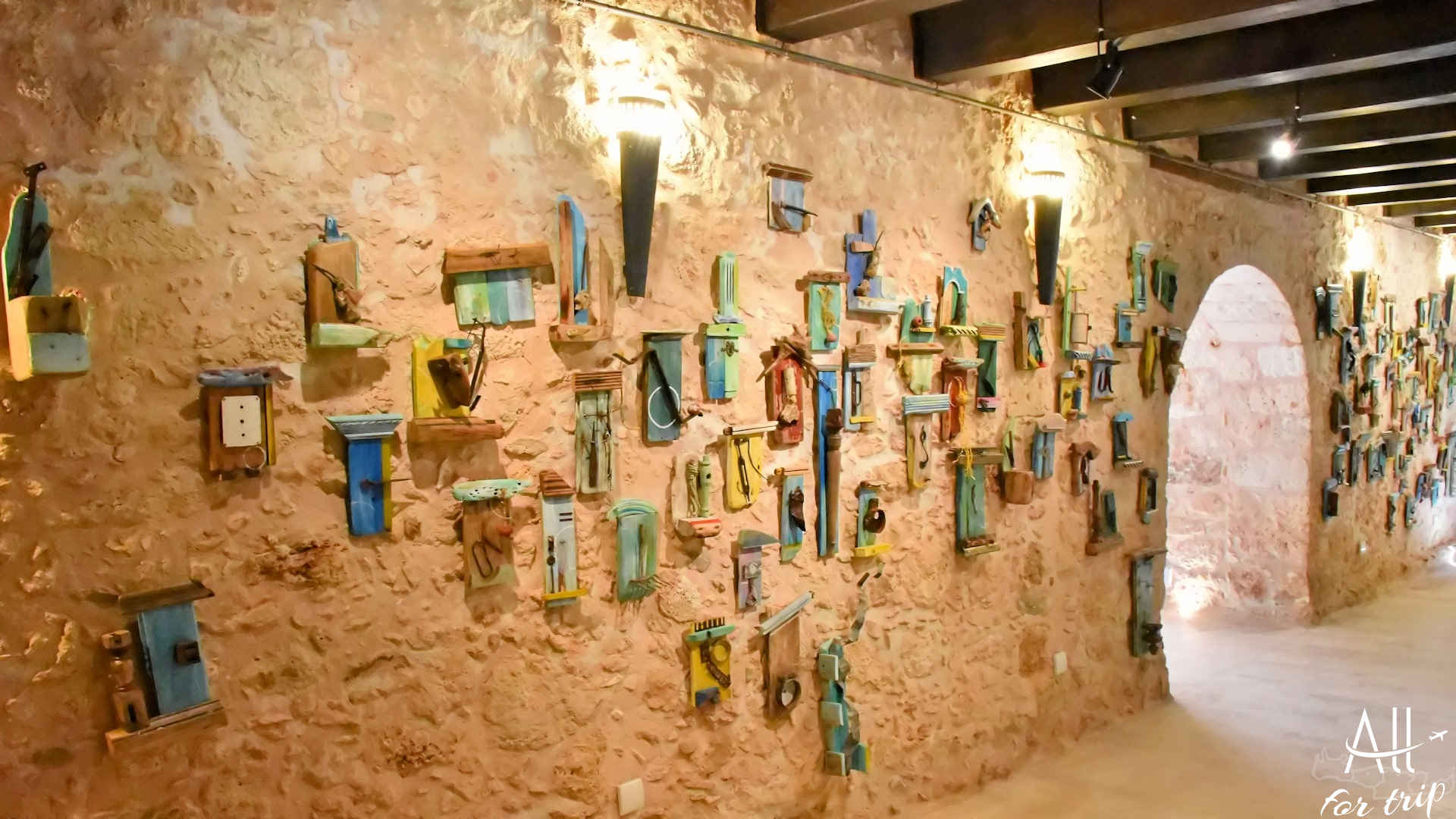
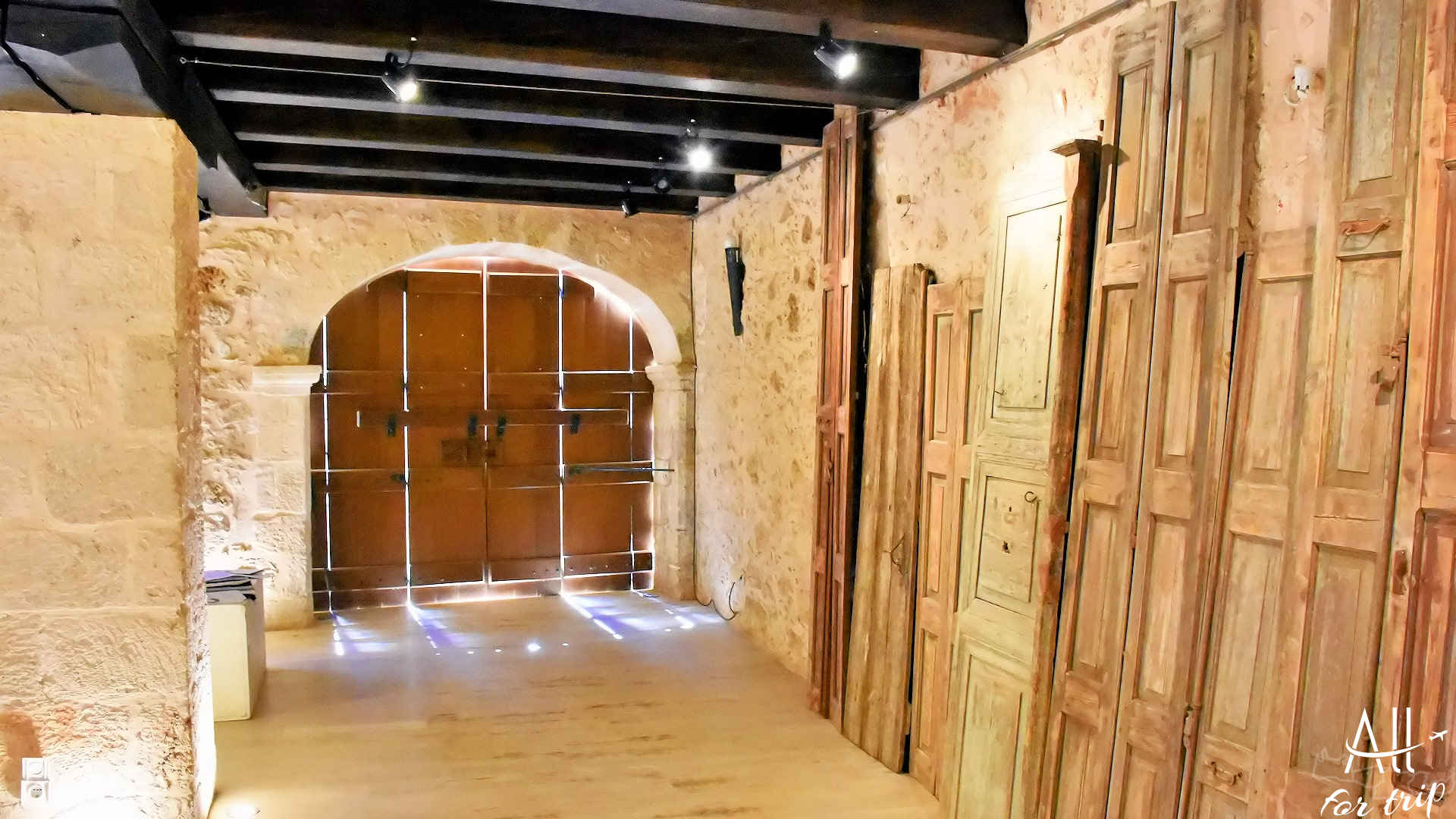
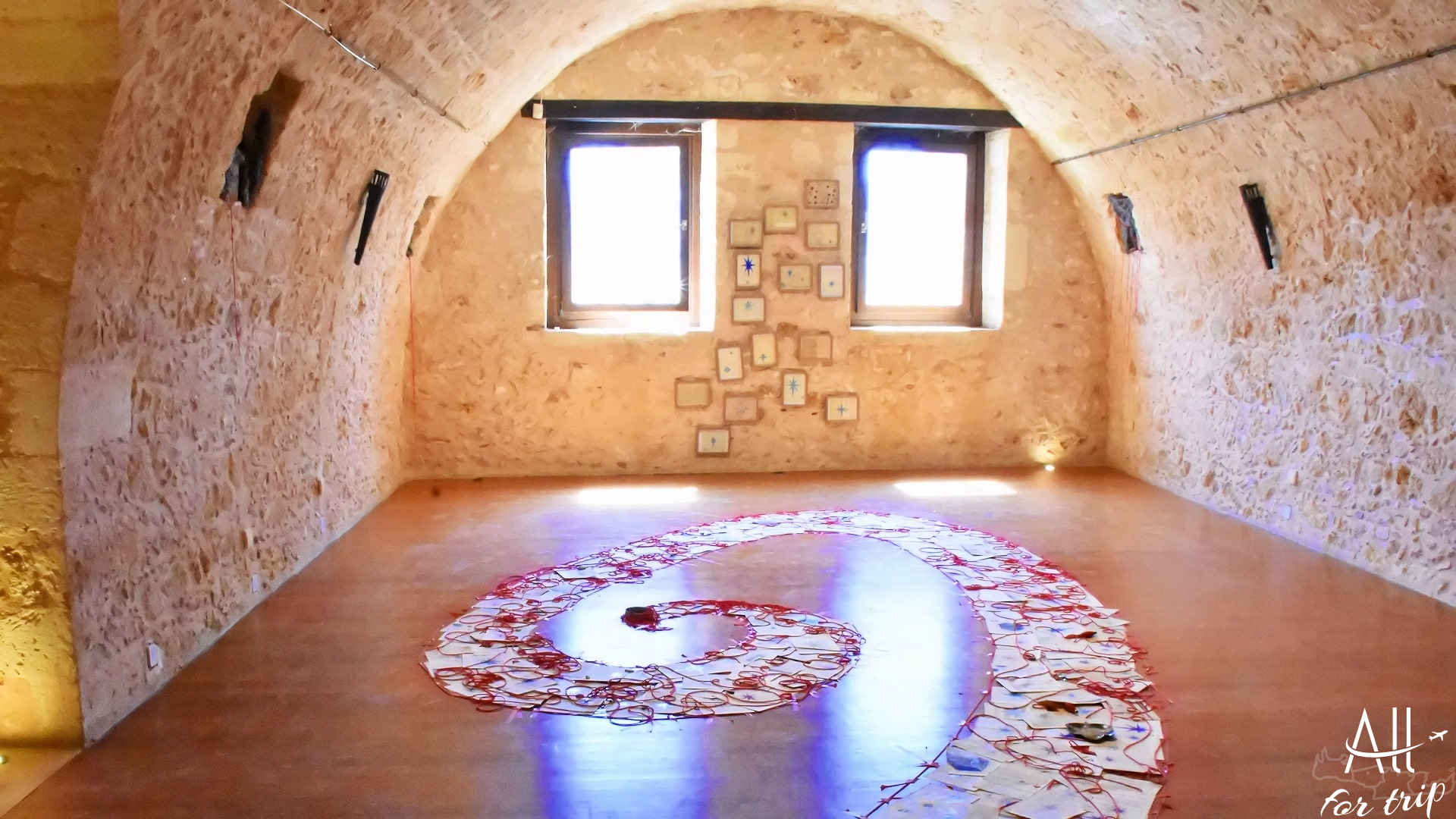
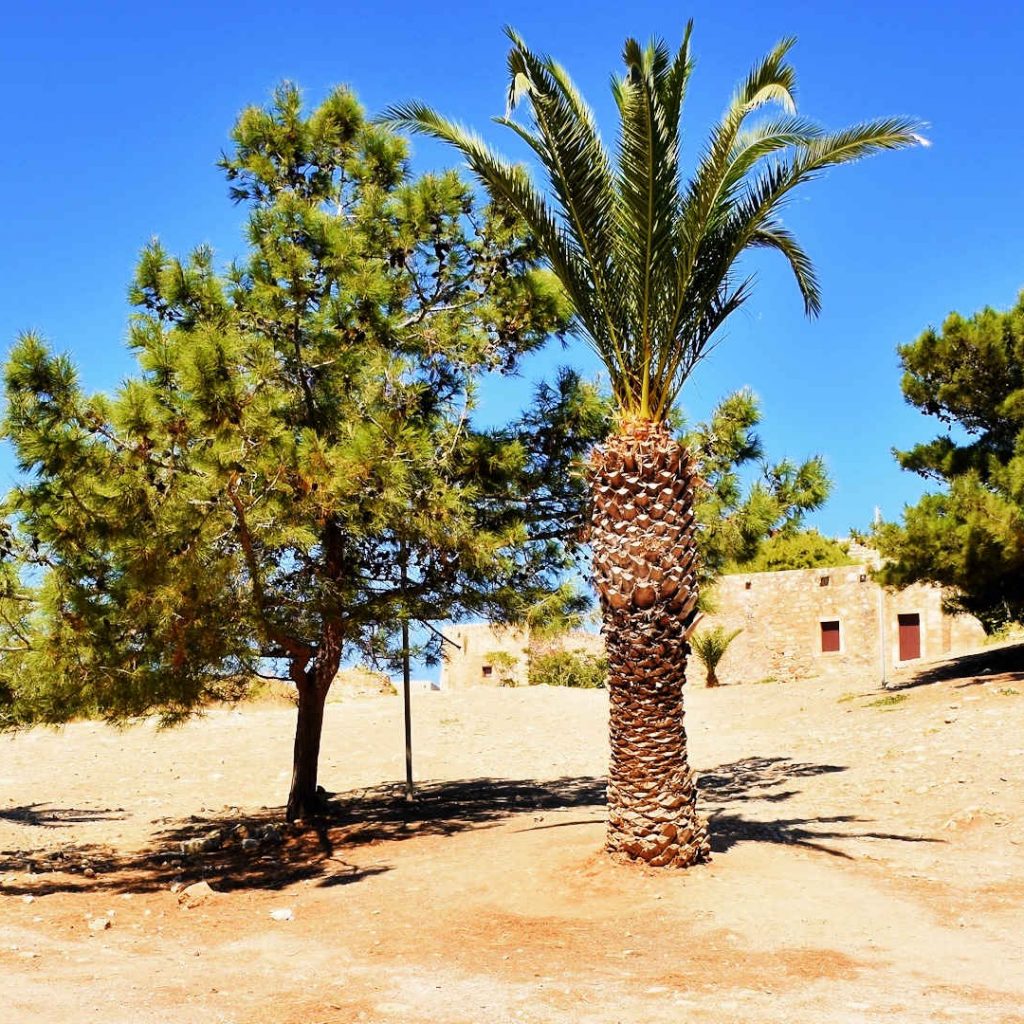
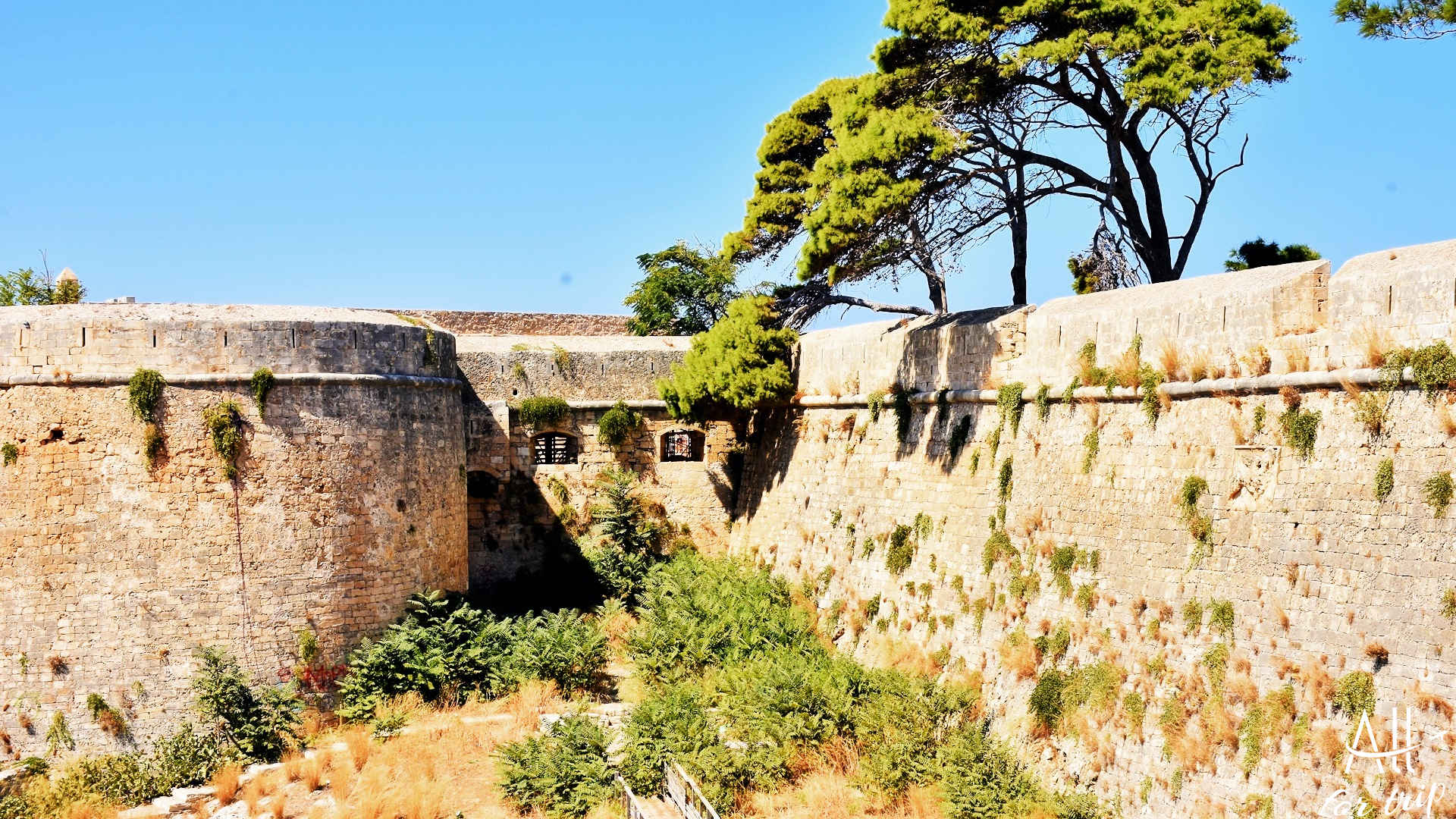
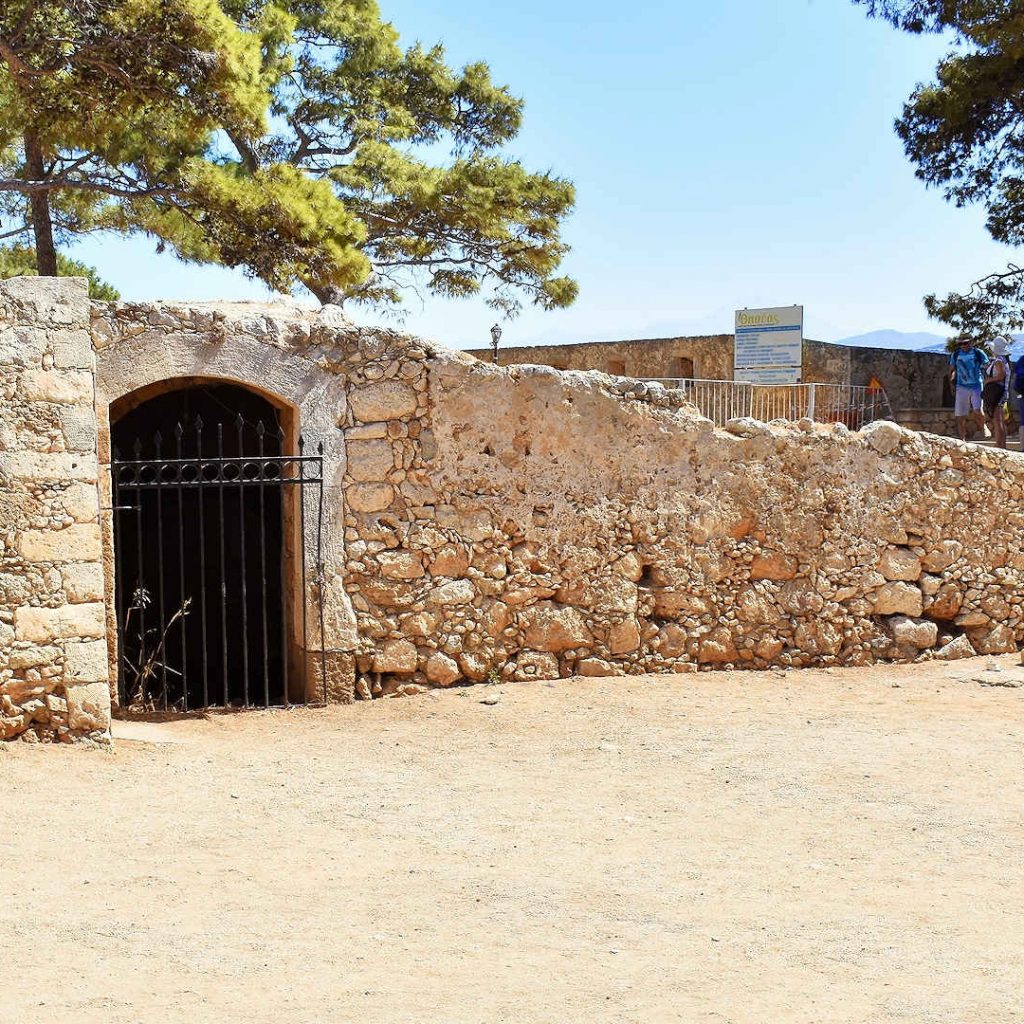
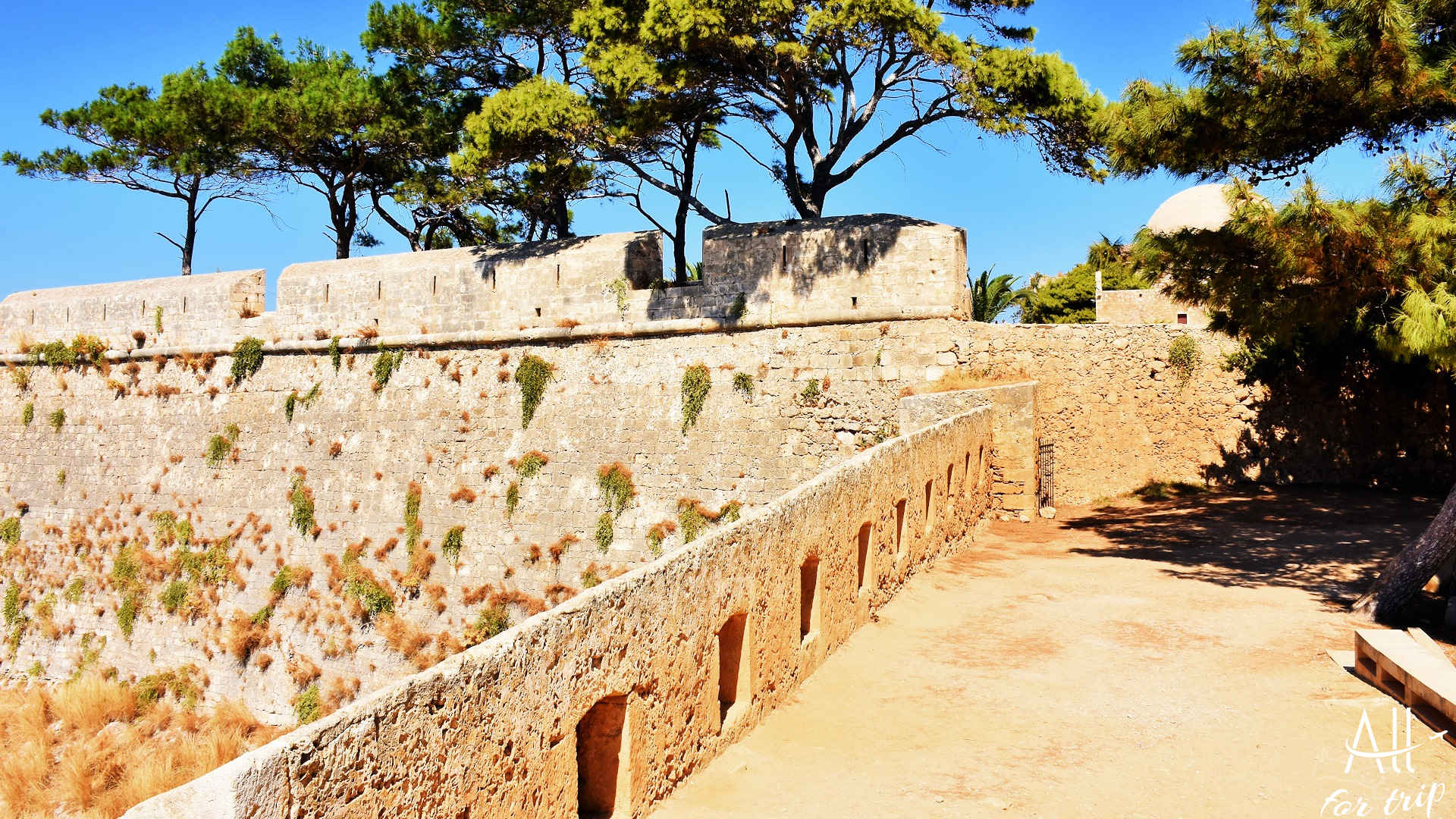
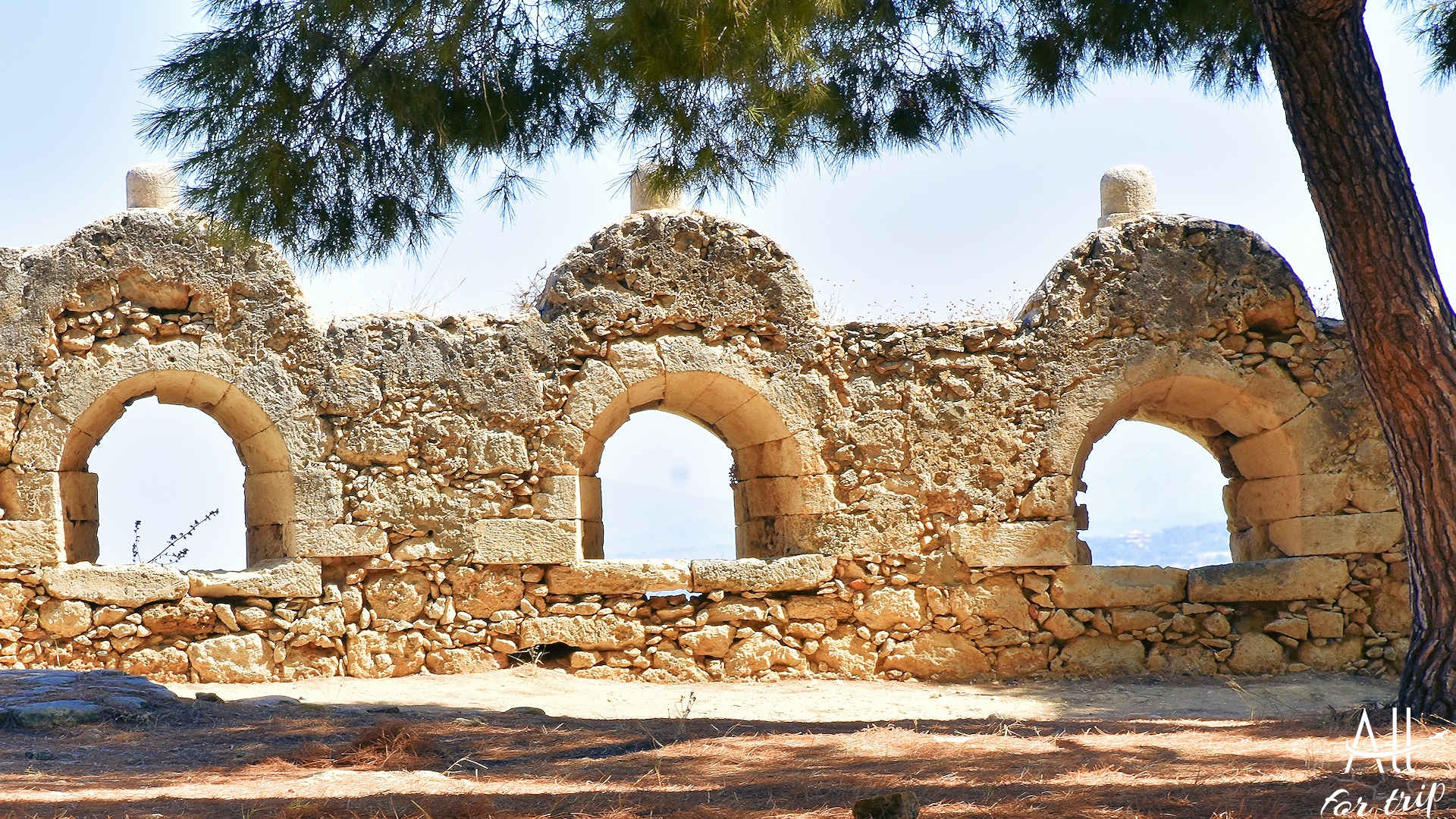
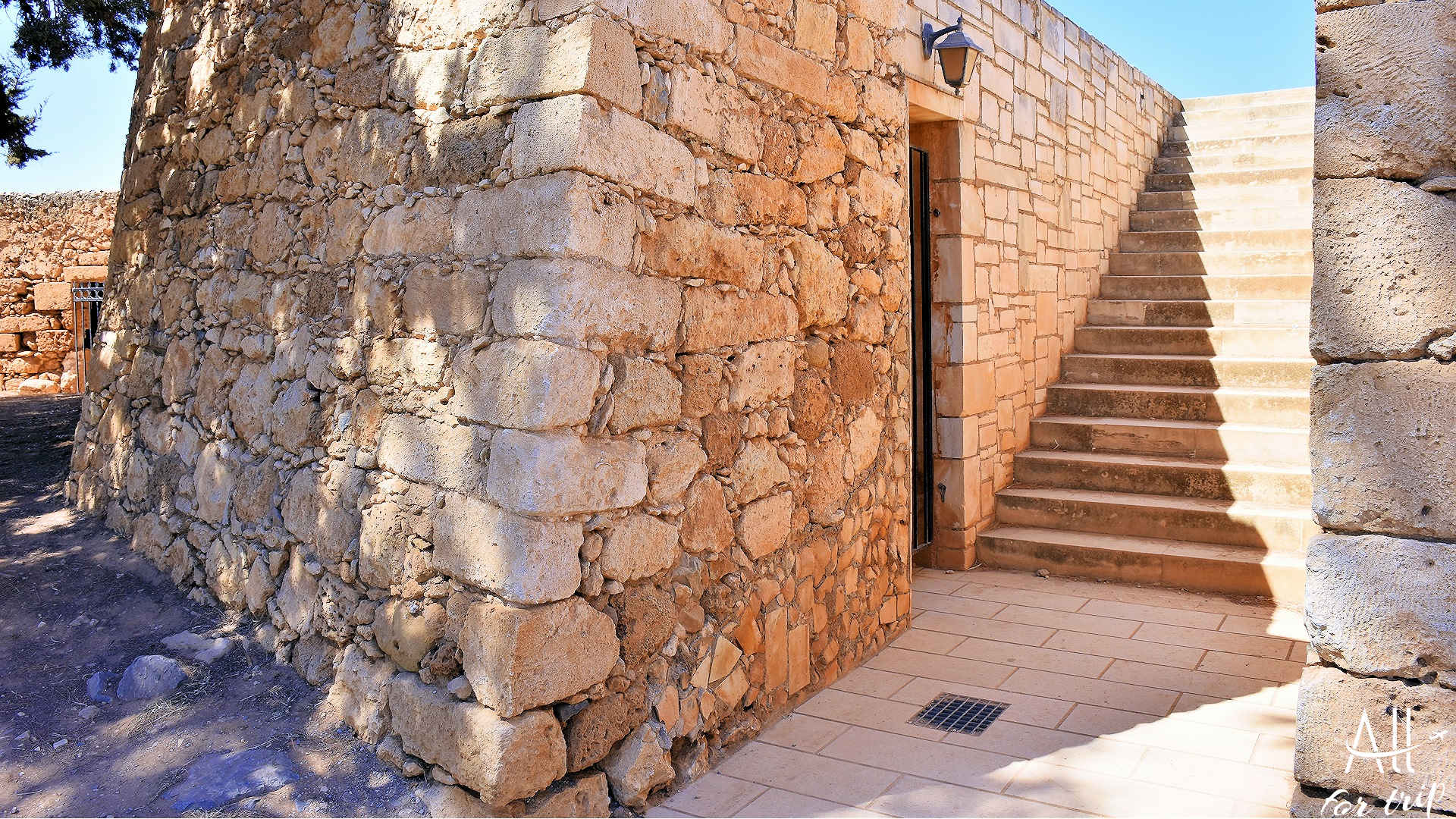
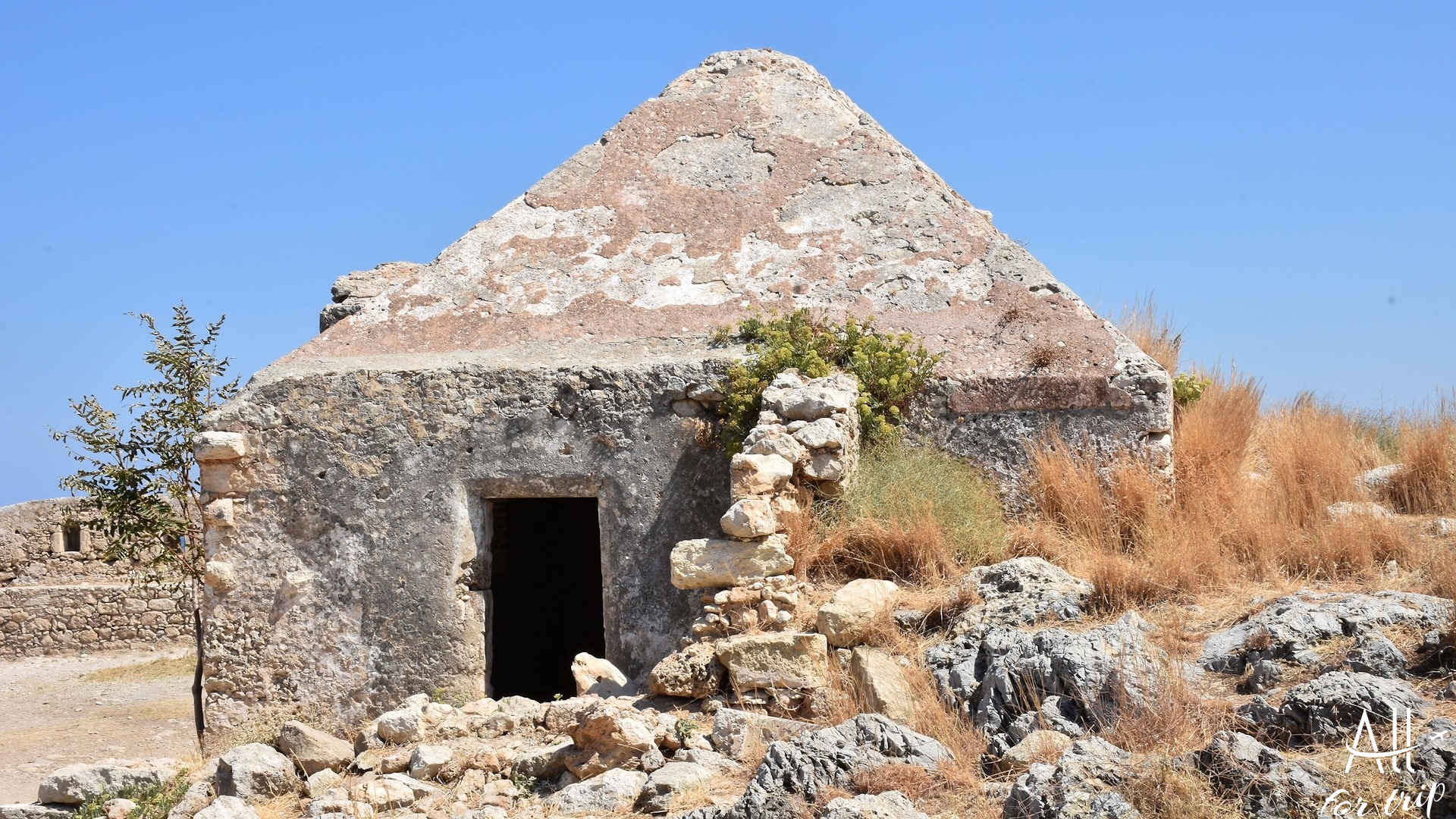
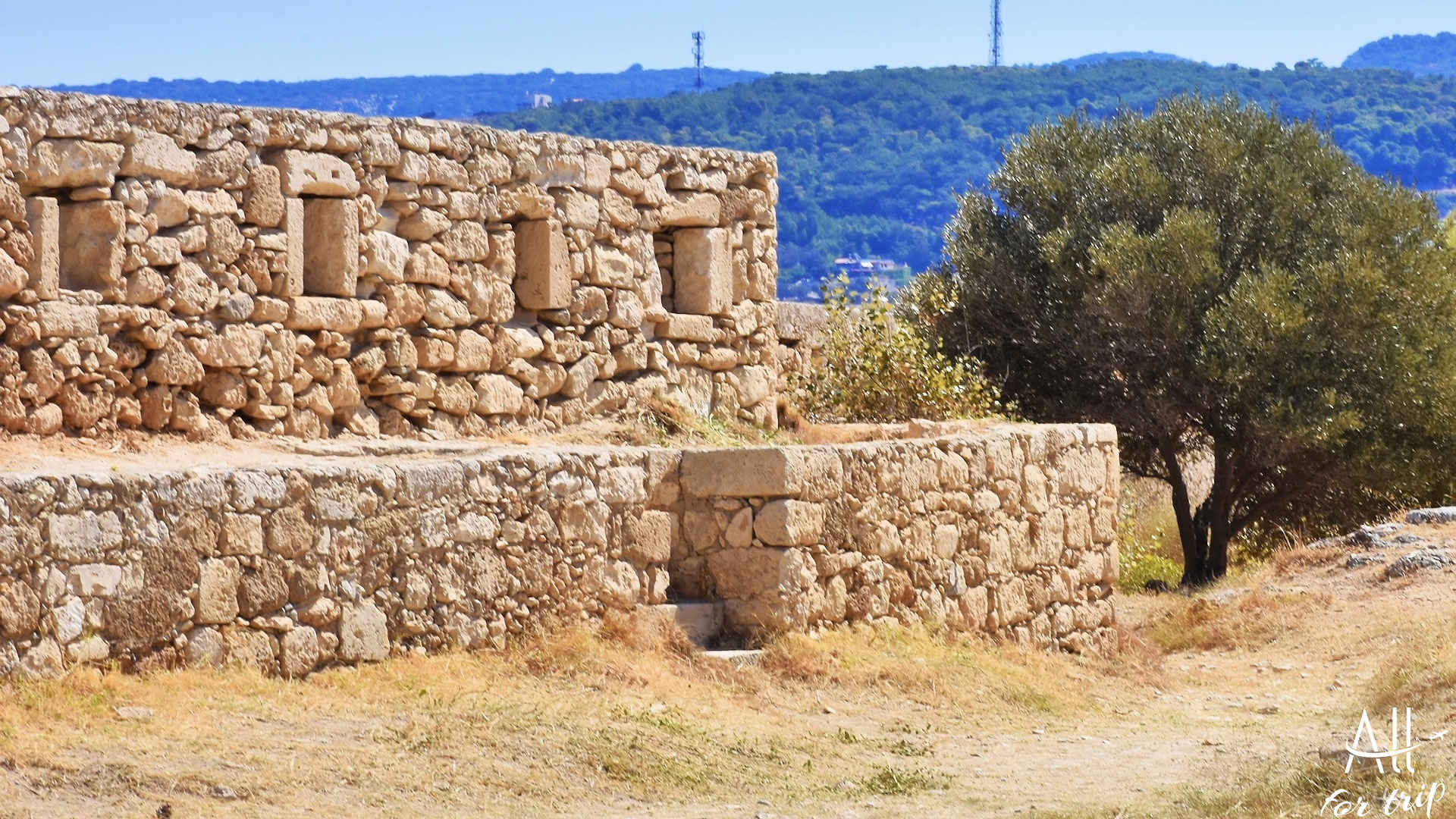
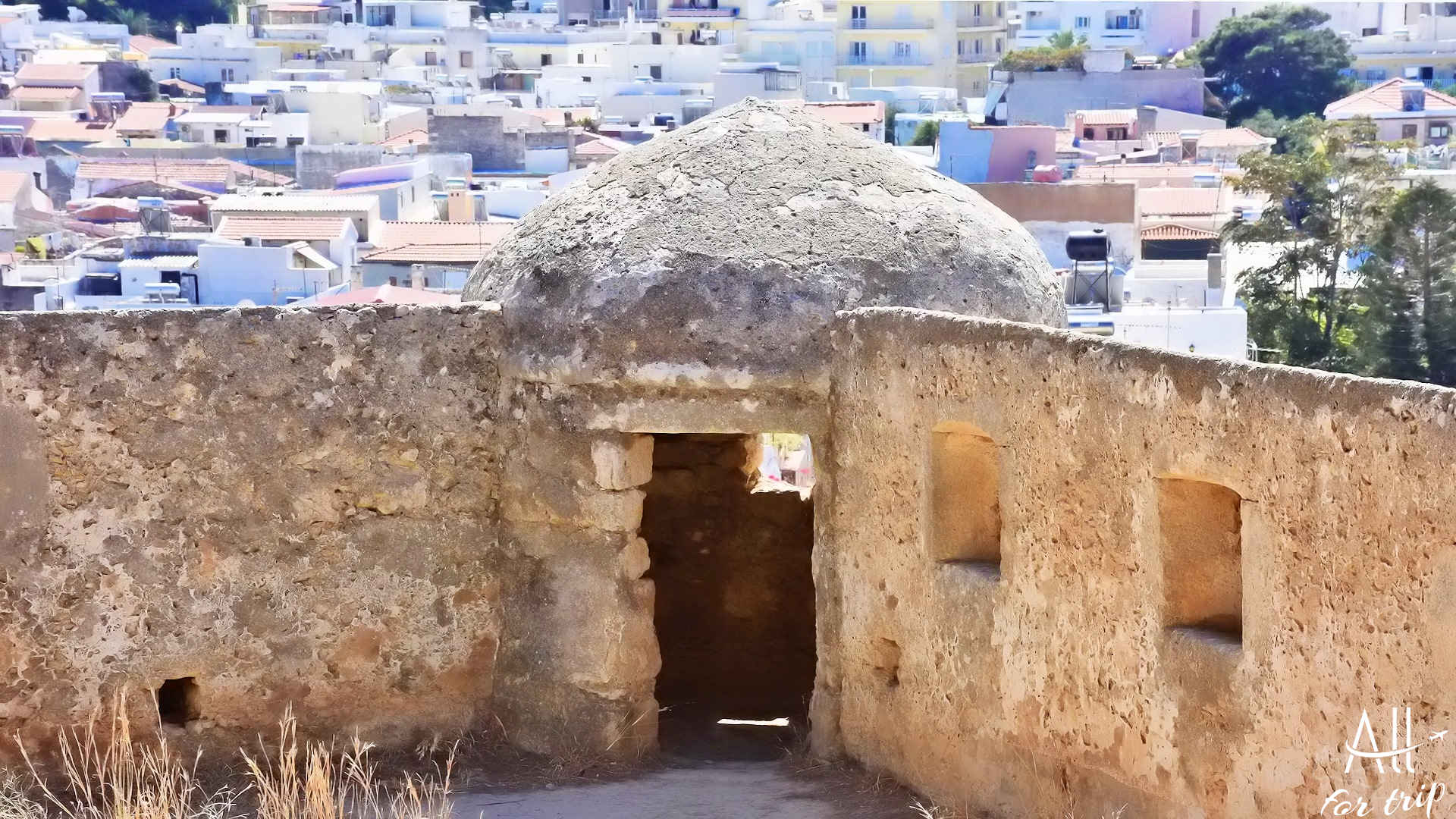
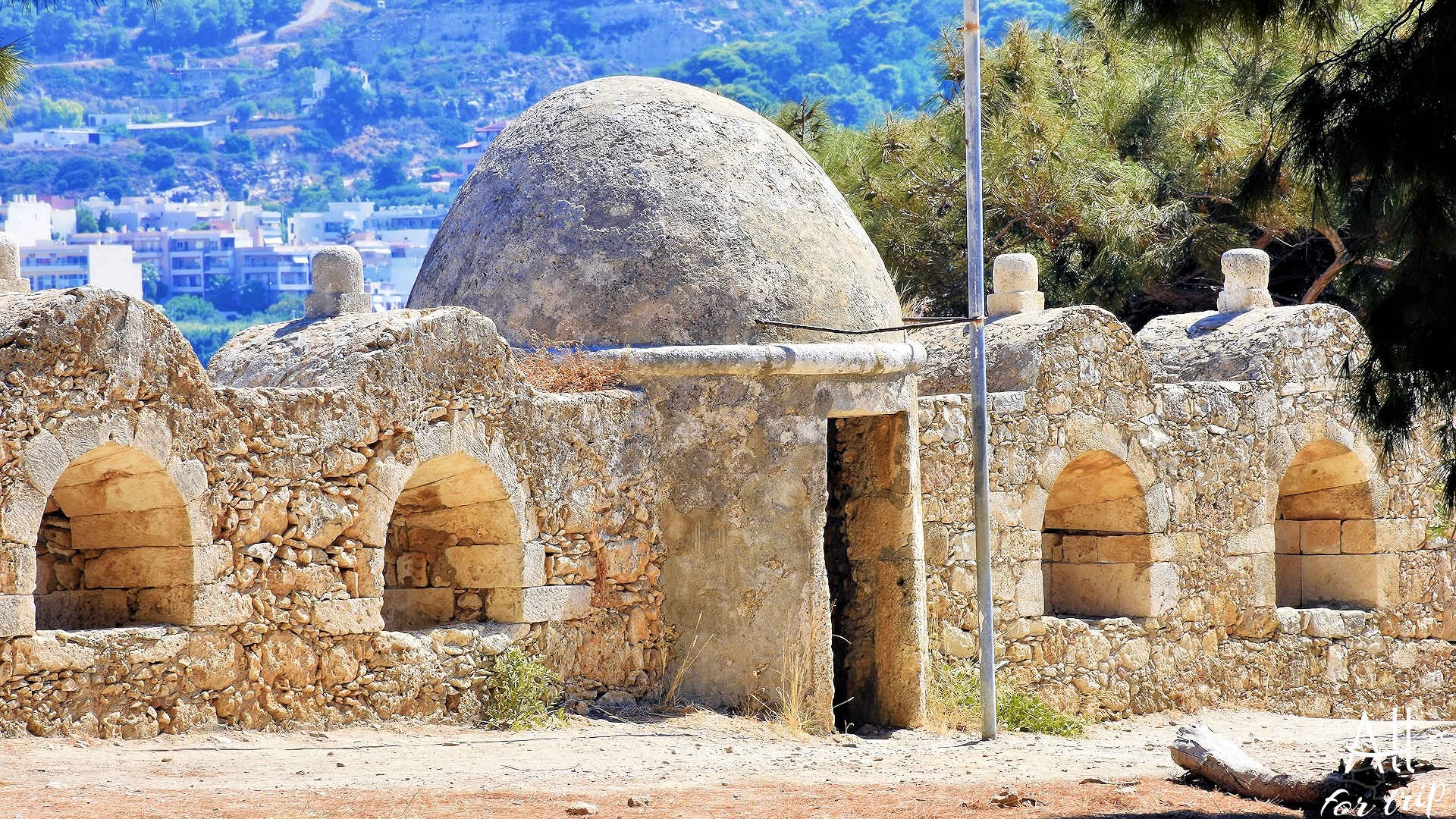
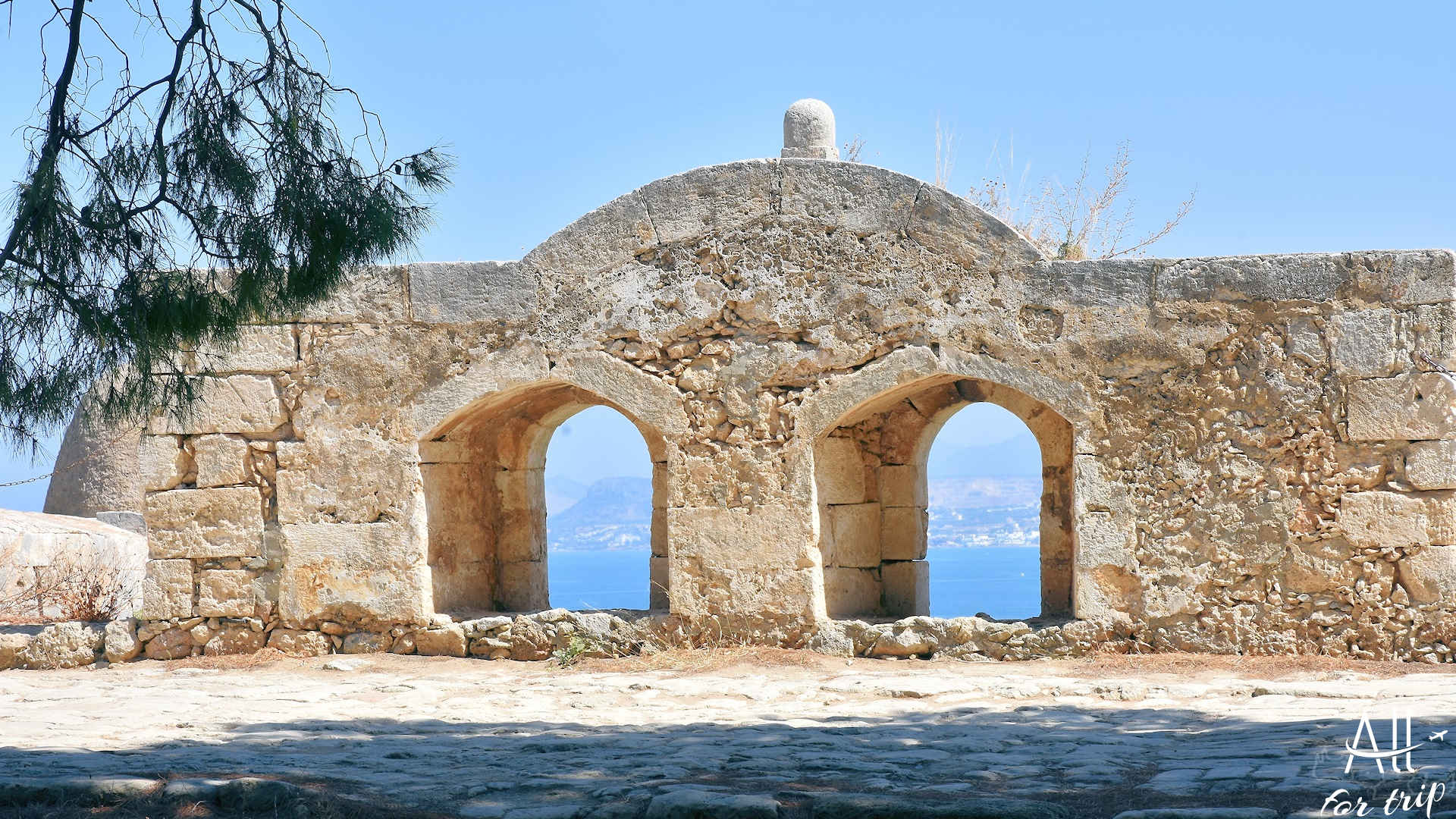
Erofili Theatre in Fortezza Castle
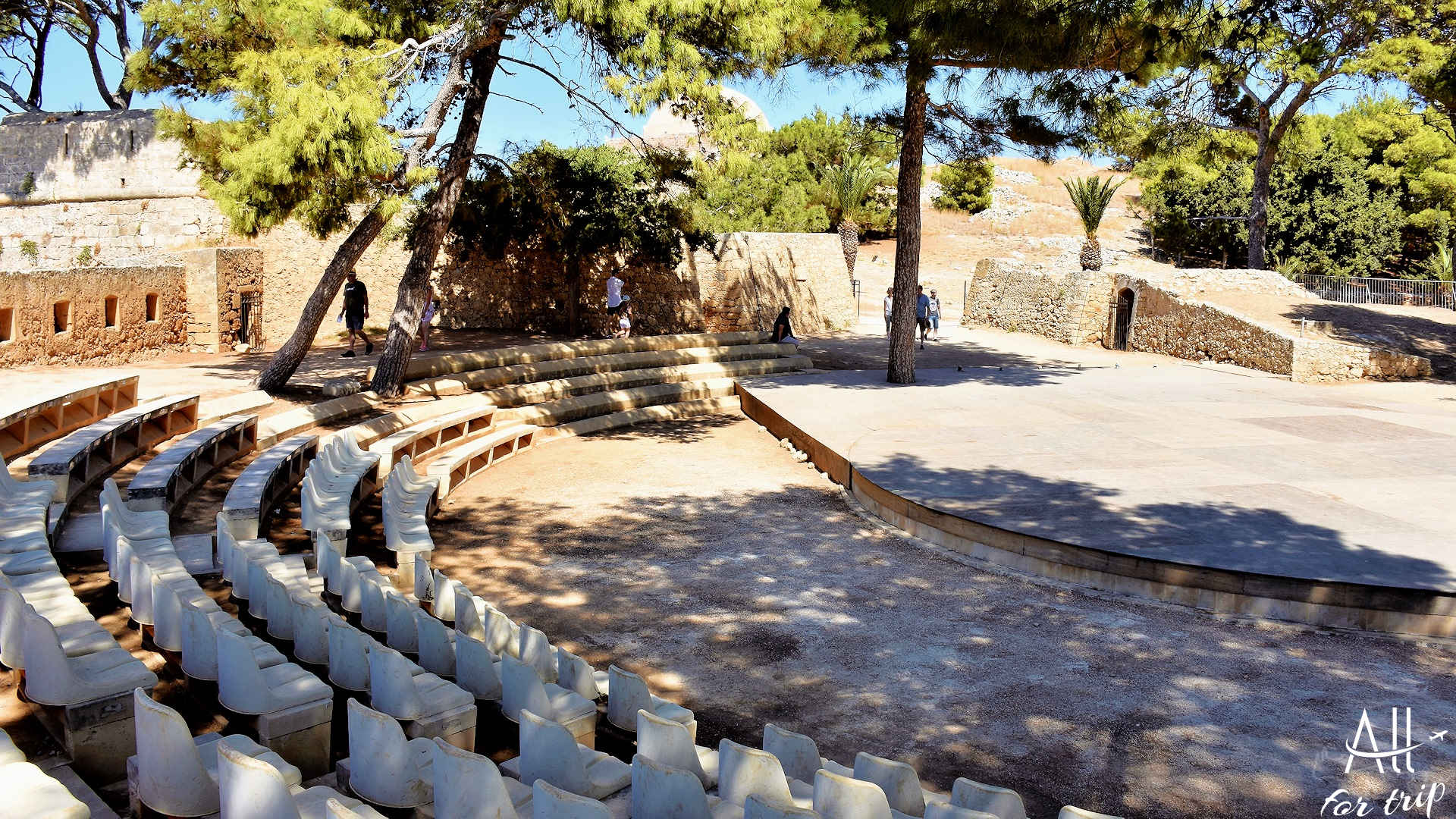
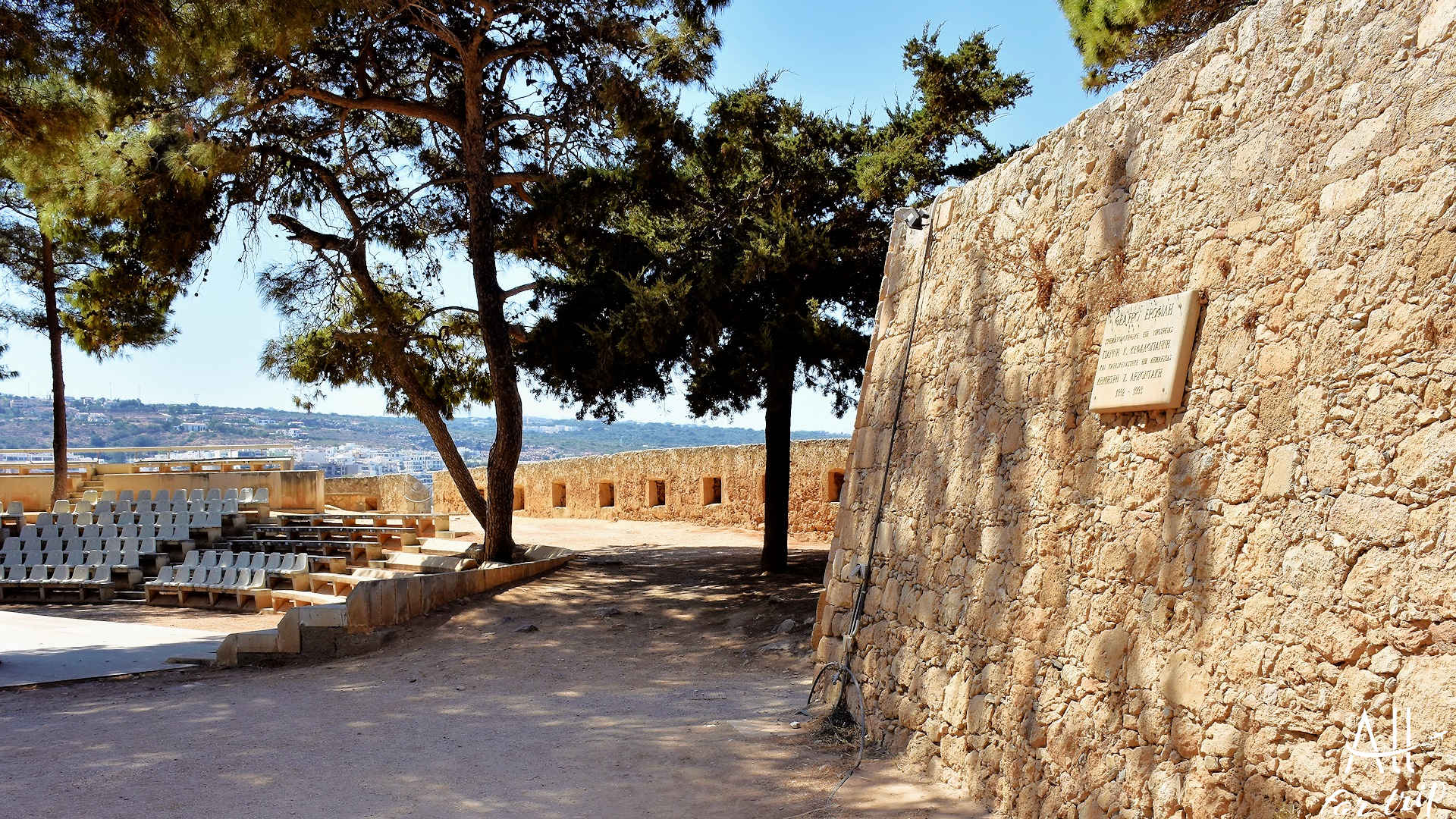
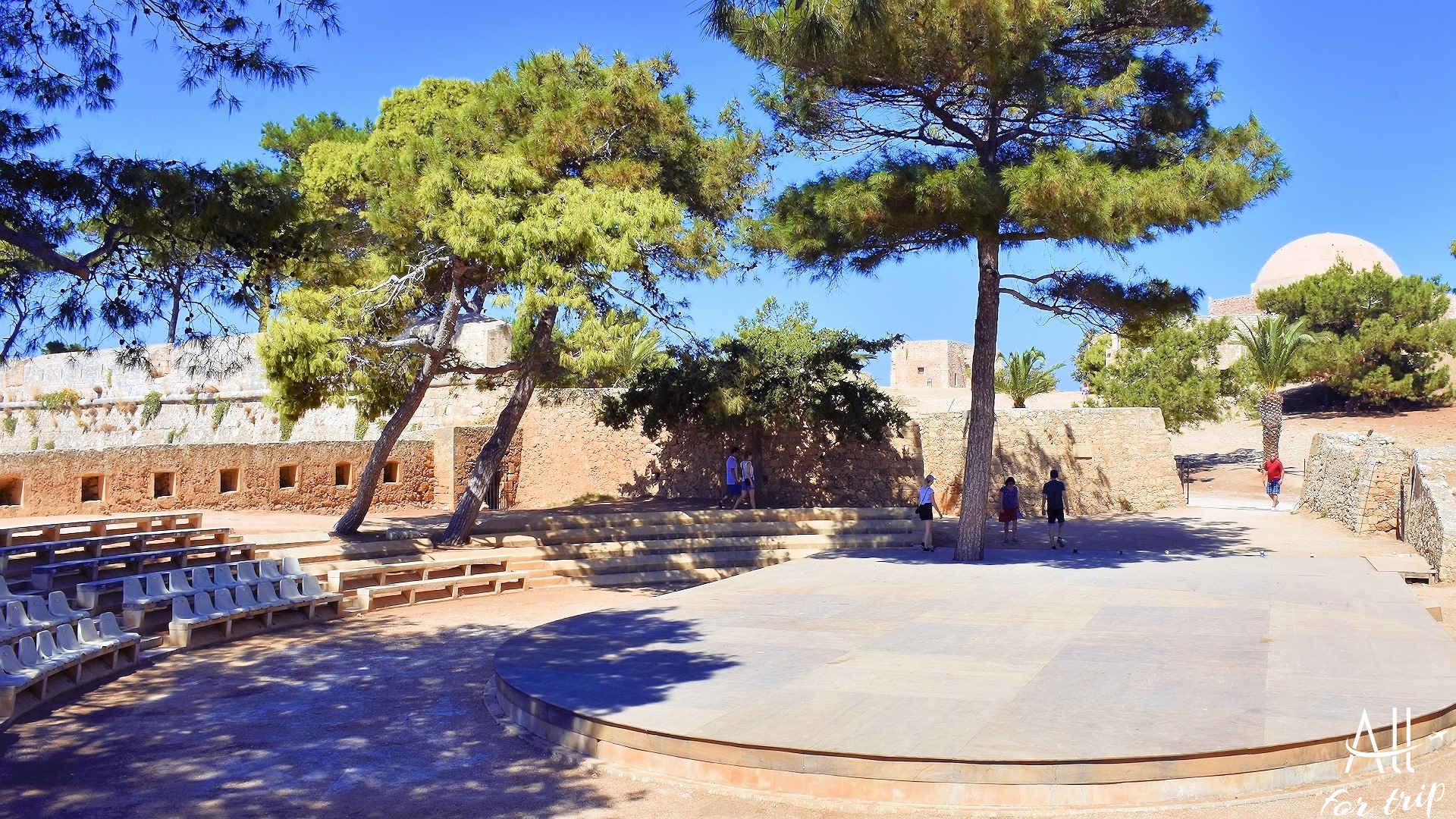
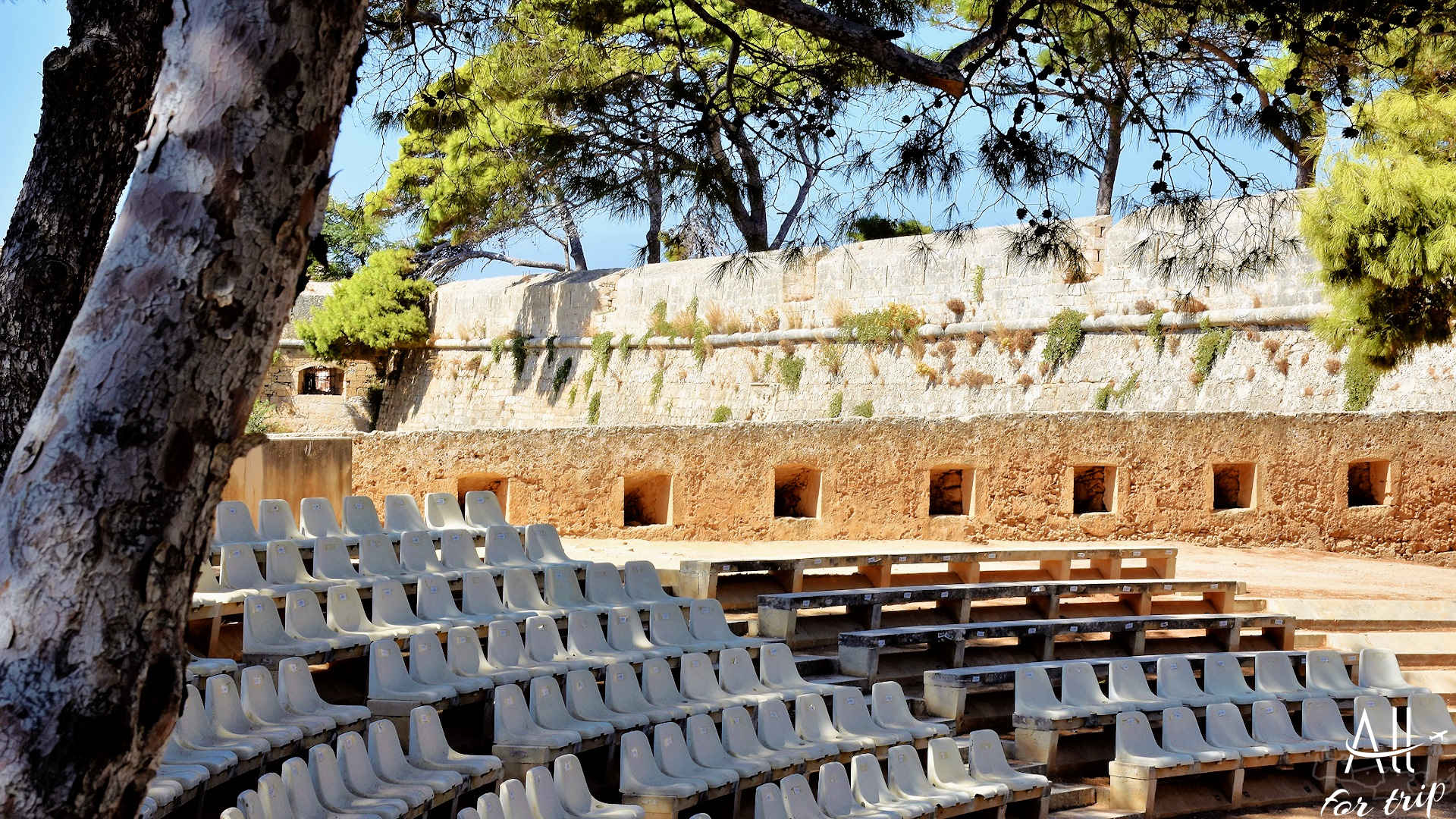
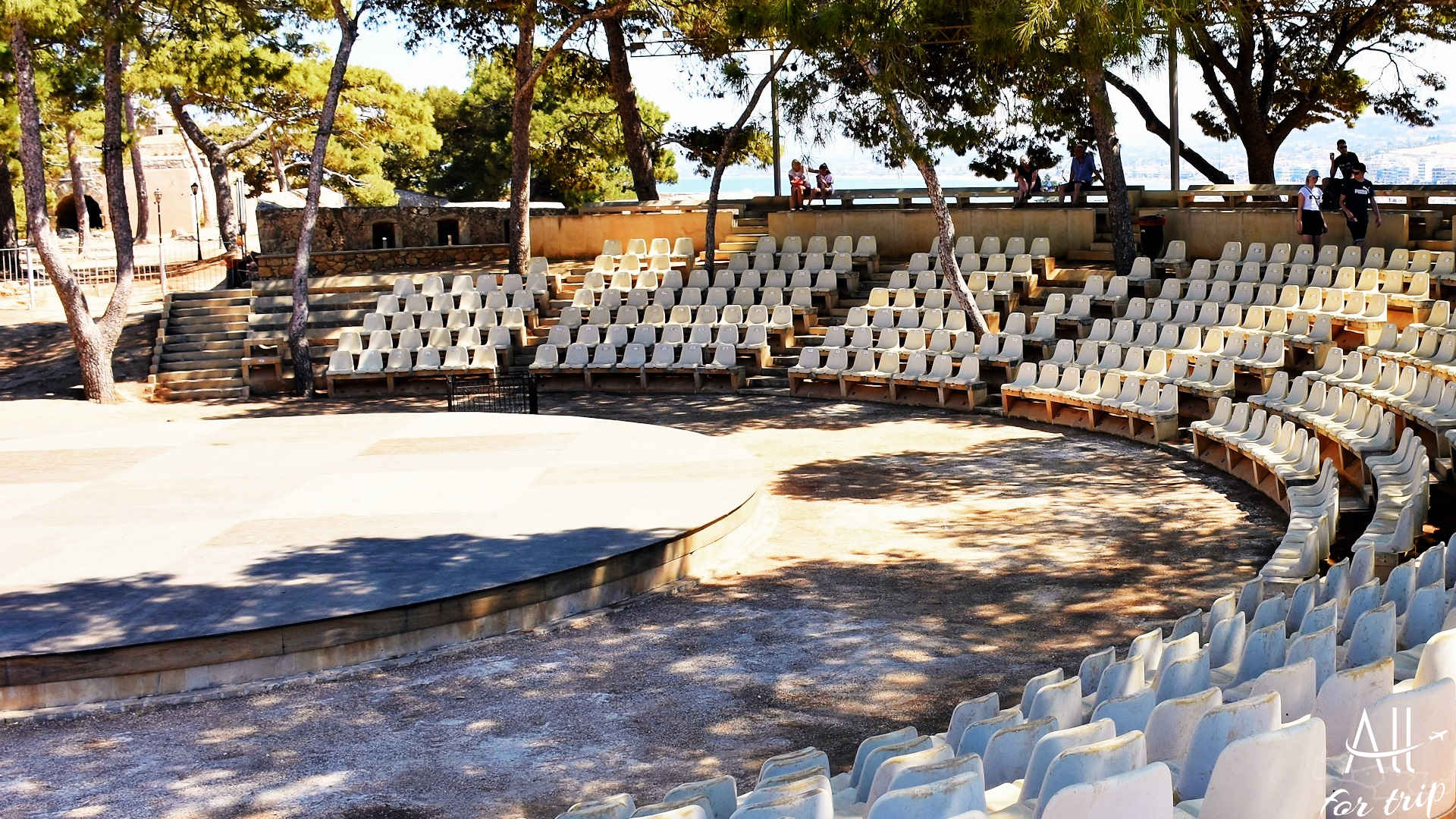
St. Catharine church in Fortezza Castle
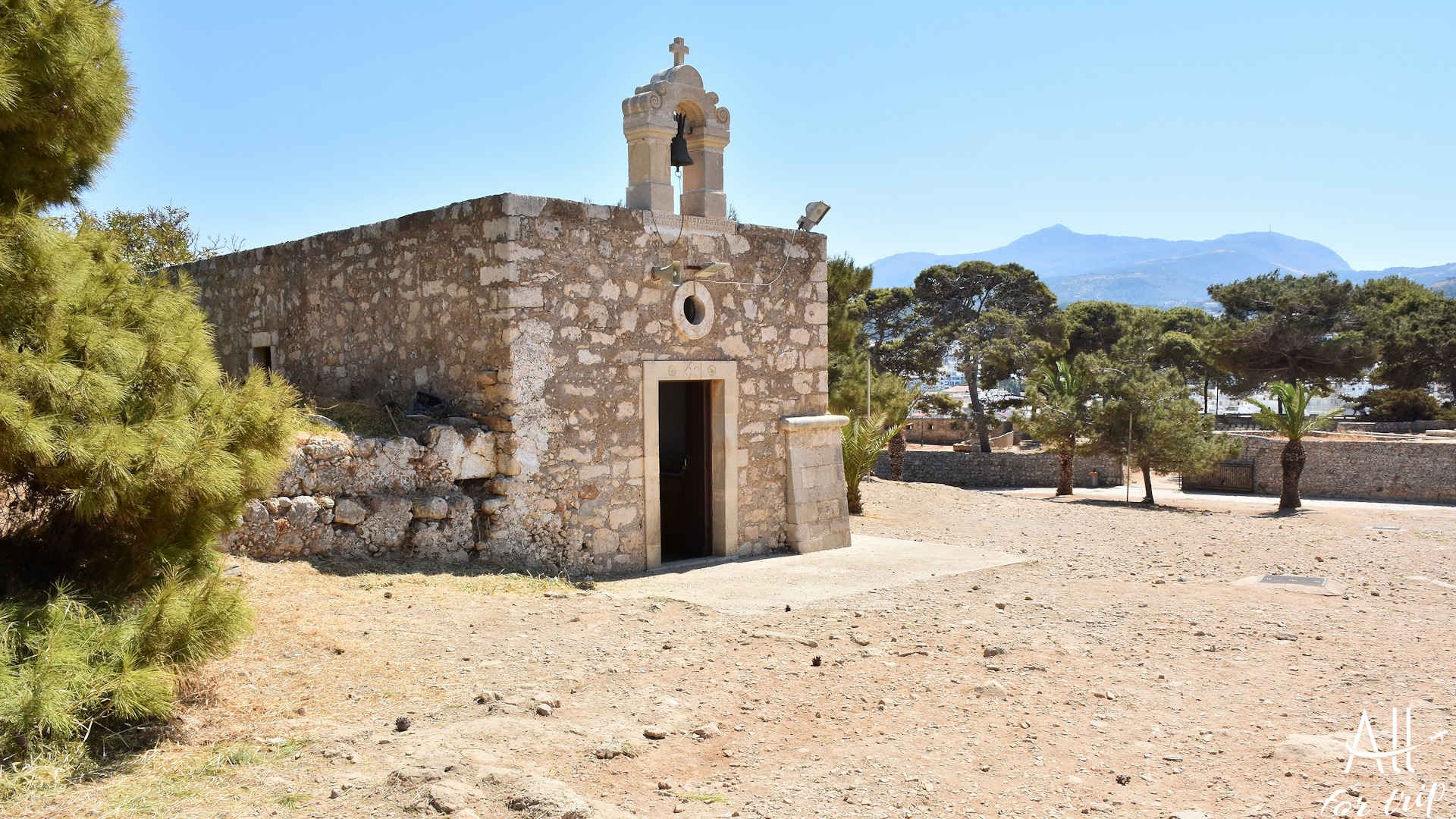
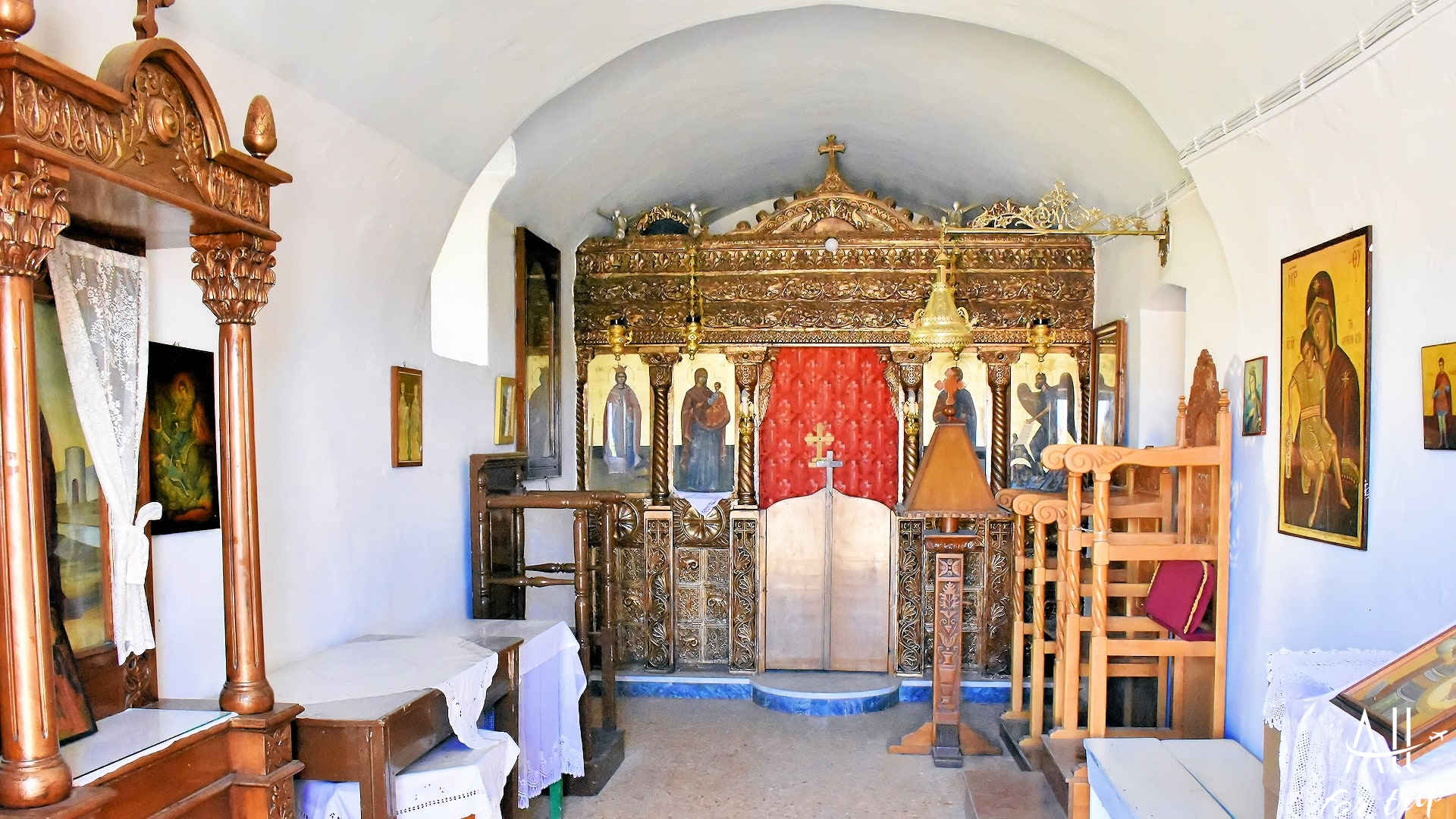
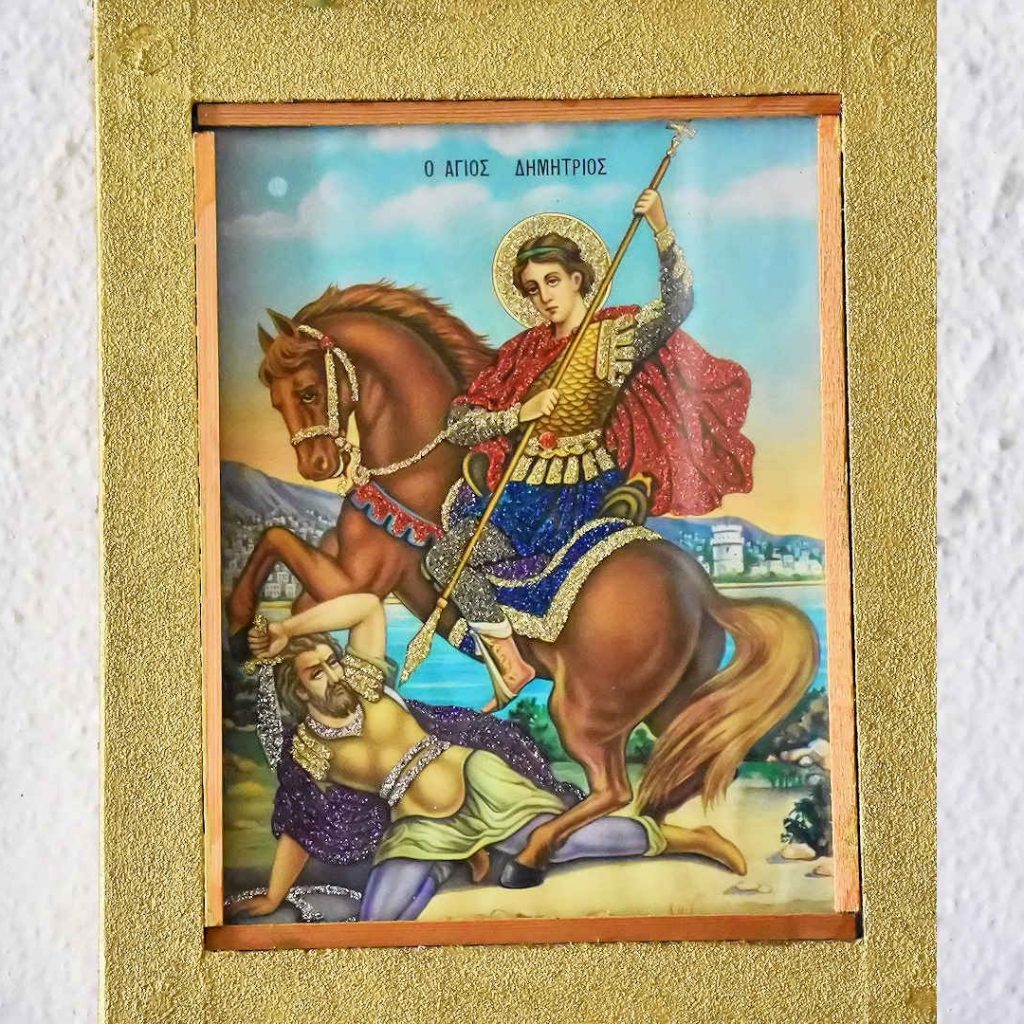
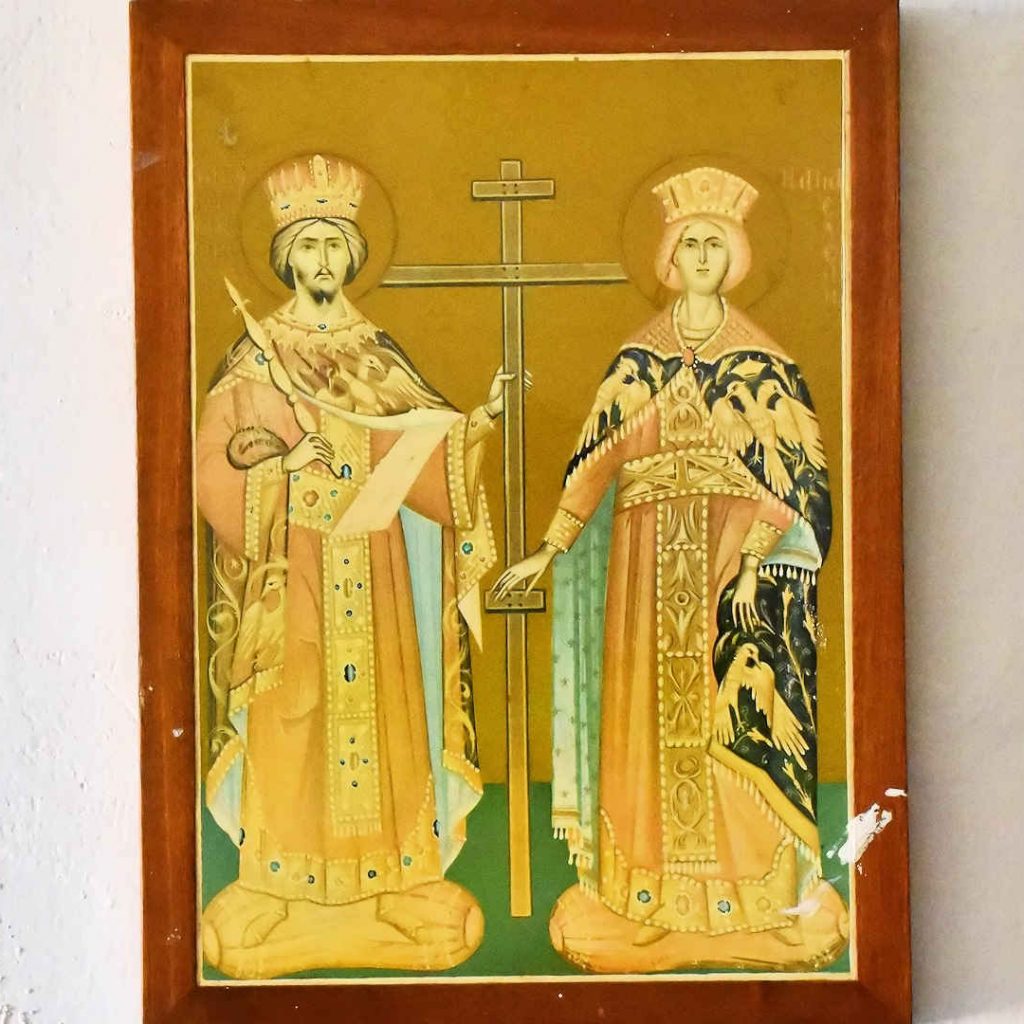
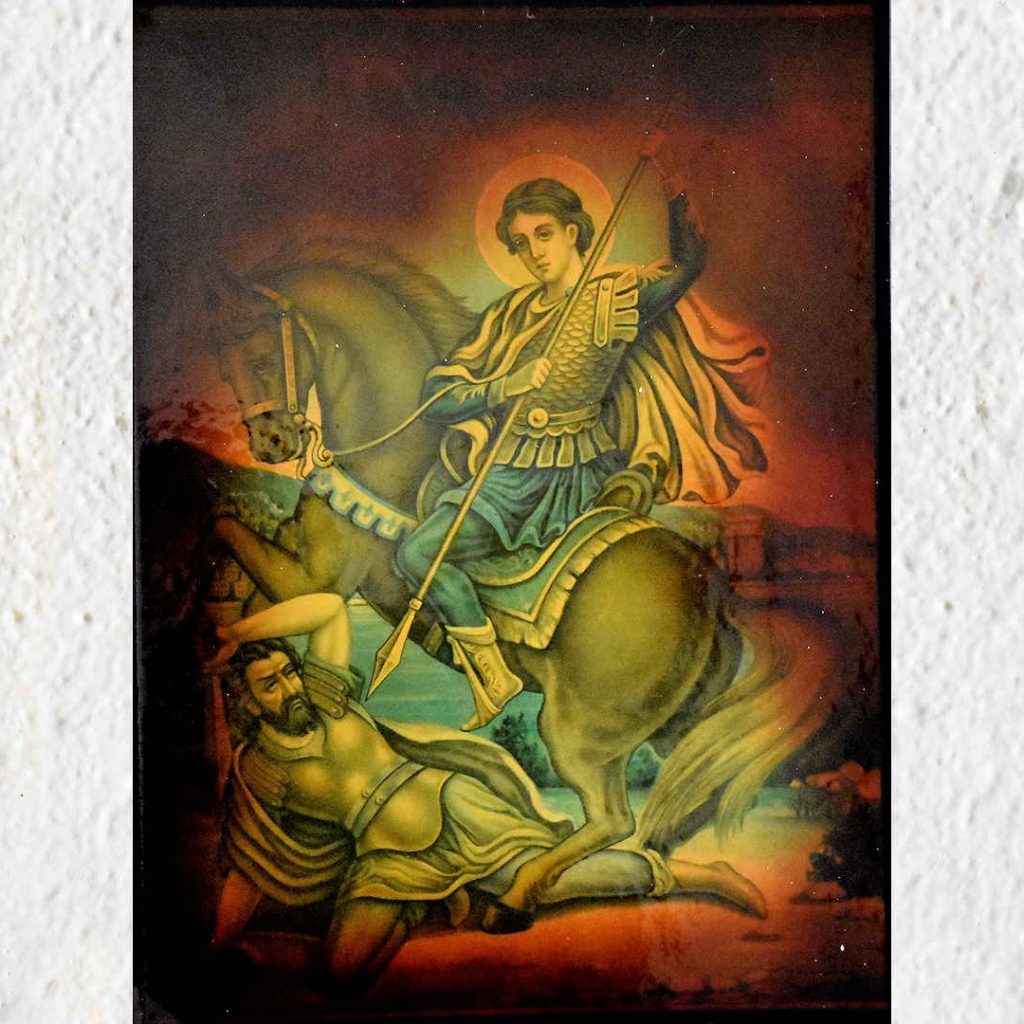
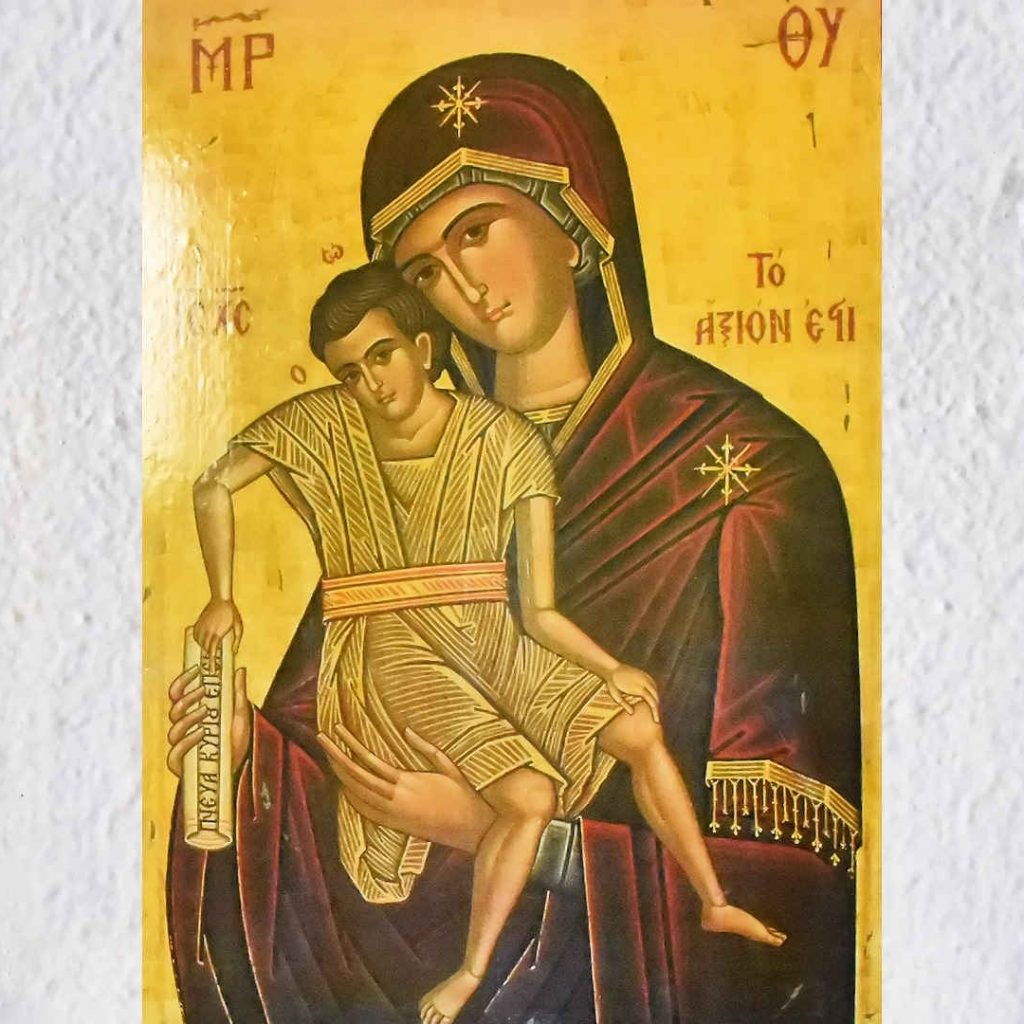
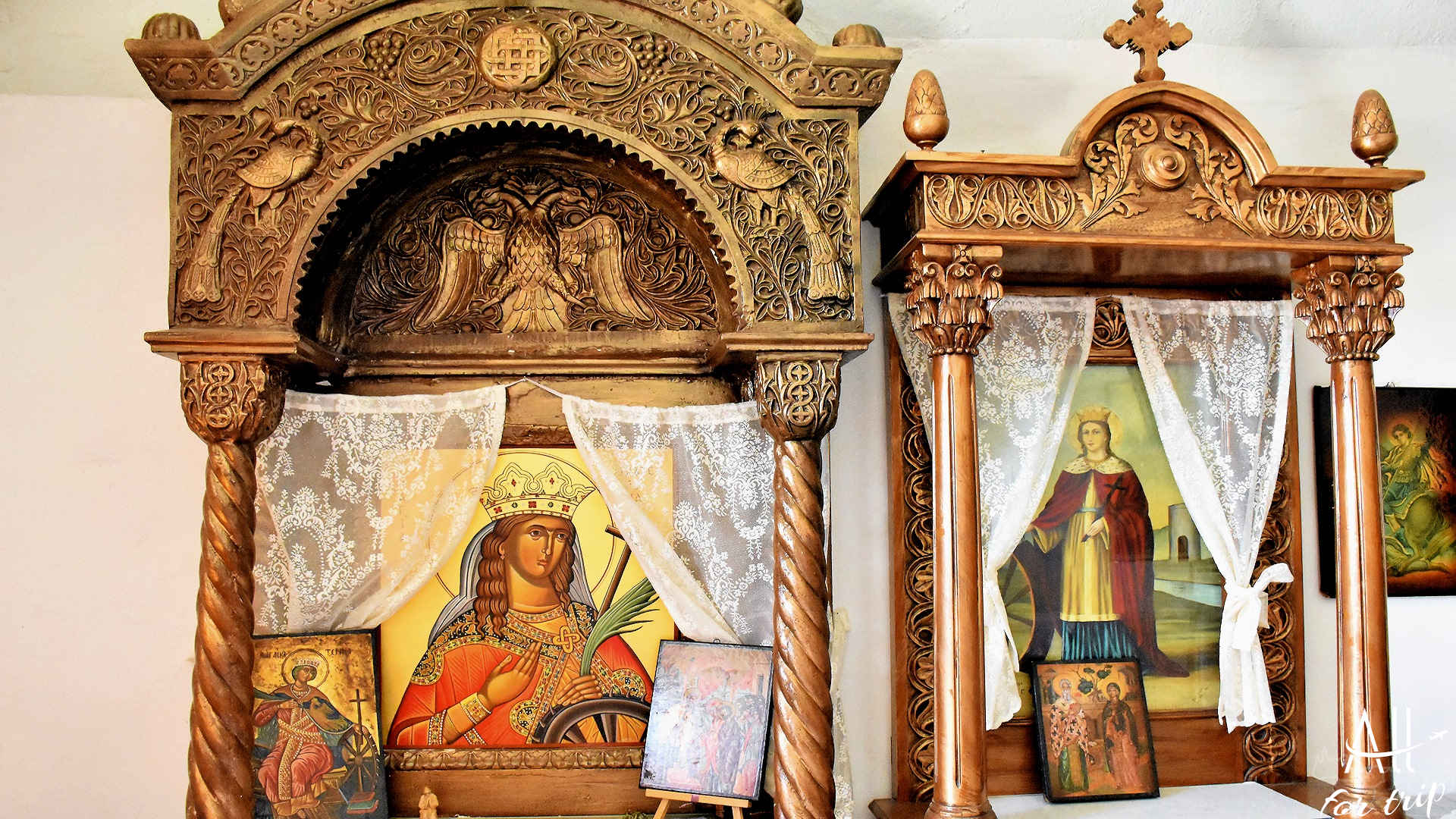
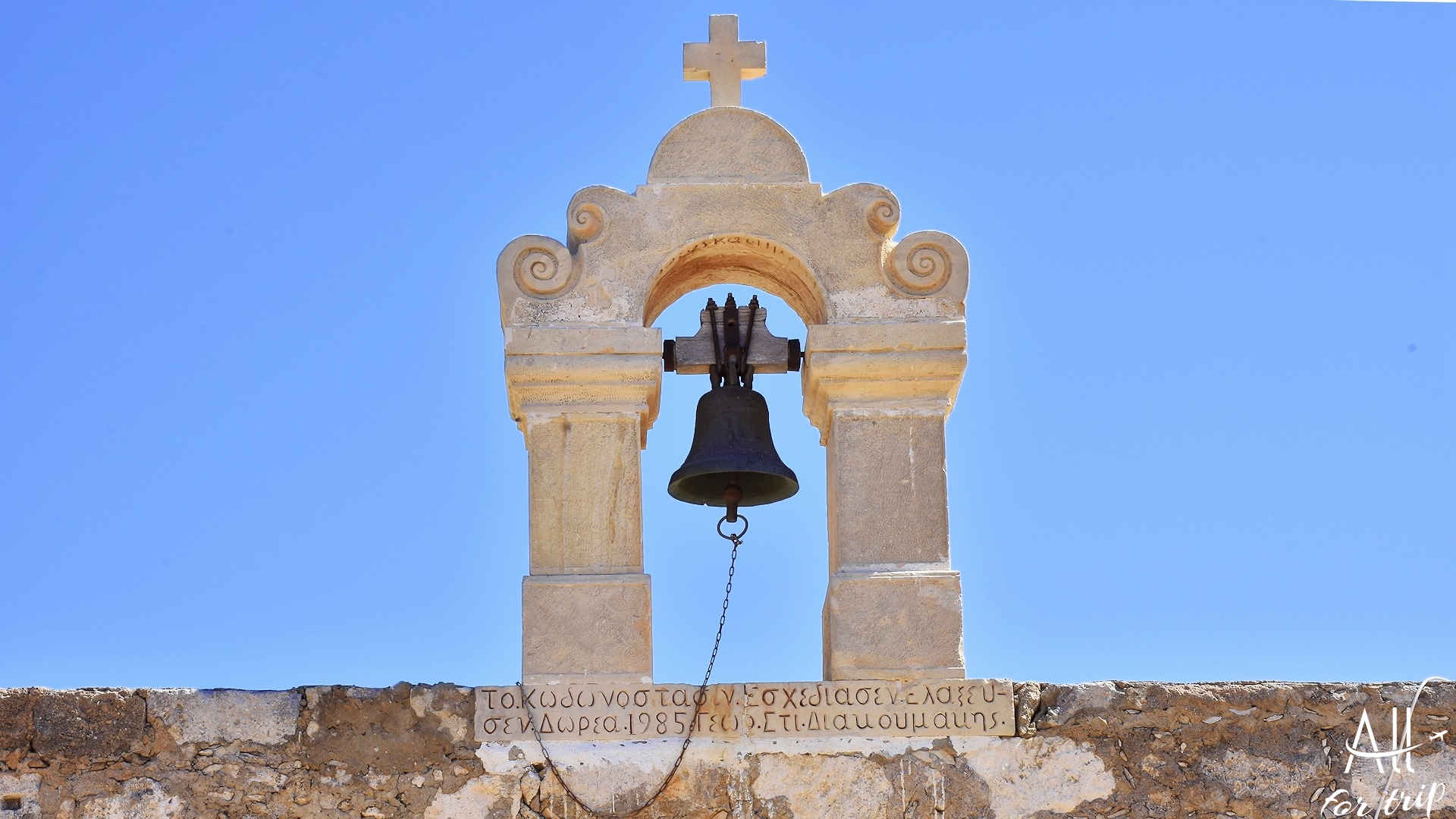
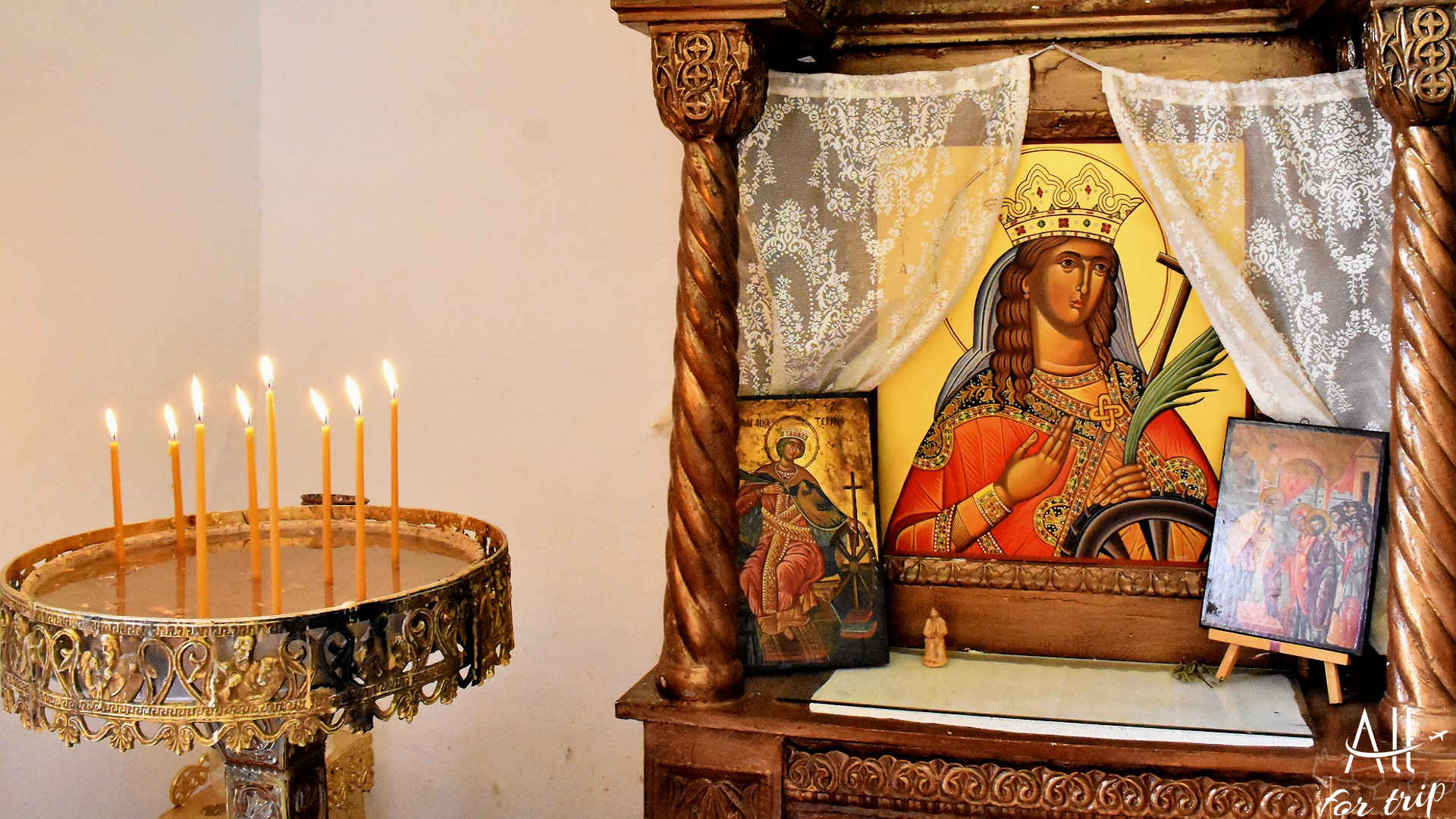
Sultan Ibrahim Han Mosque in Fortezza Castle
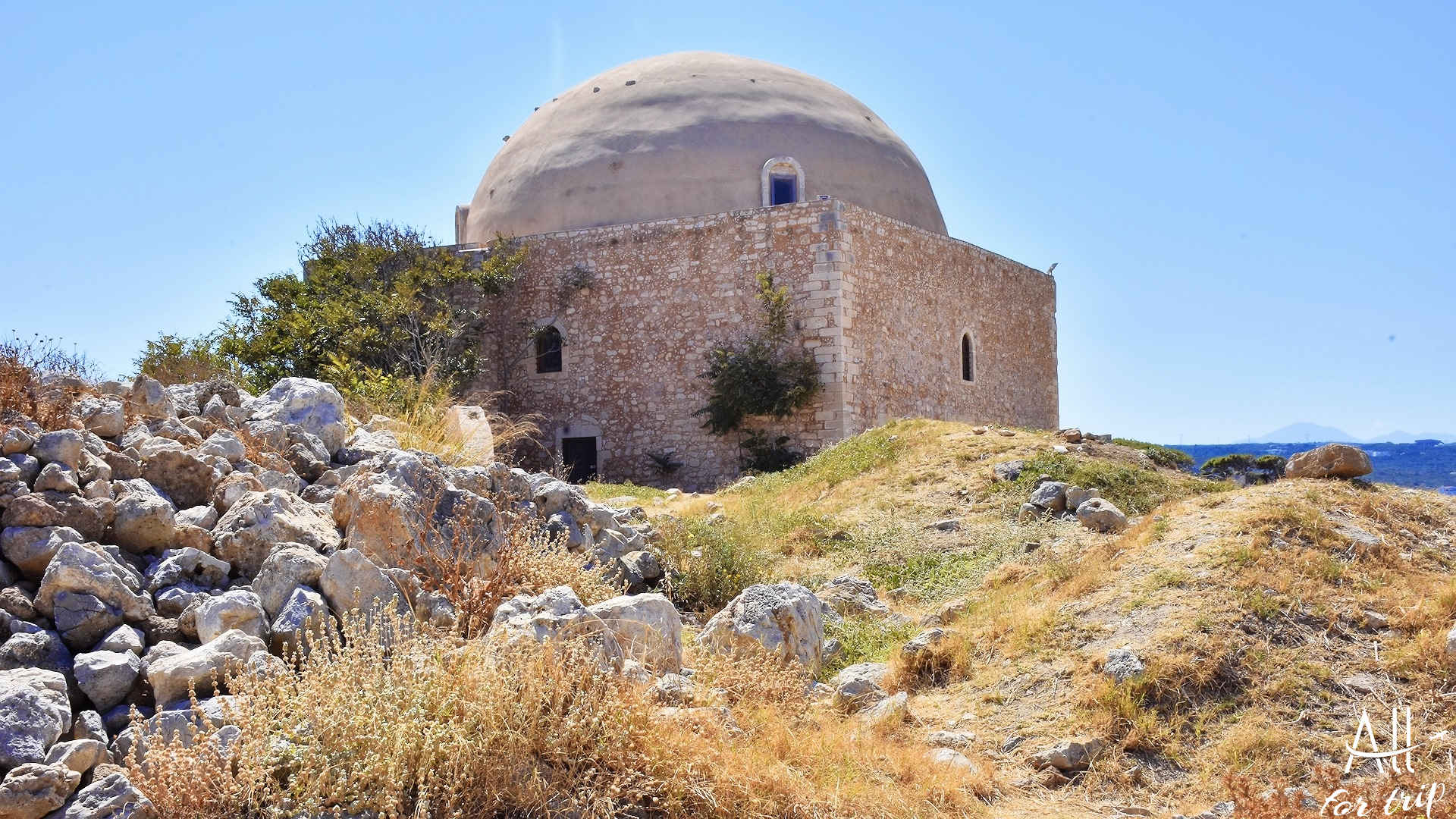
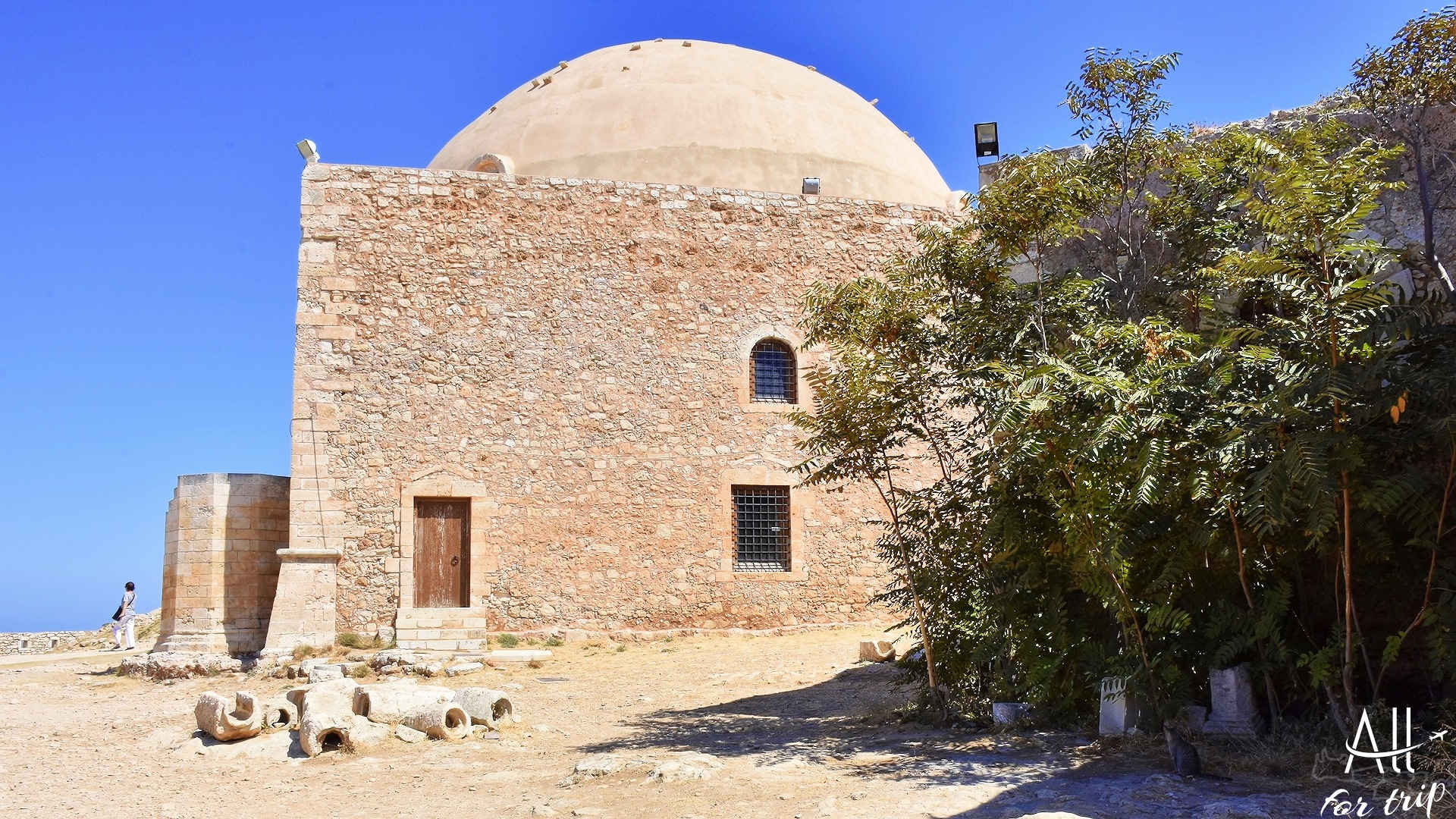
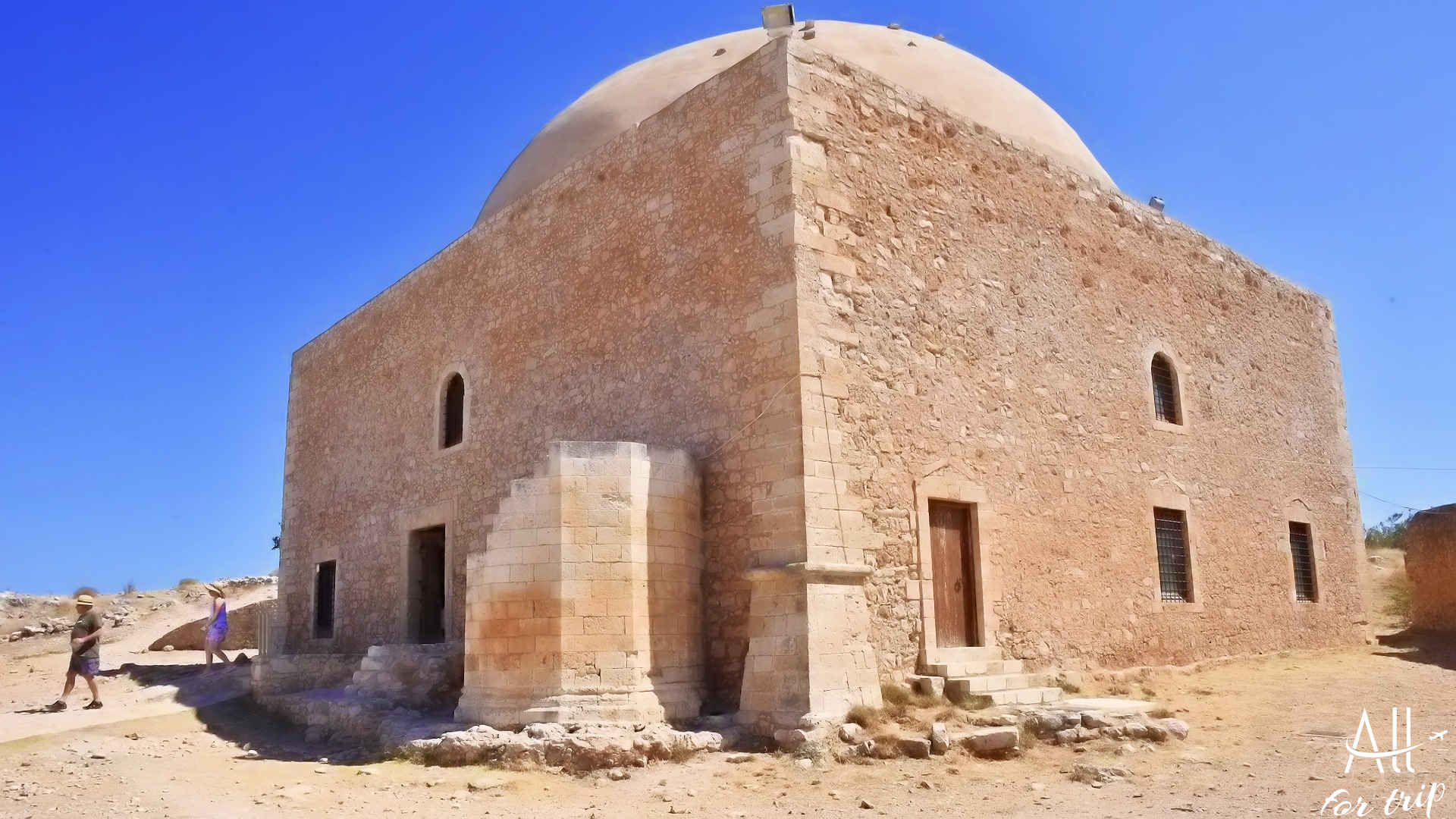
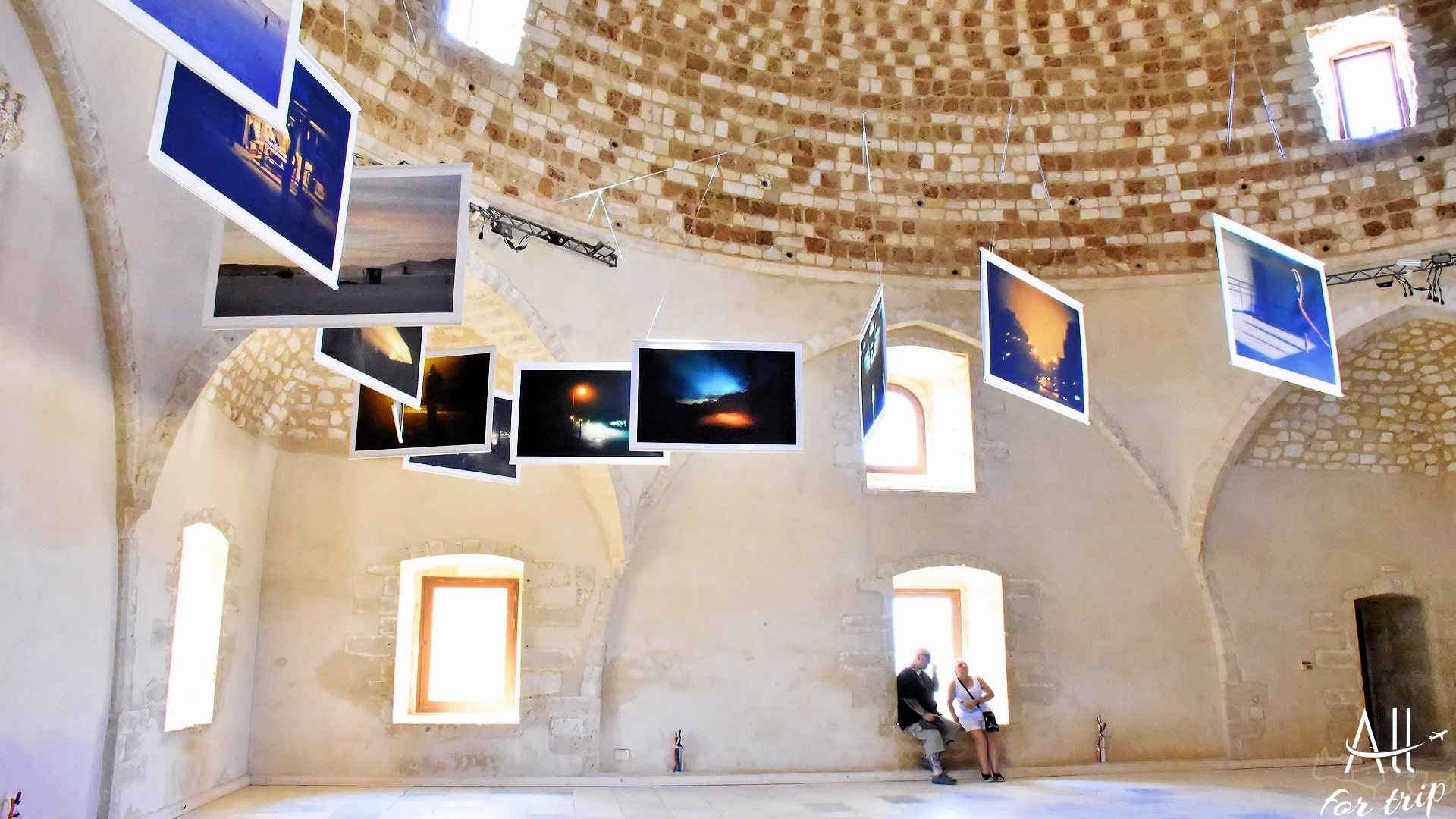
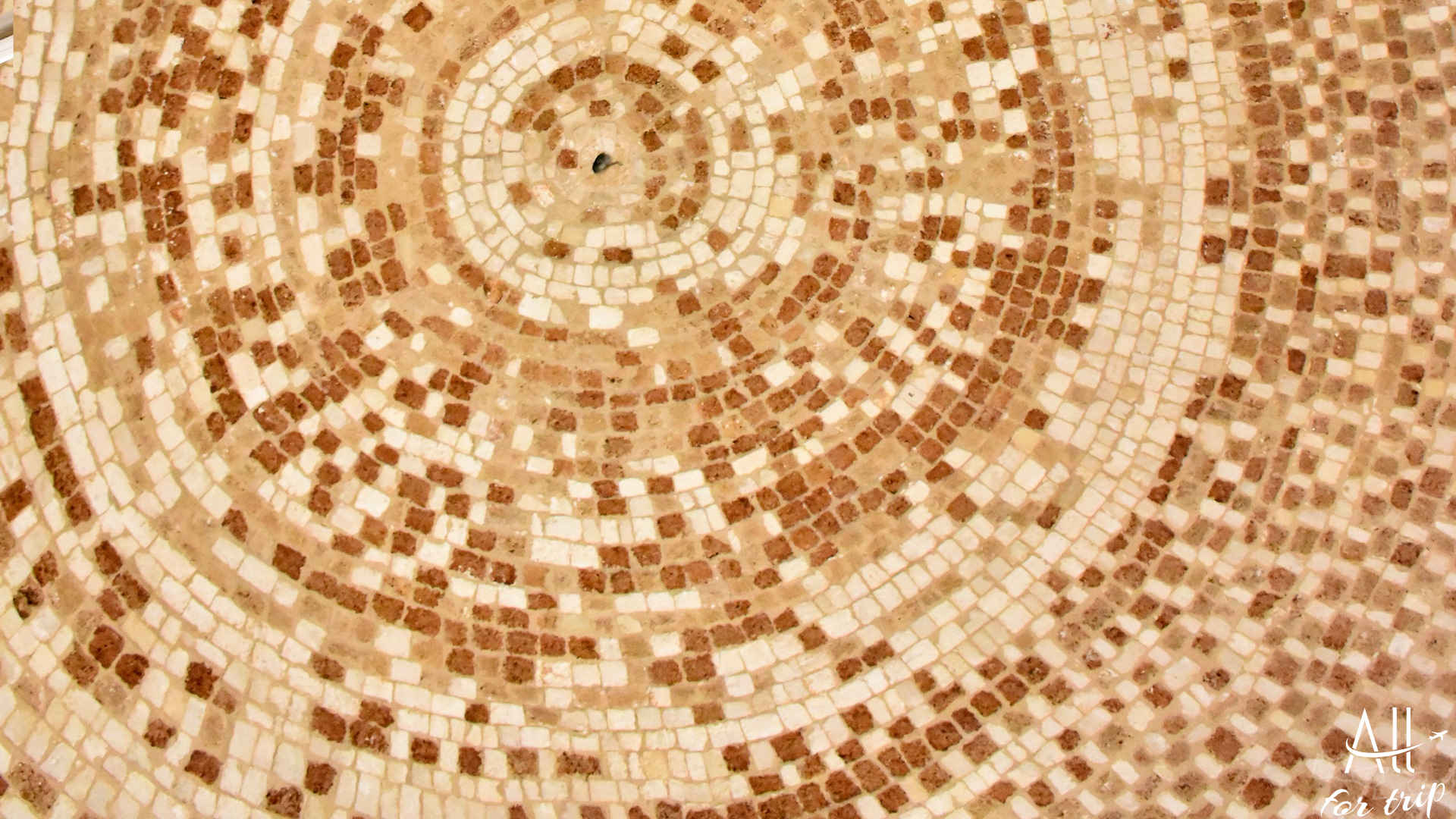
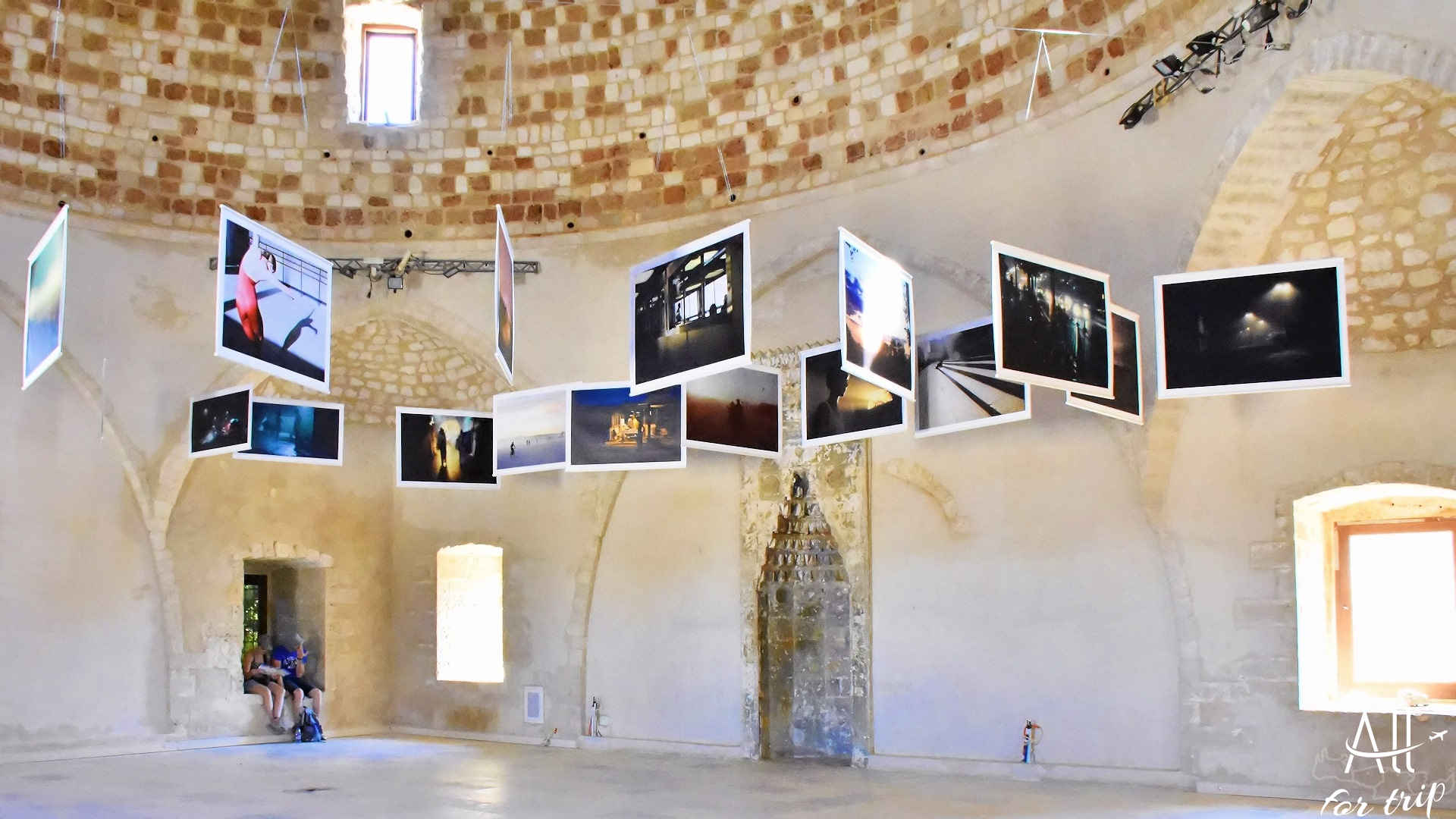
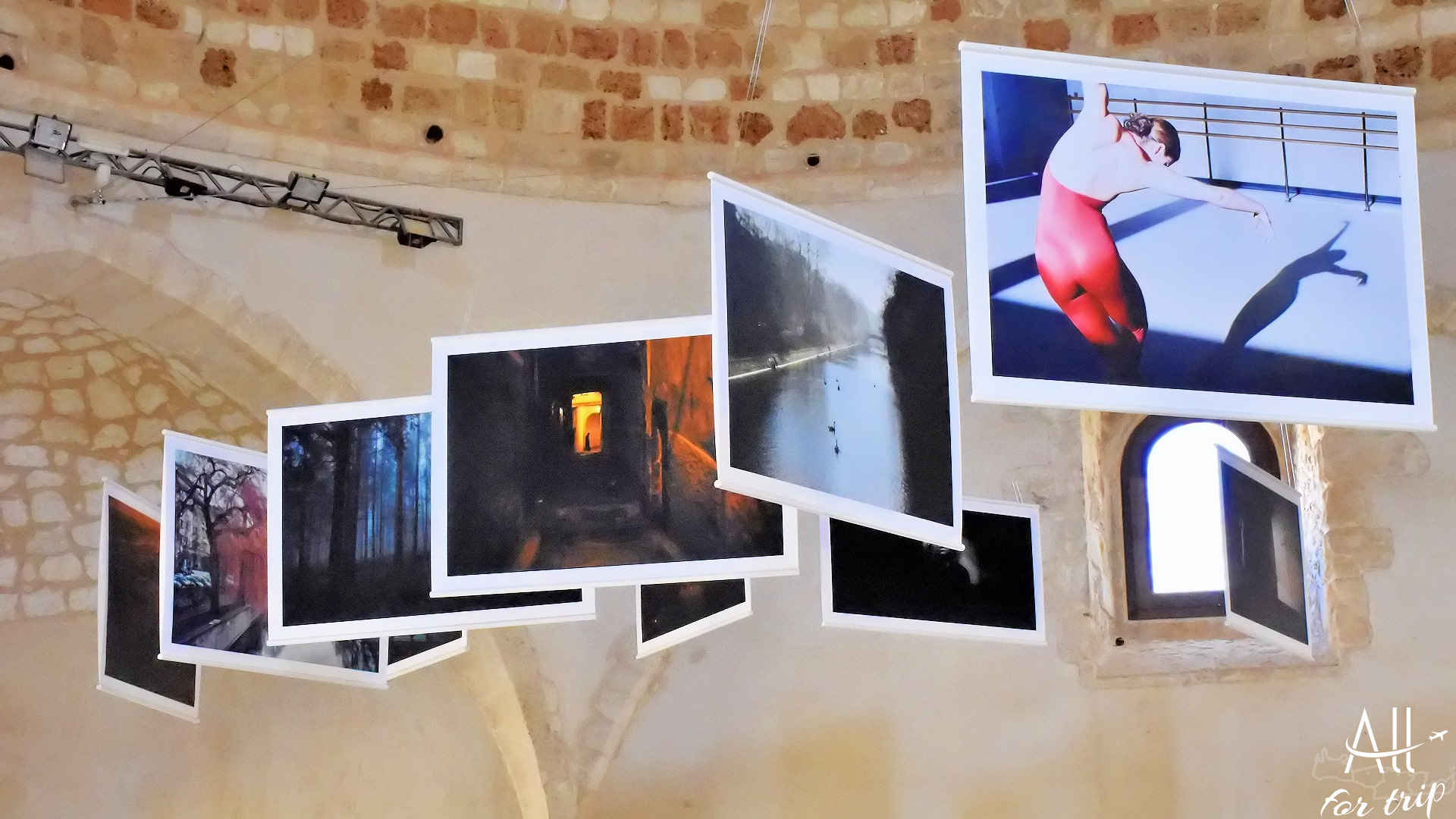
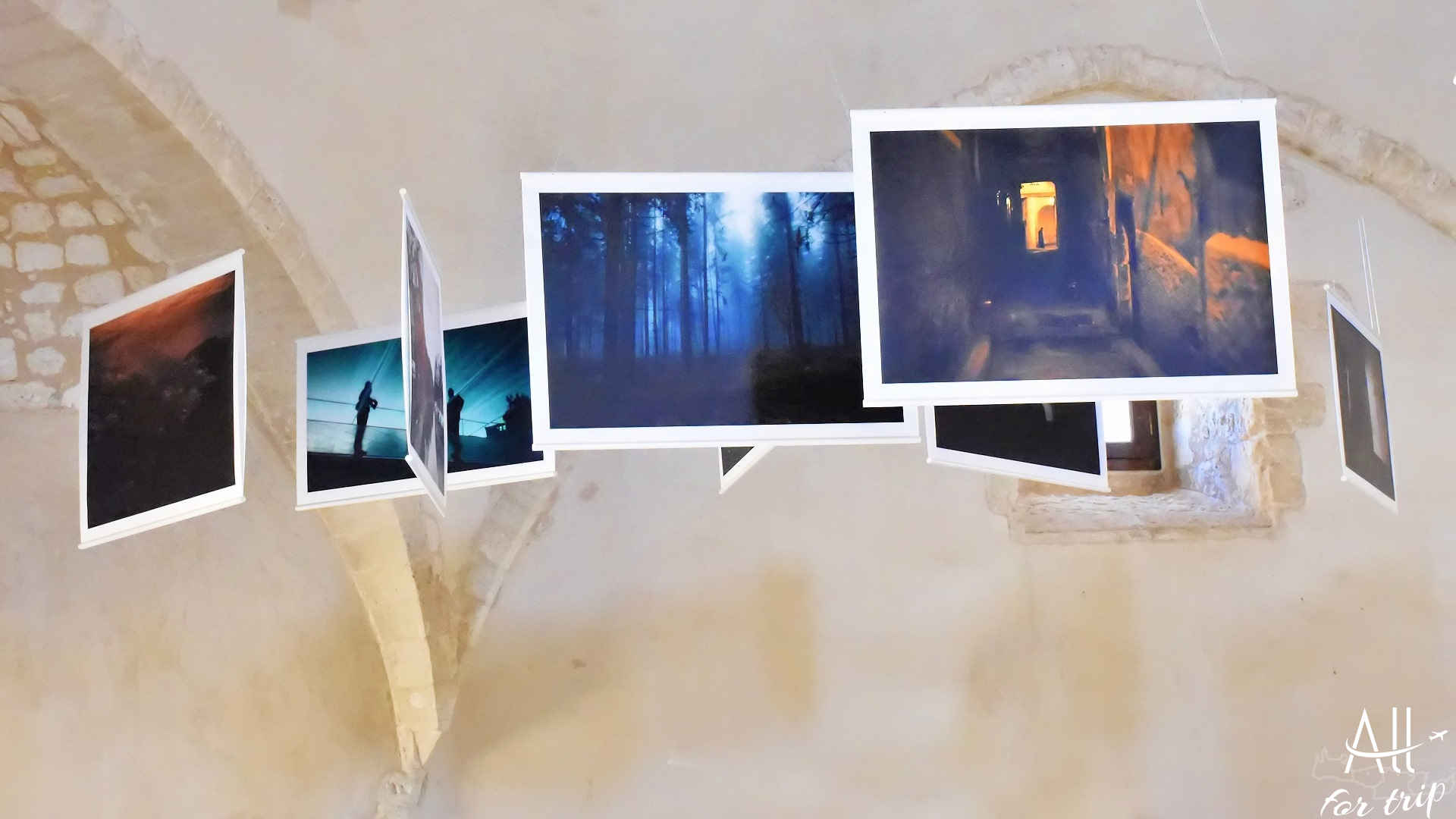
The gunpowder storehouse and the catacombs in Fortezza Castle
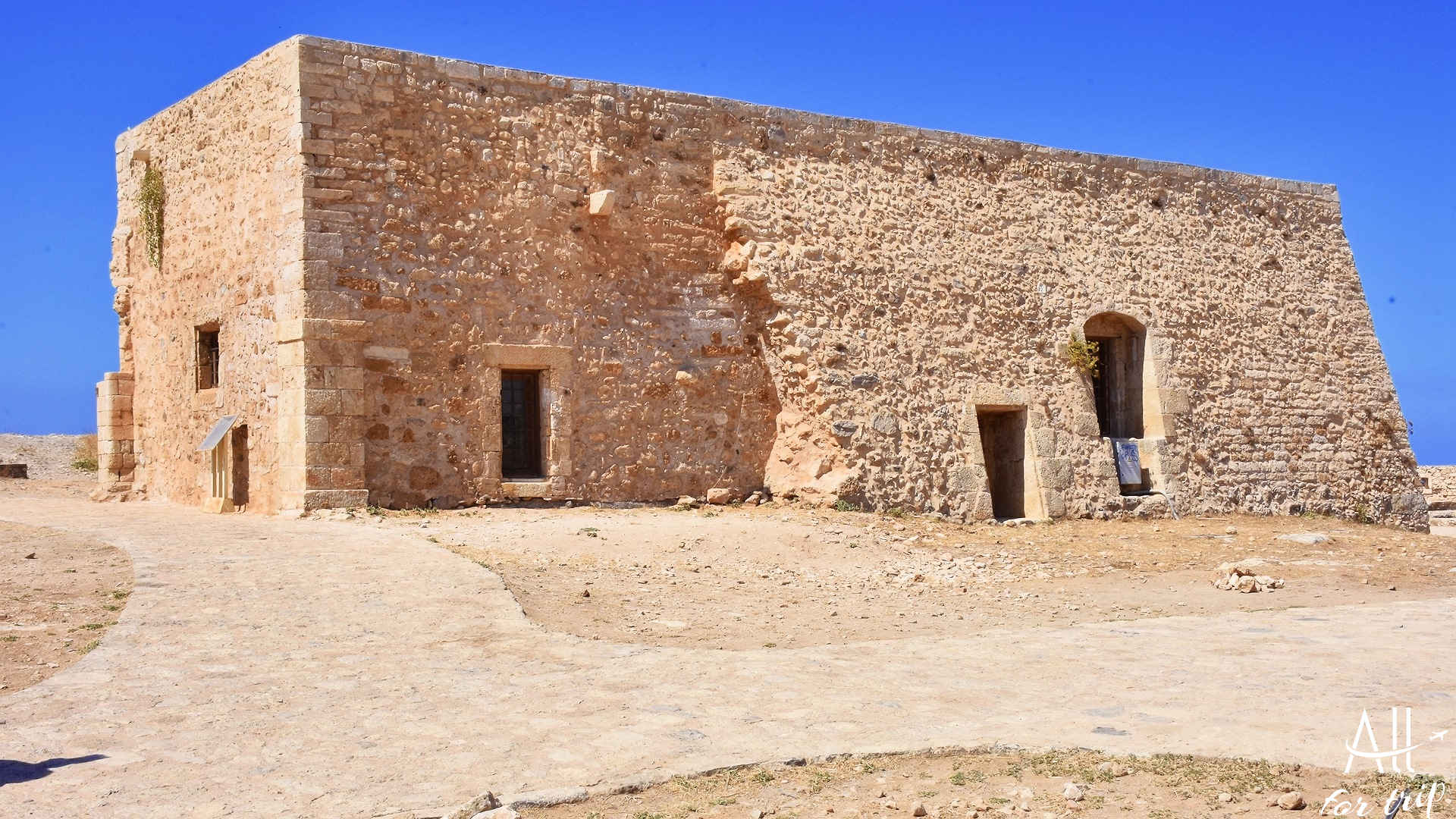
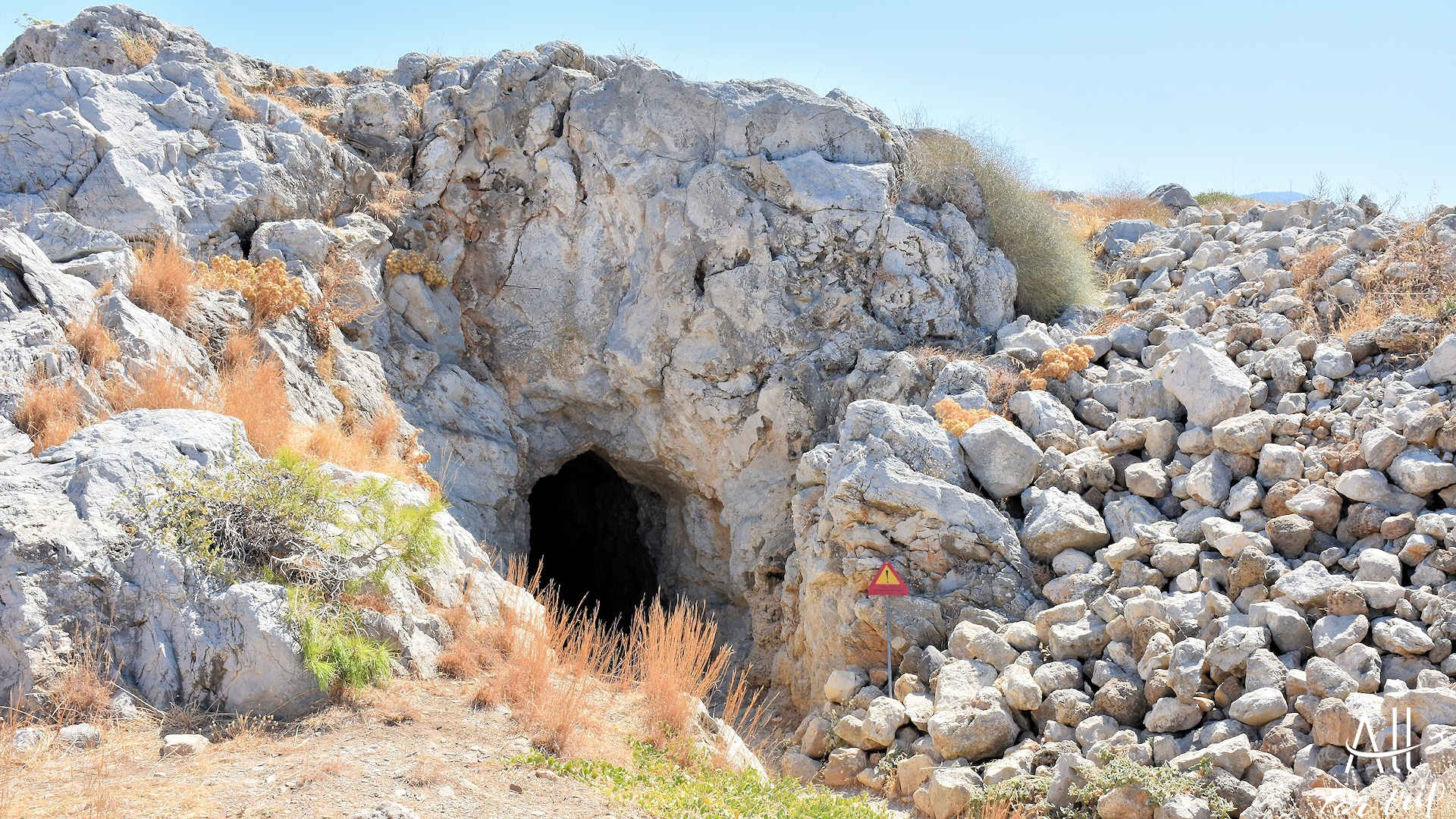
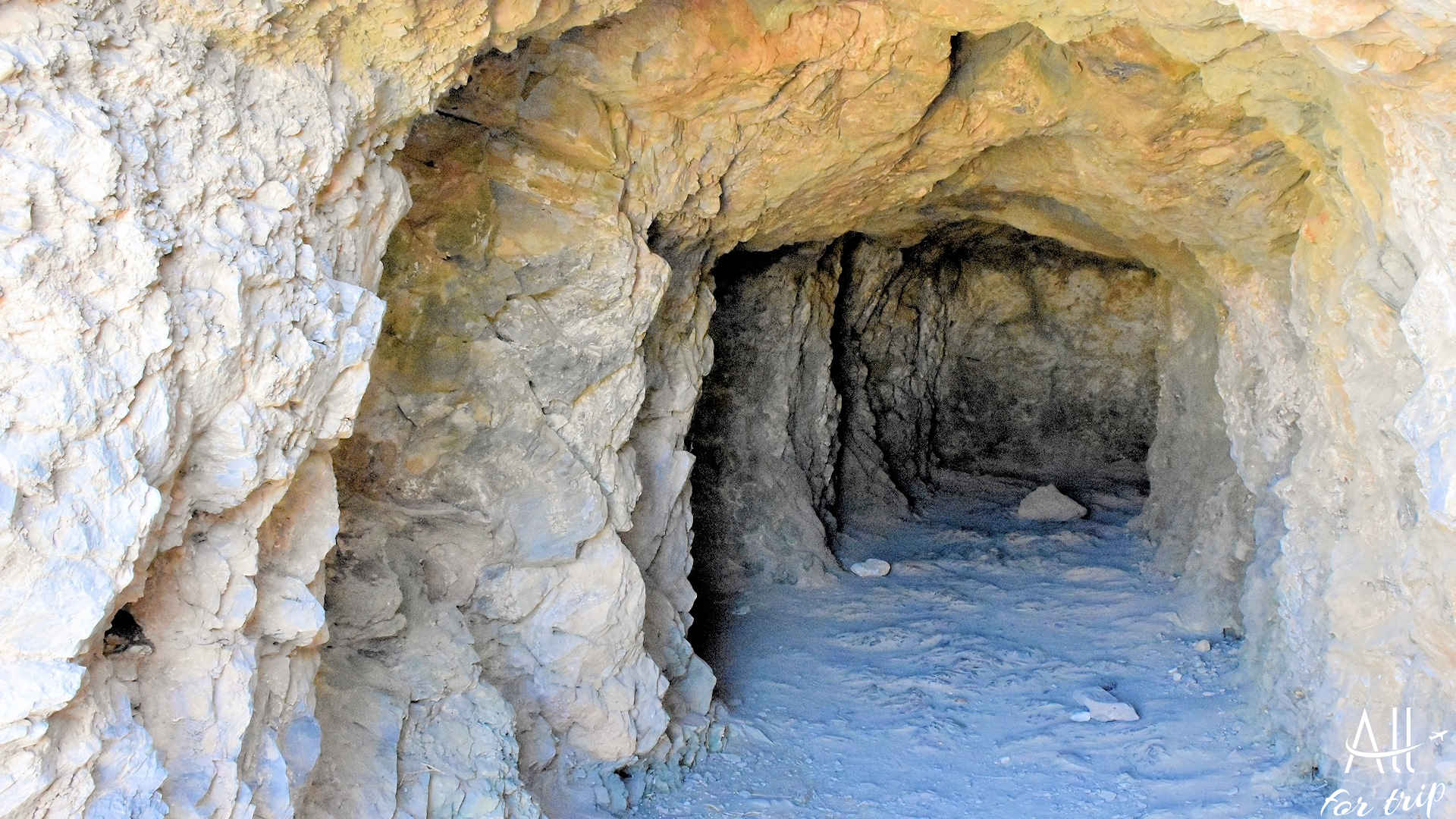
Complex of the Northern Gate & Counselors´ Residence in Fortezza Castle
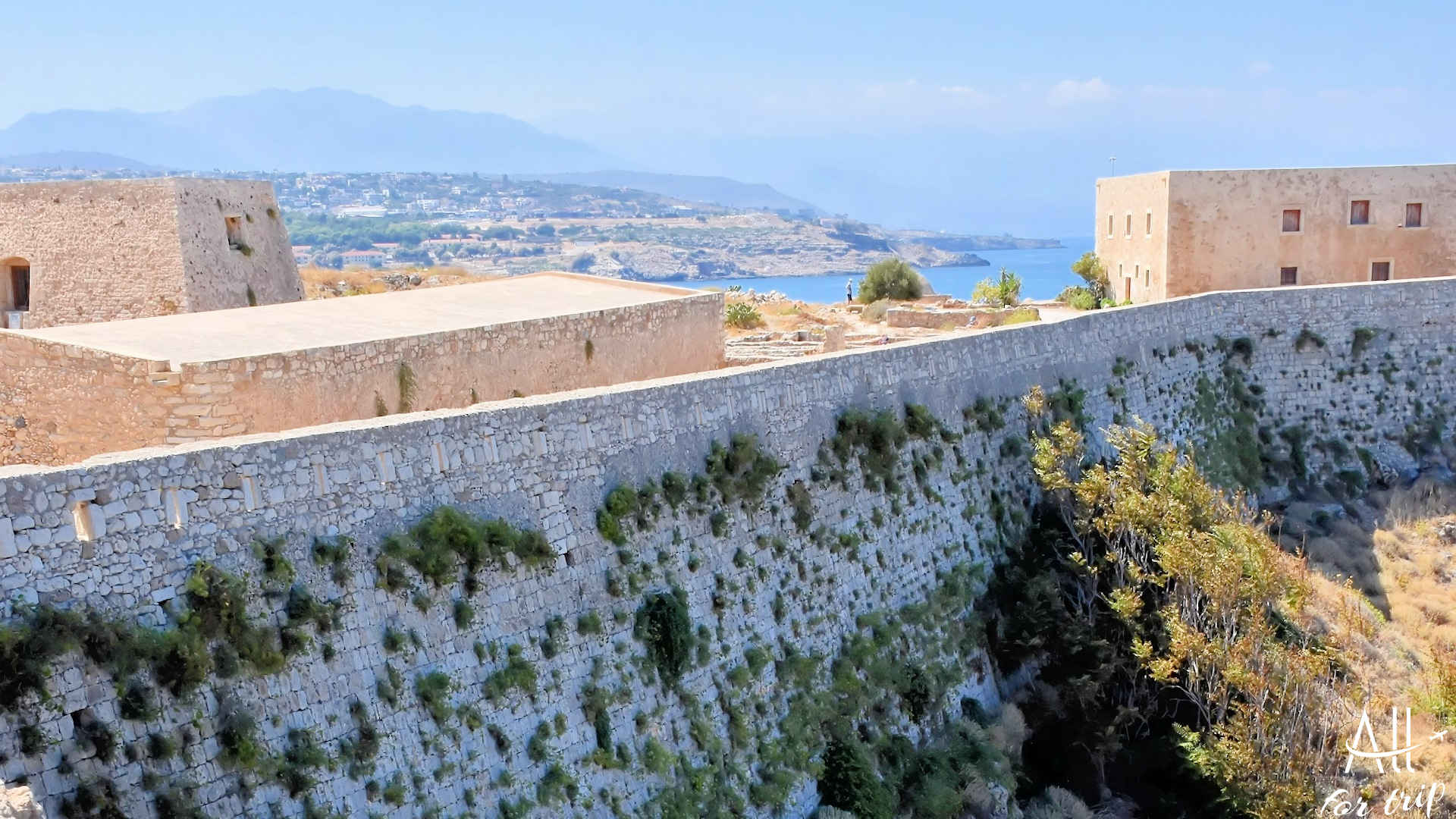
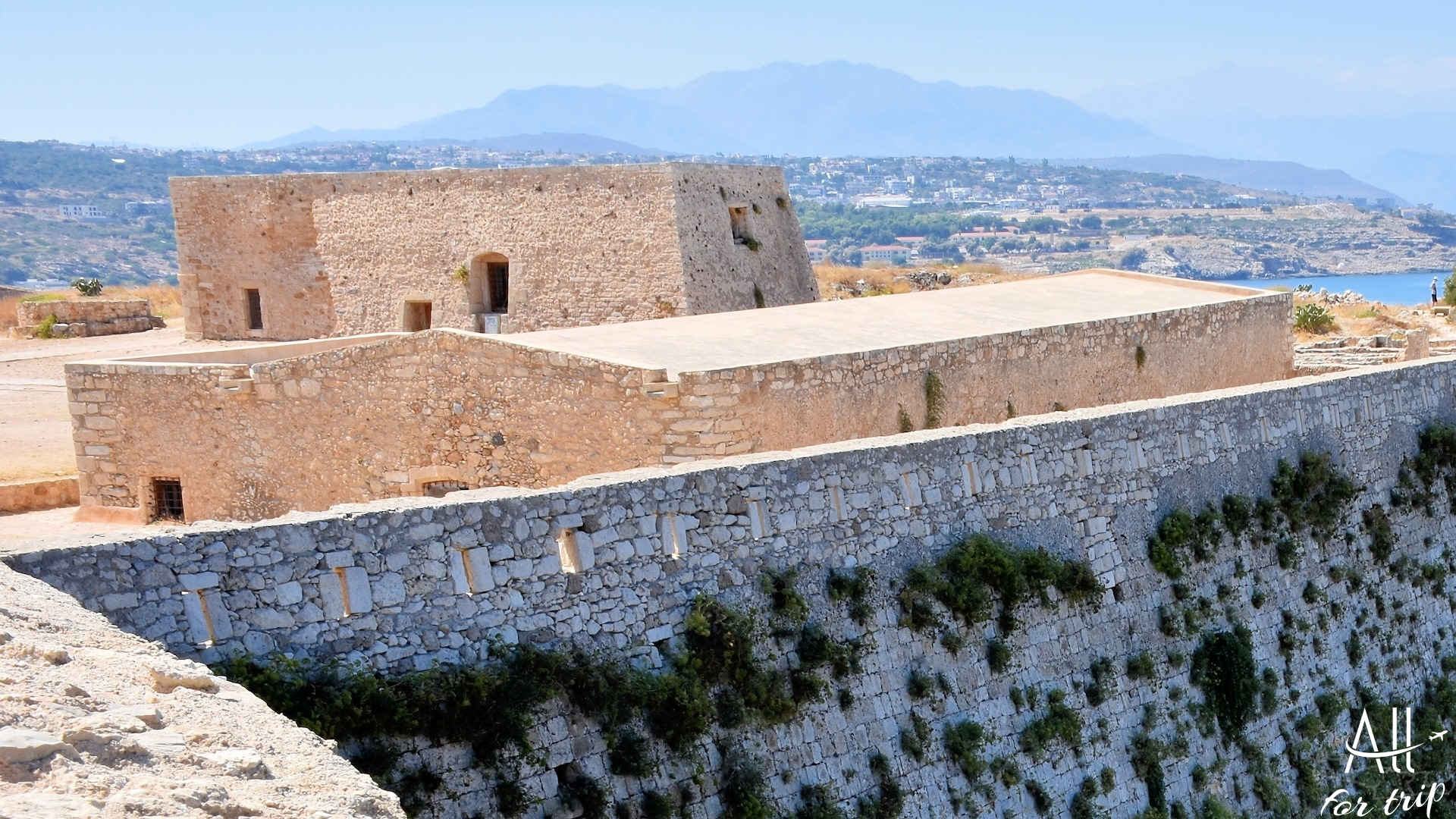
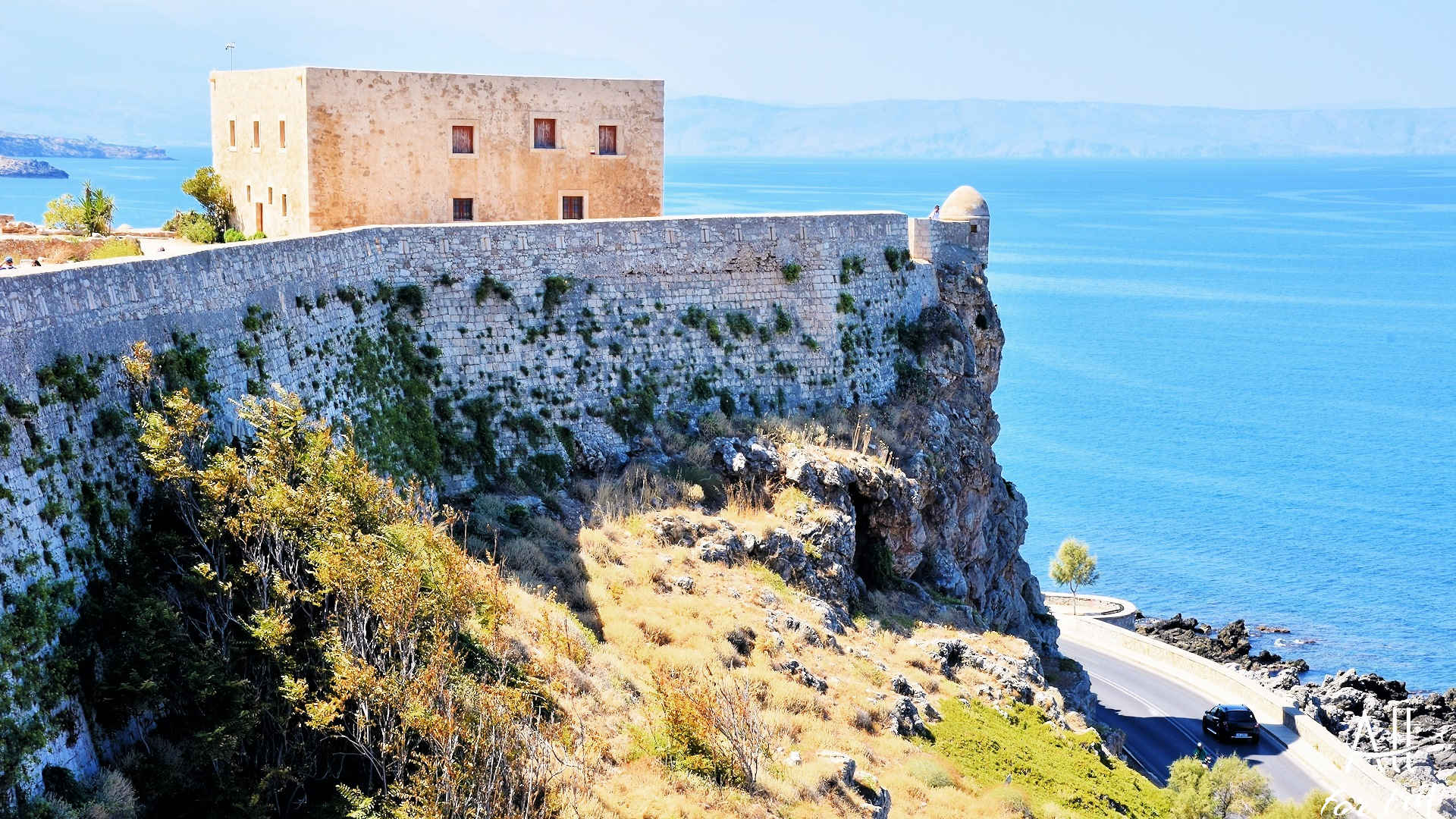
Bastion of Aylos Nikolaos in Fortezza Castle
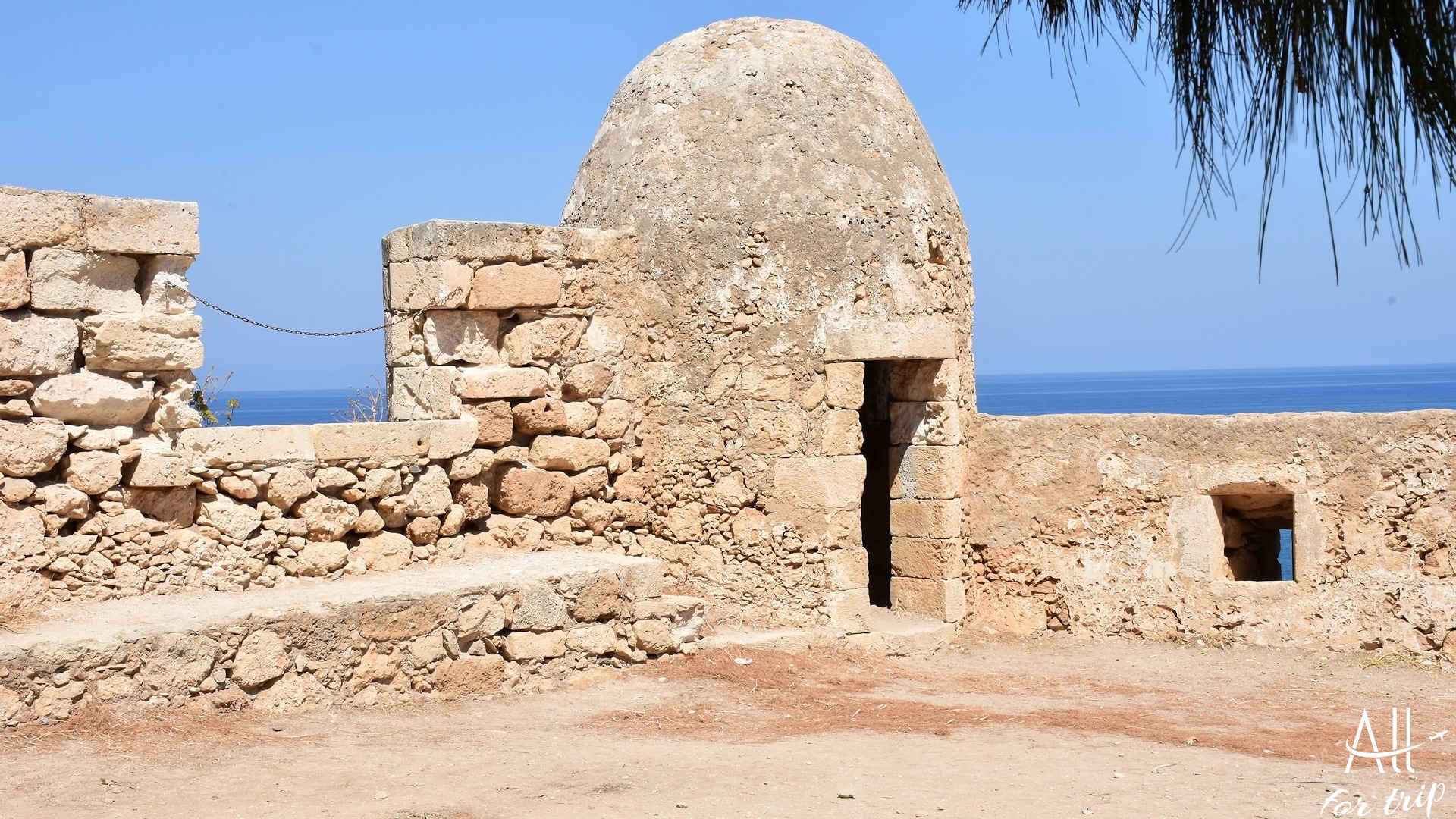
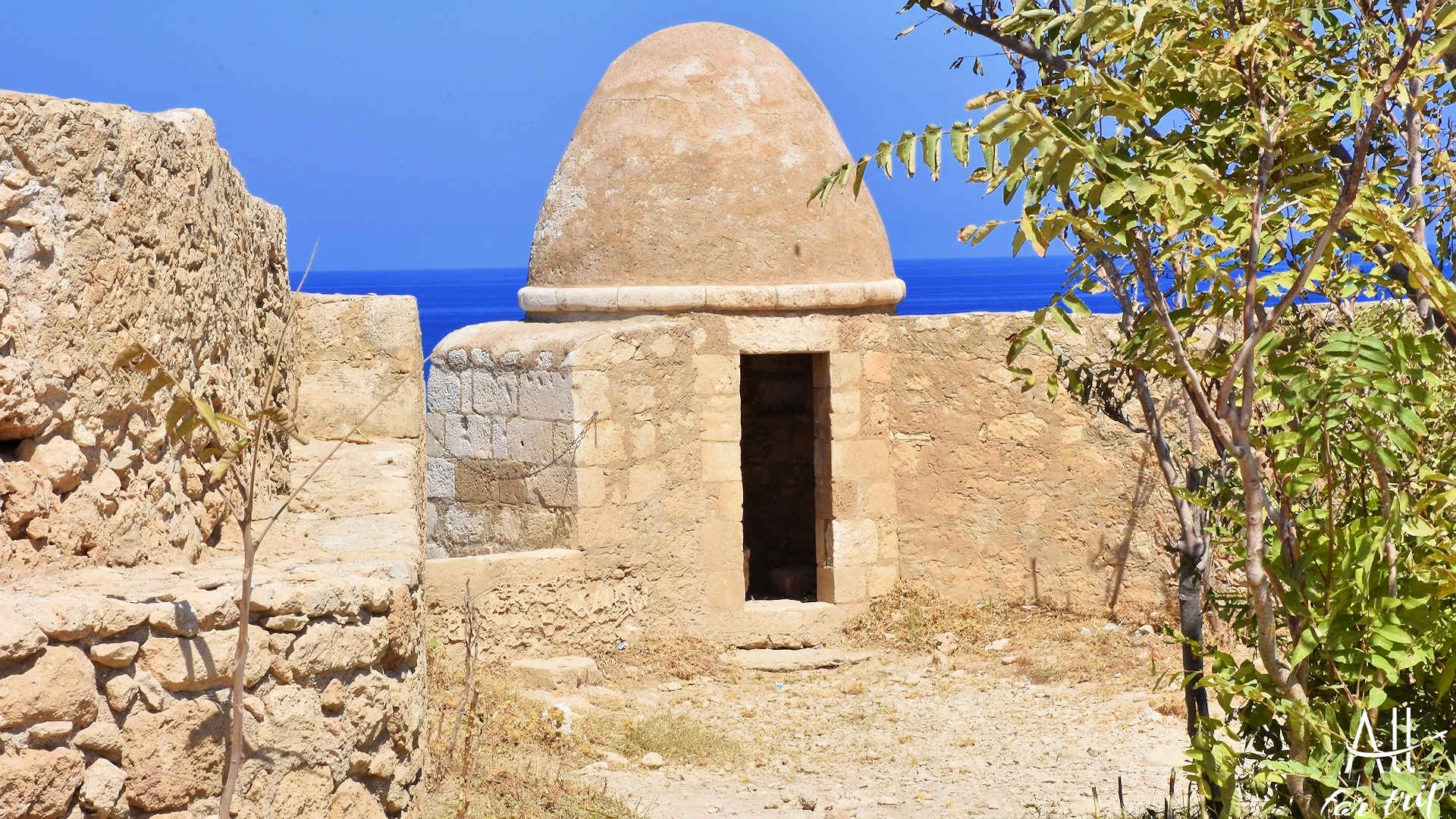
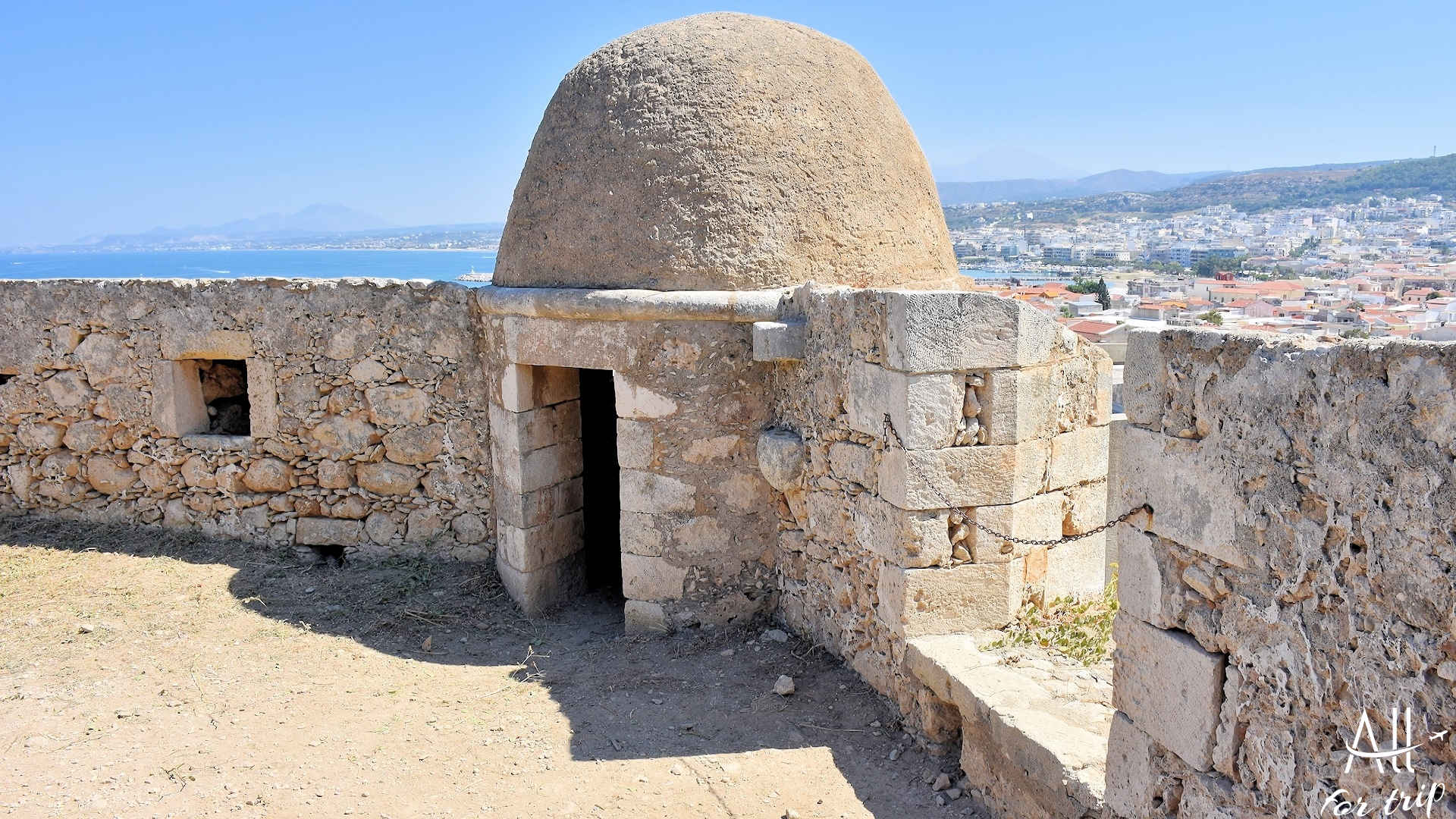
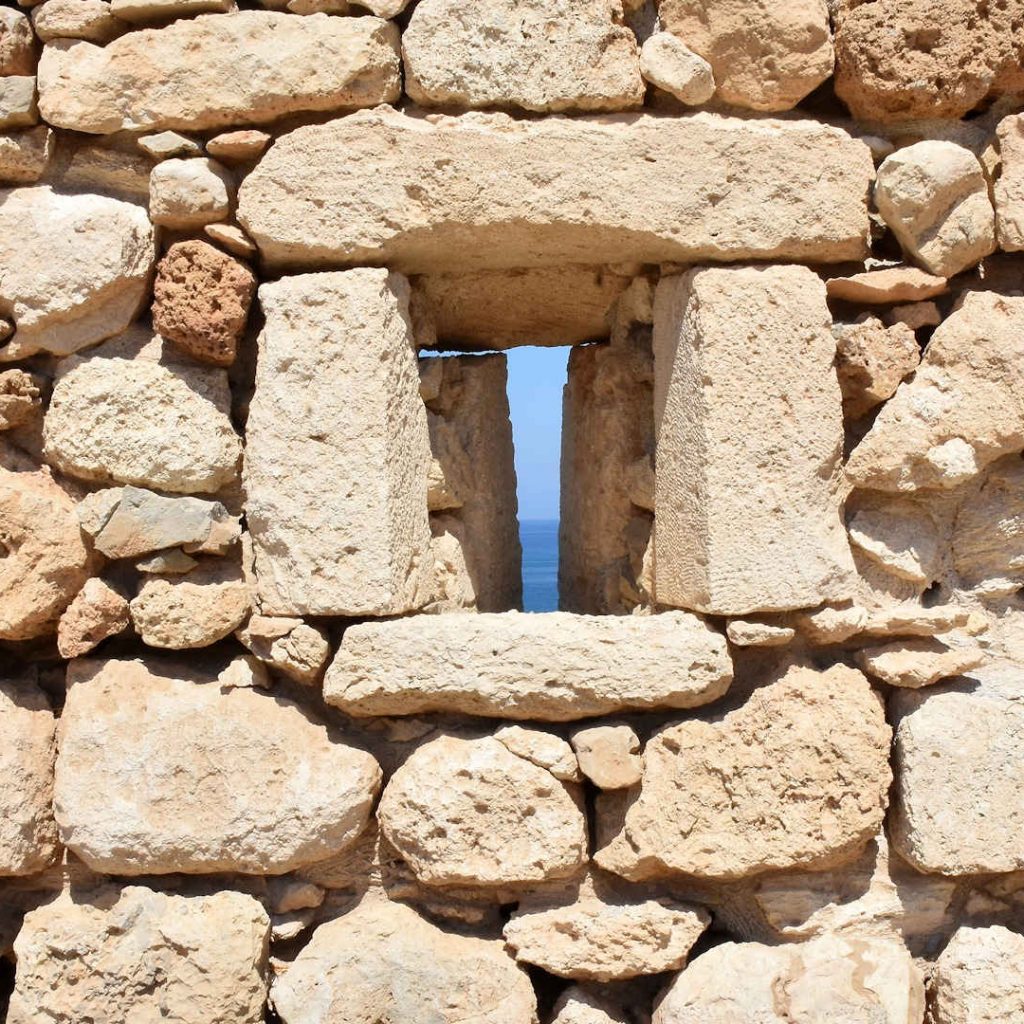
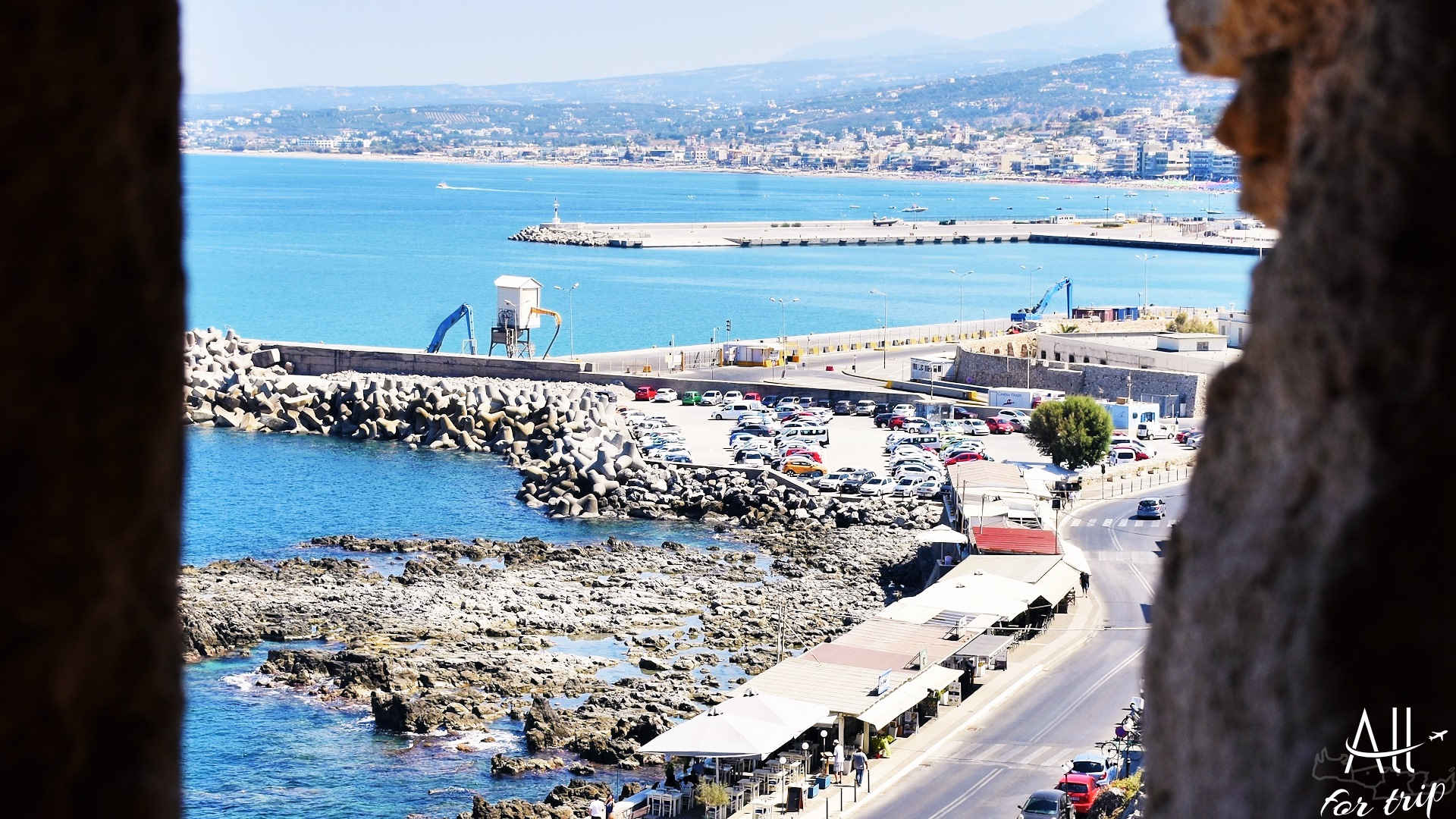
Church of Agios Theodoros Trichina in Fortezza Castle
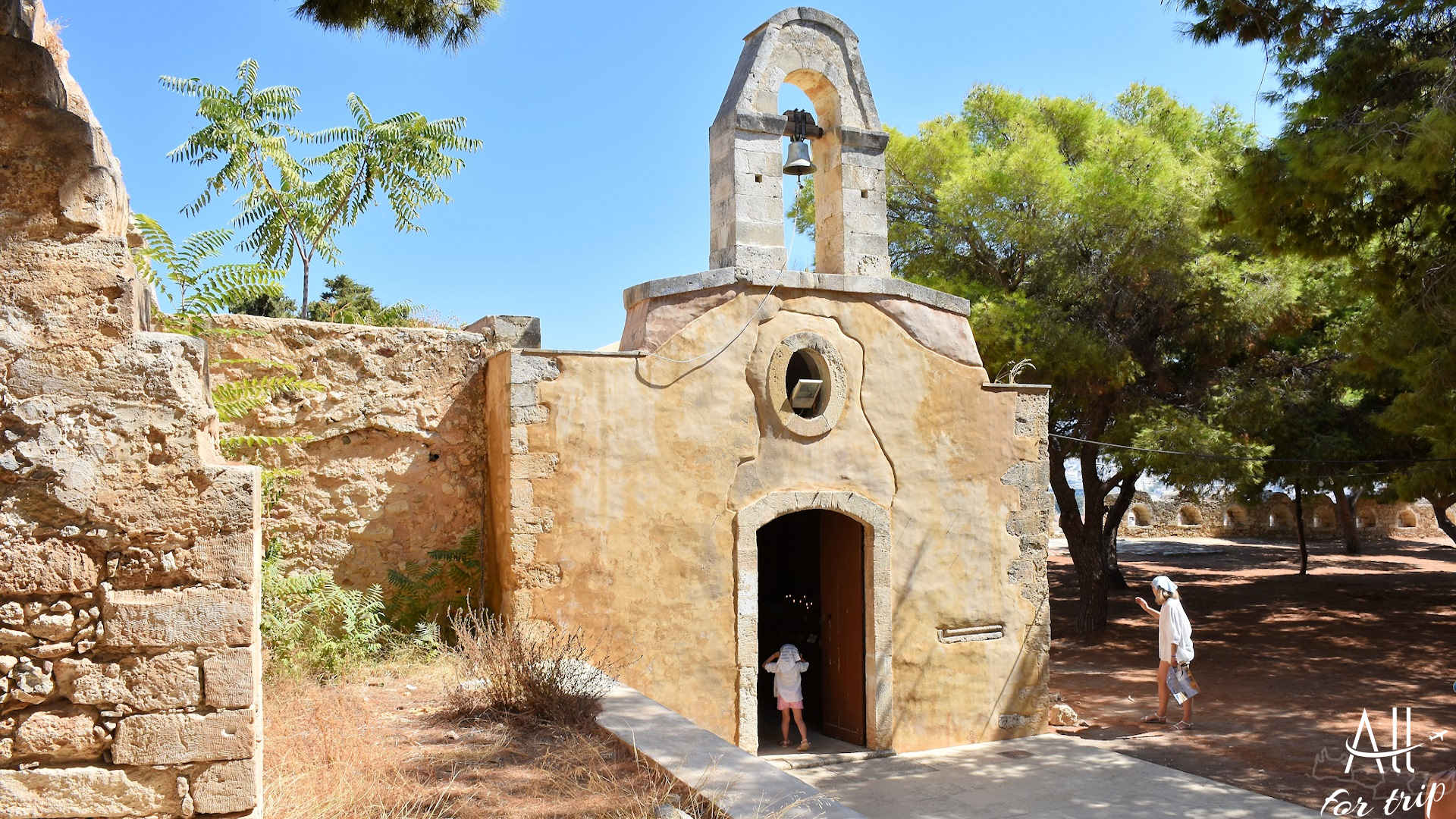
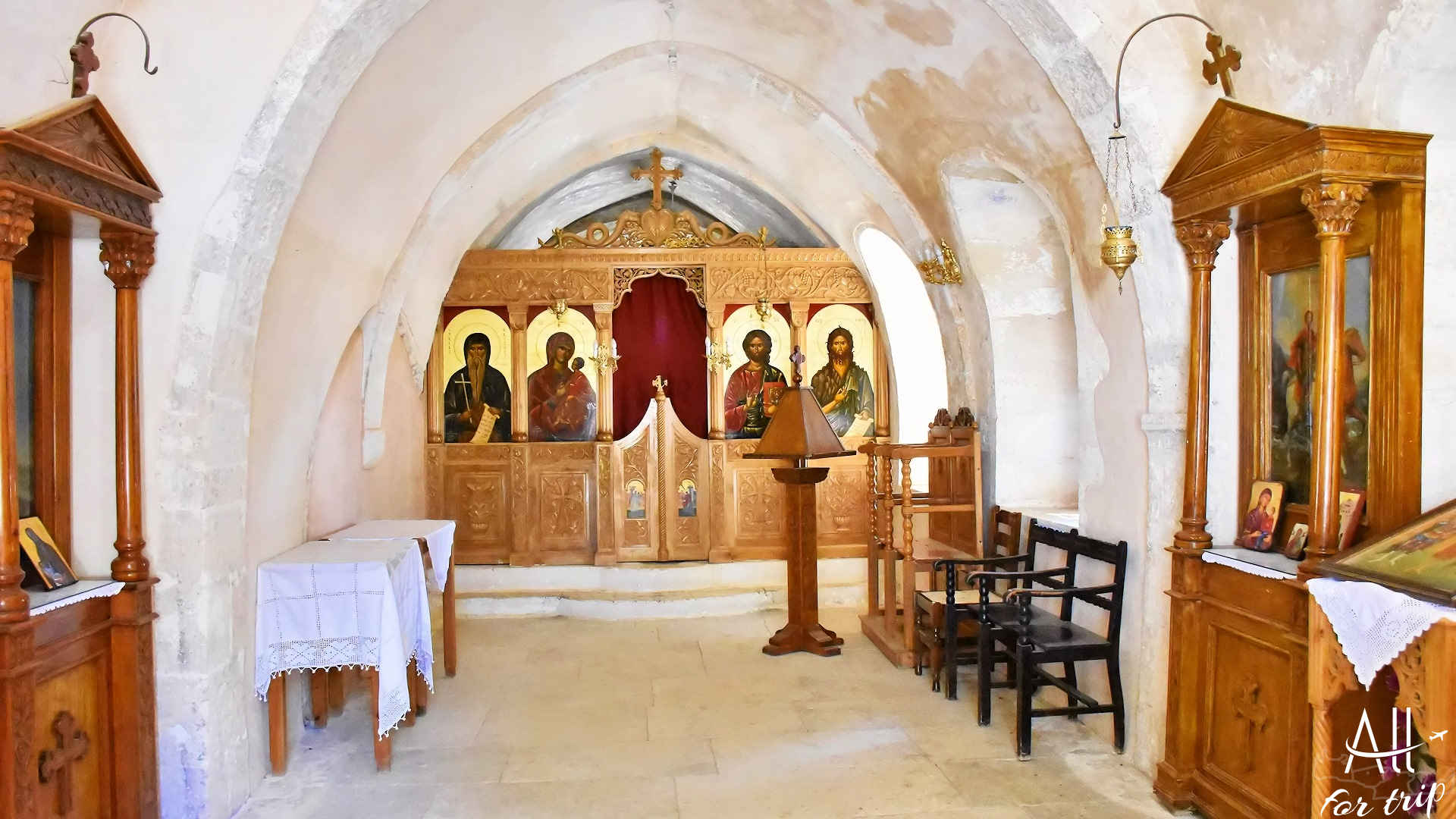
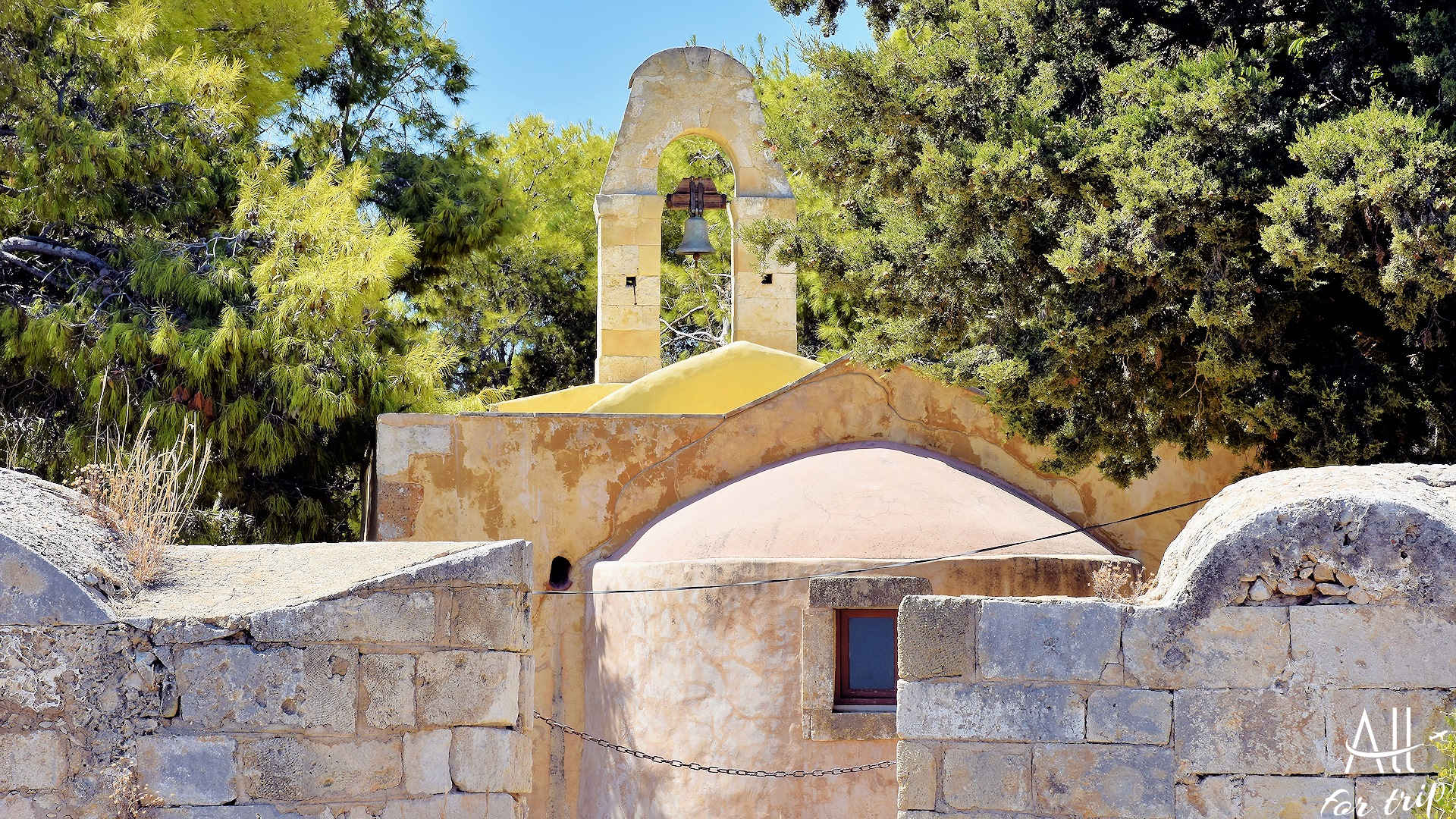
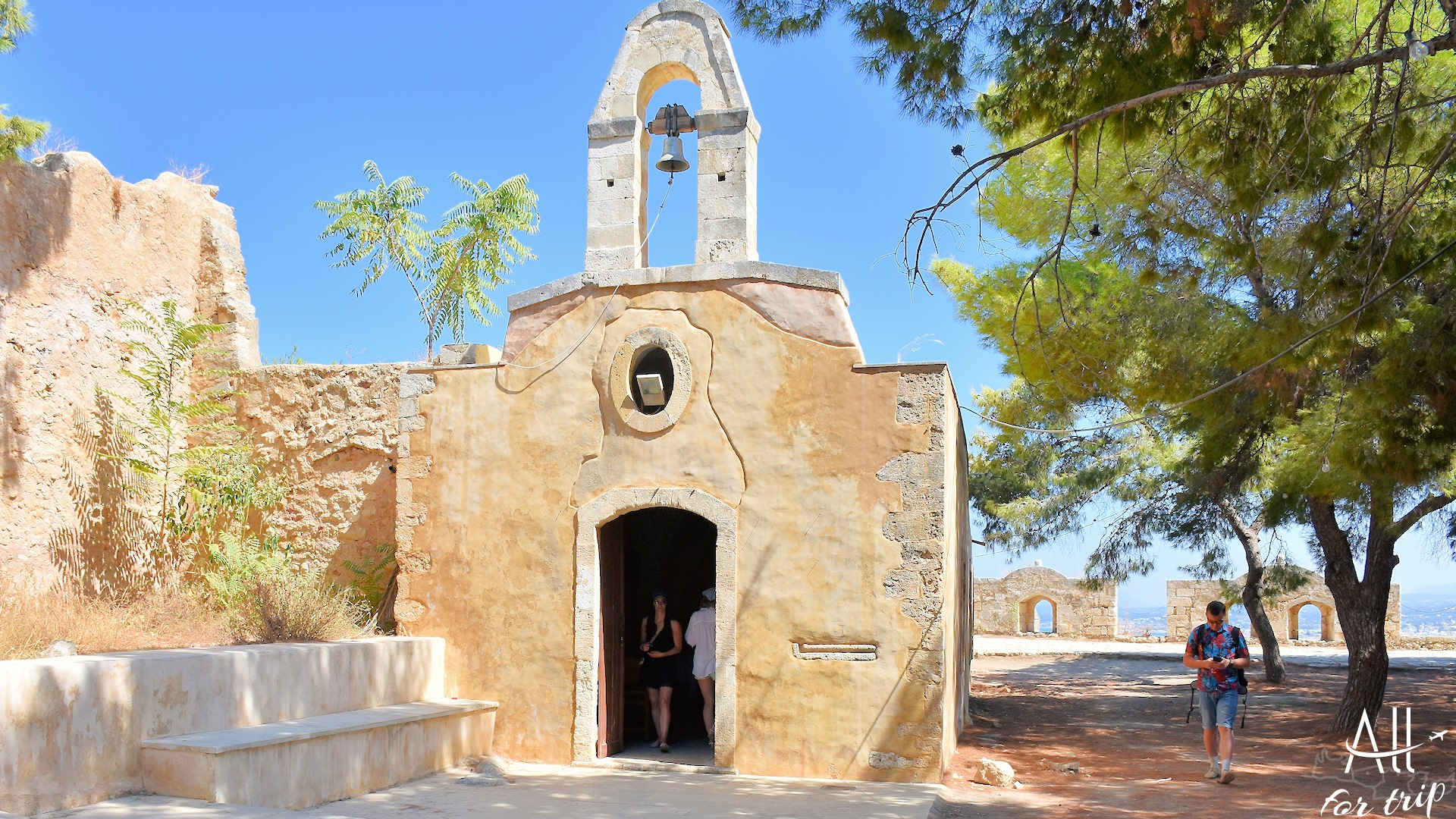
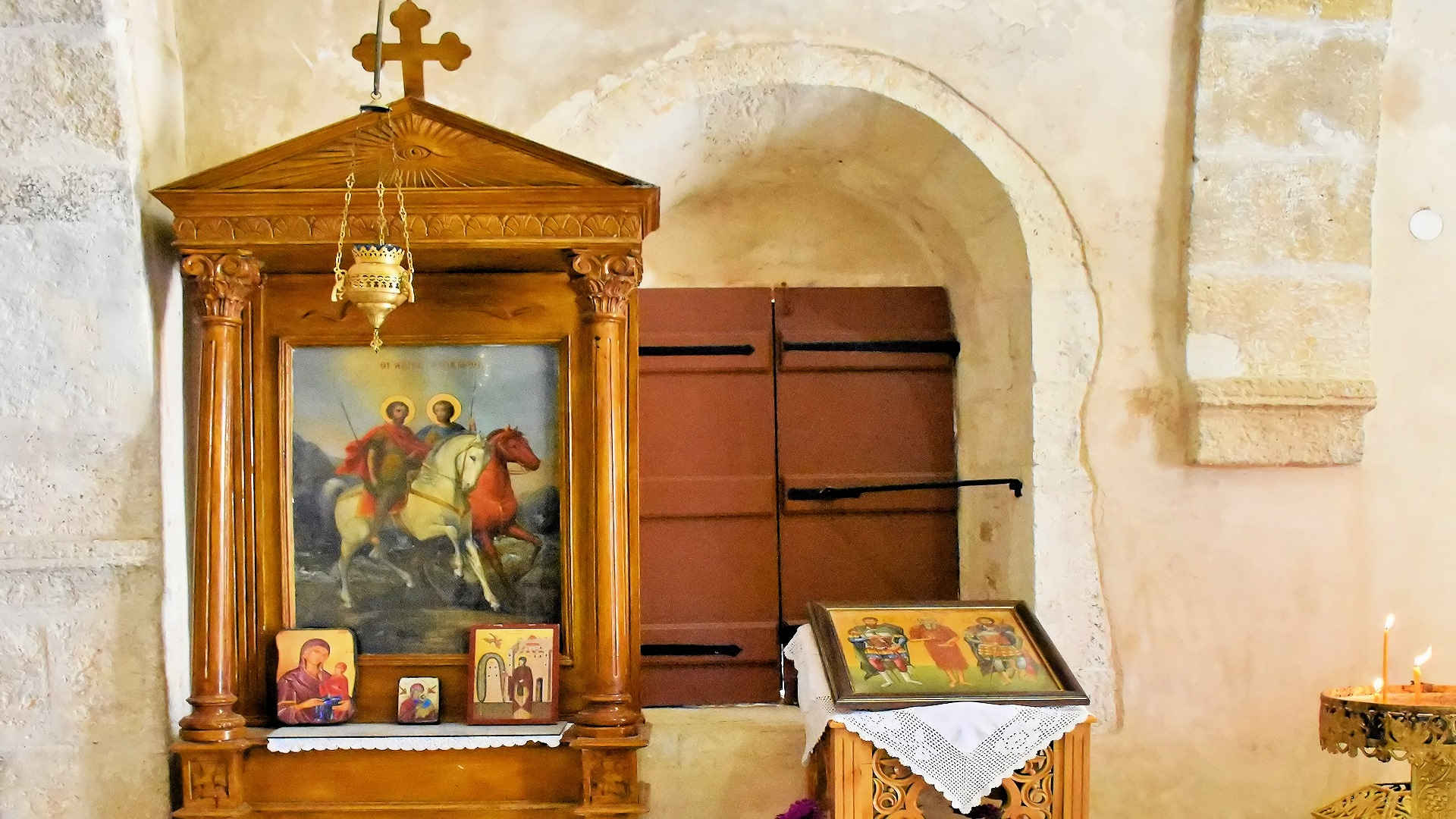
Neratze Mosque
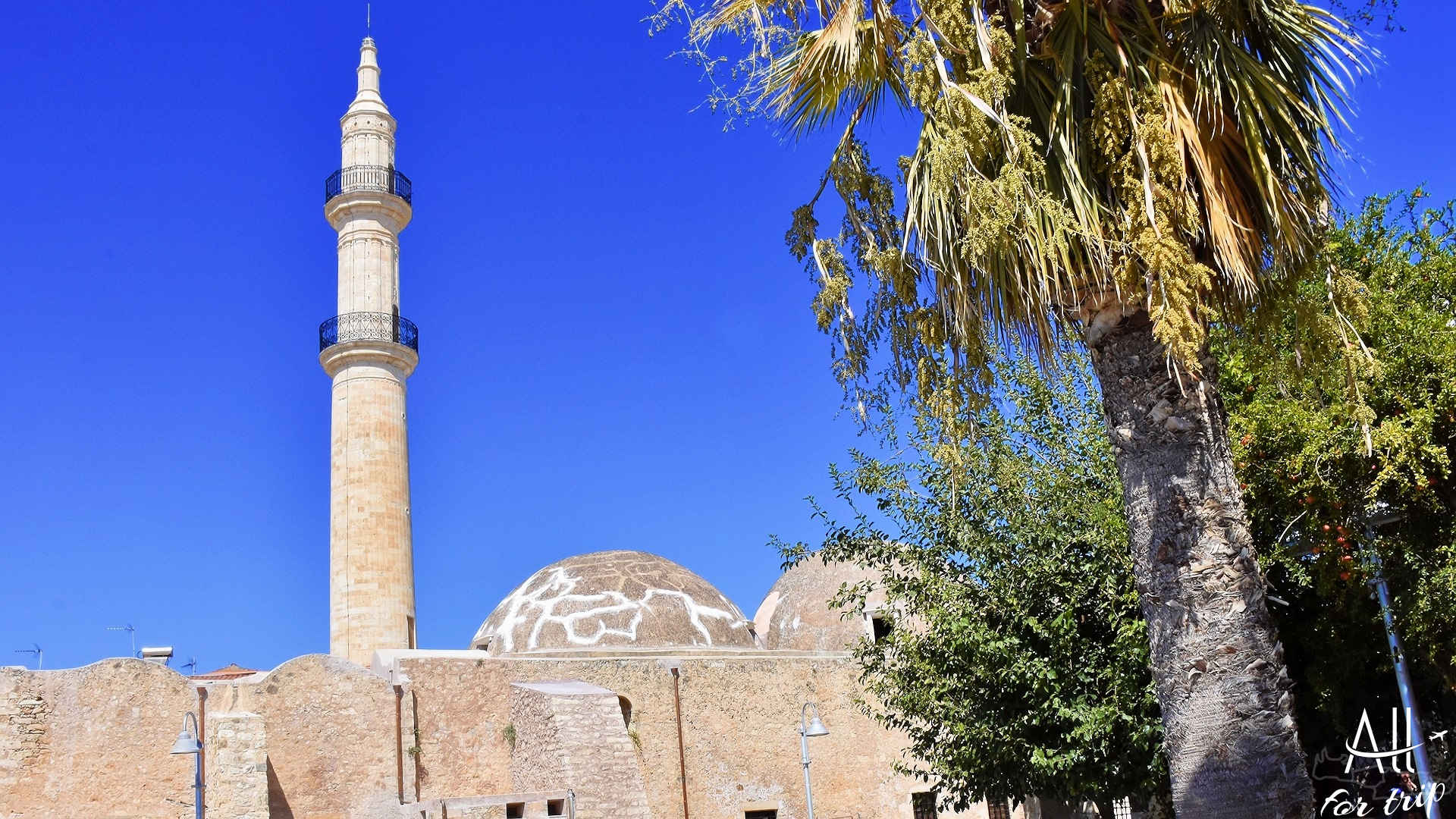
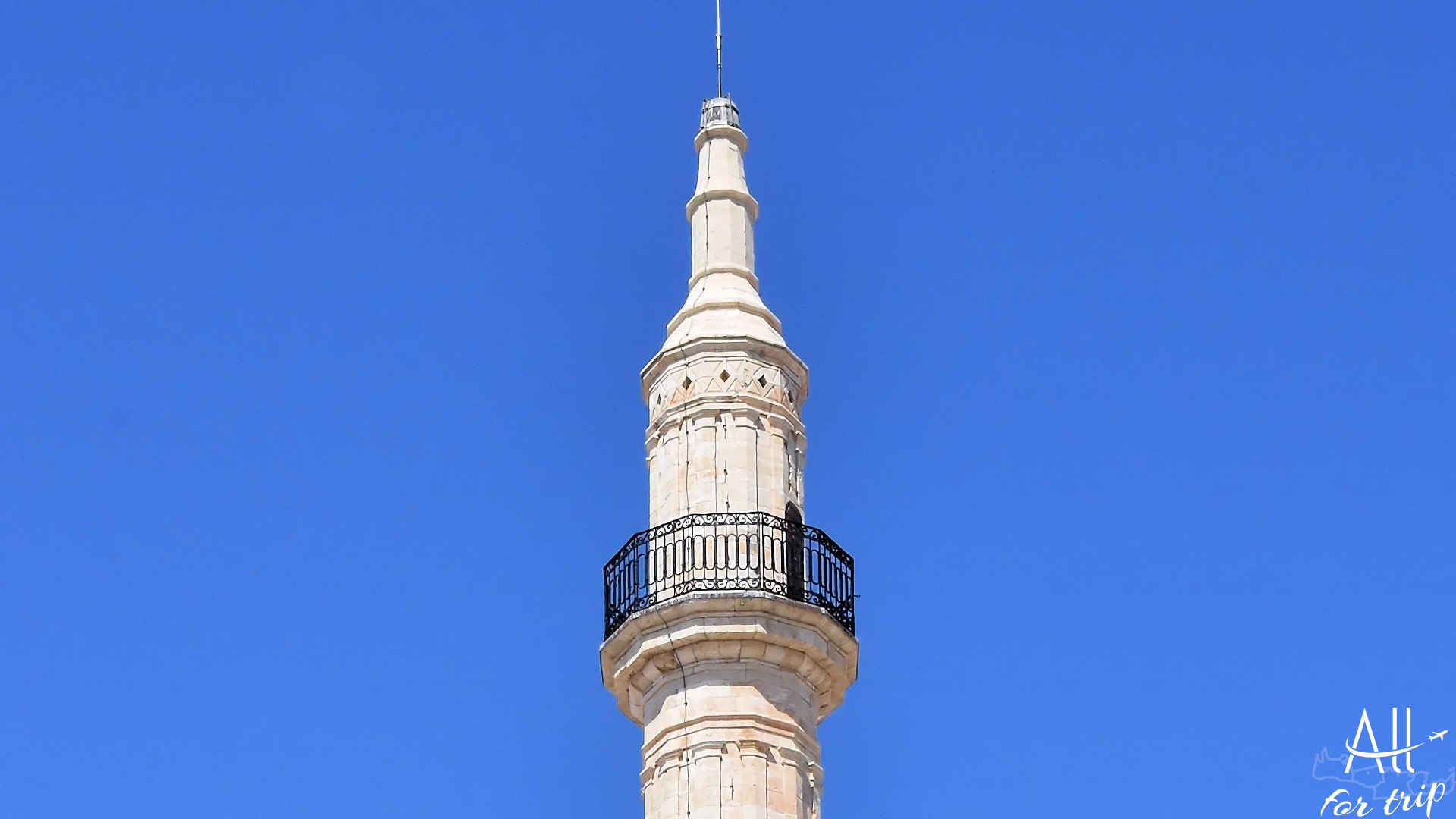
Church Of Four Martyrs
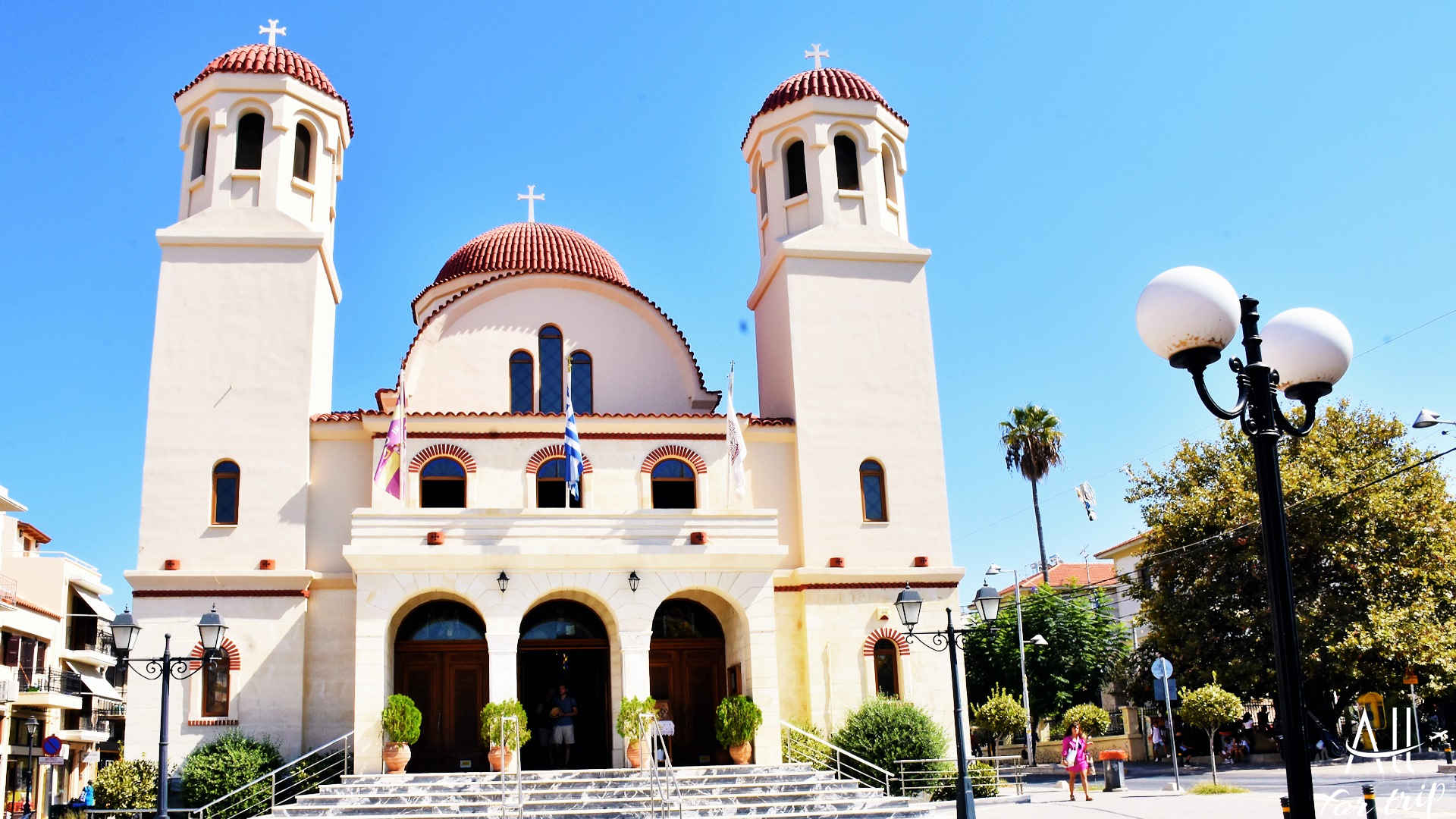
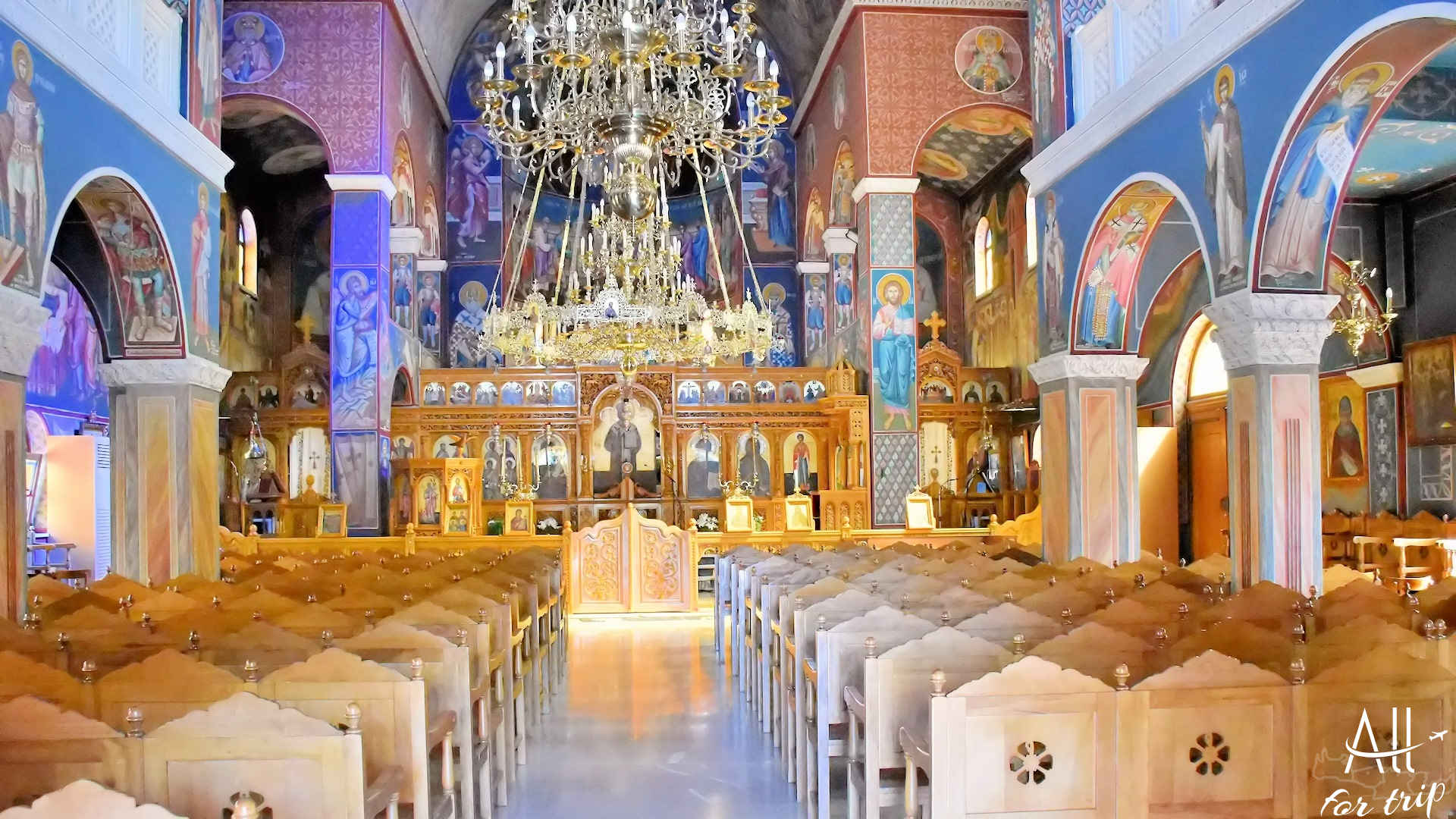
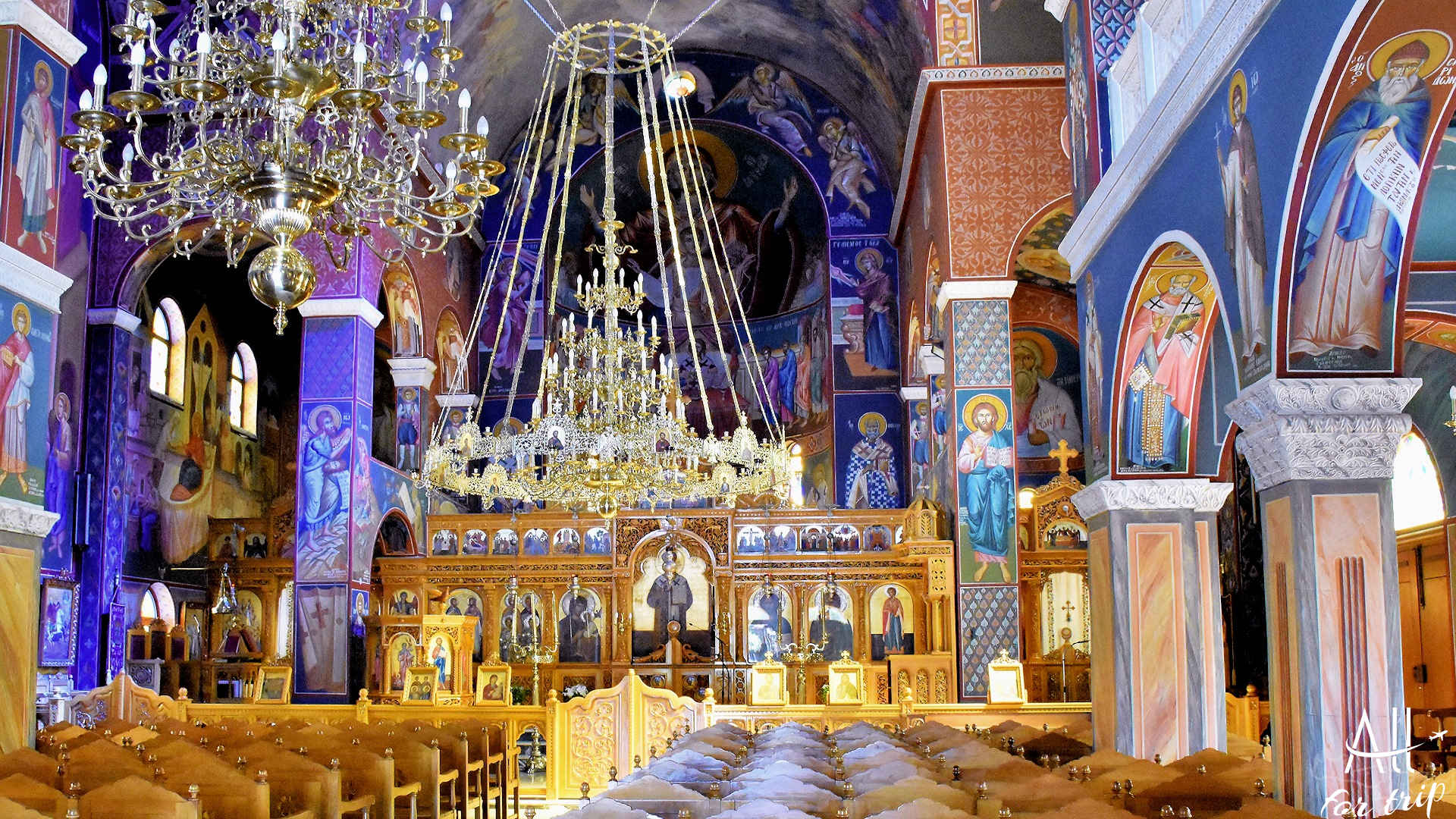
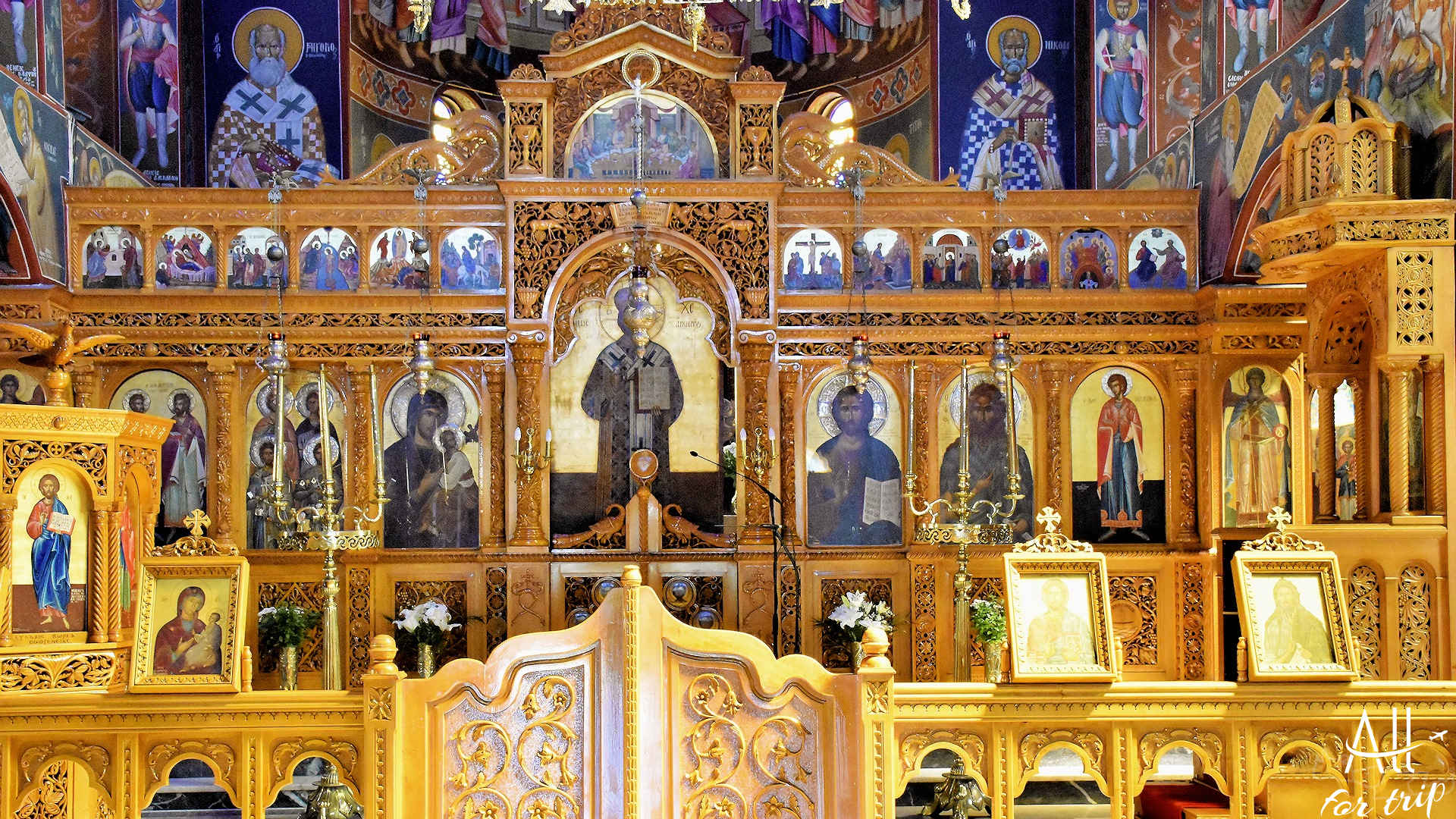
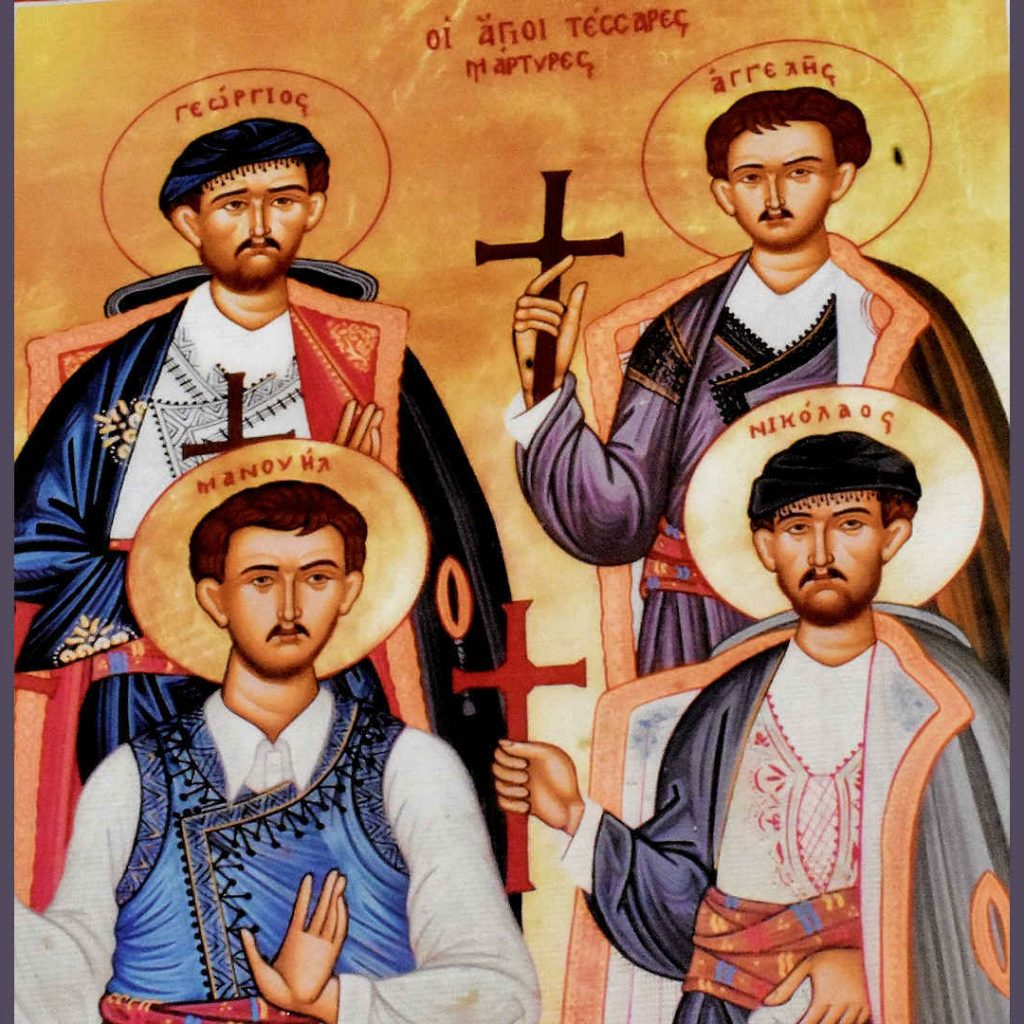
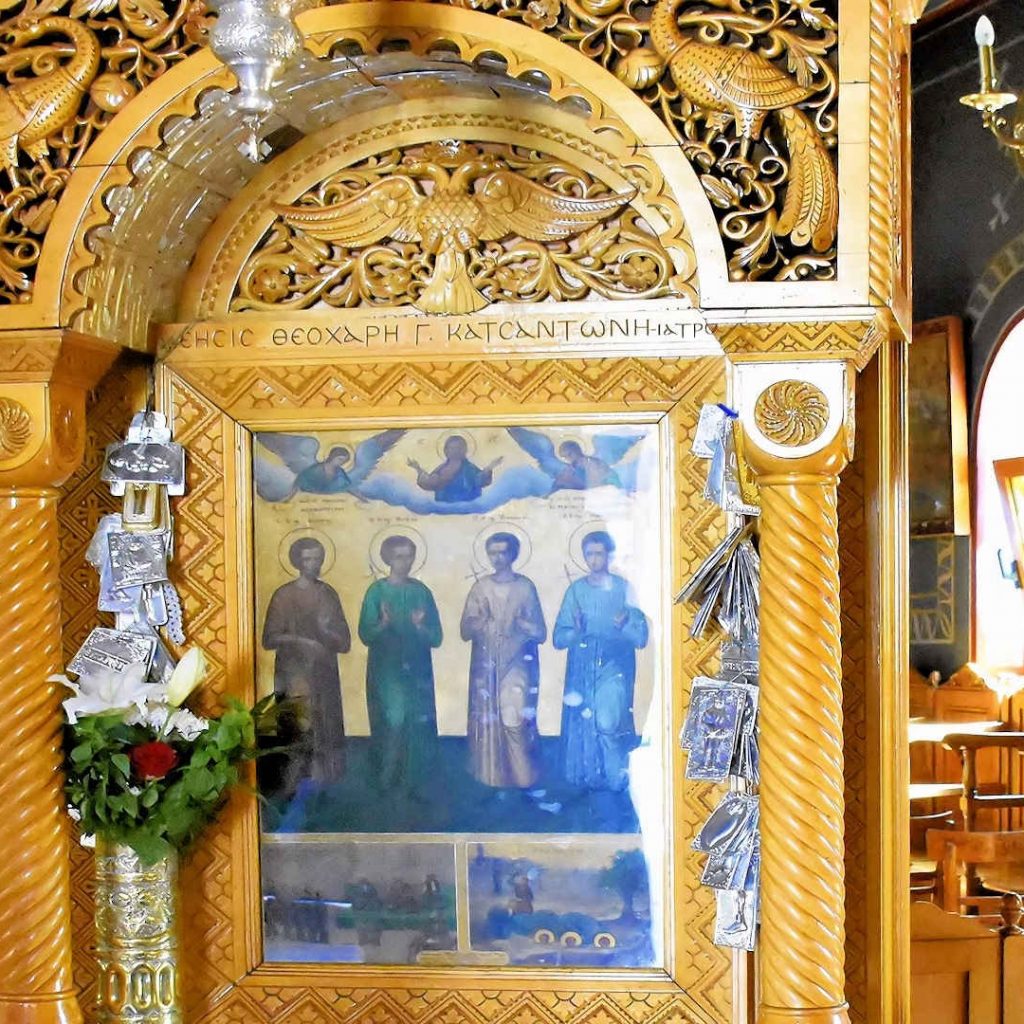
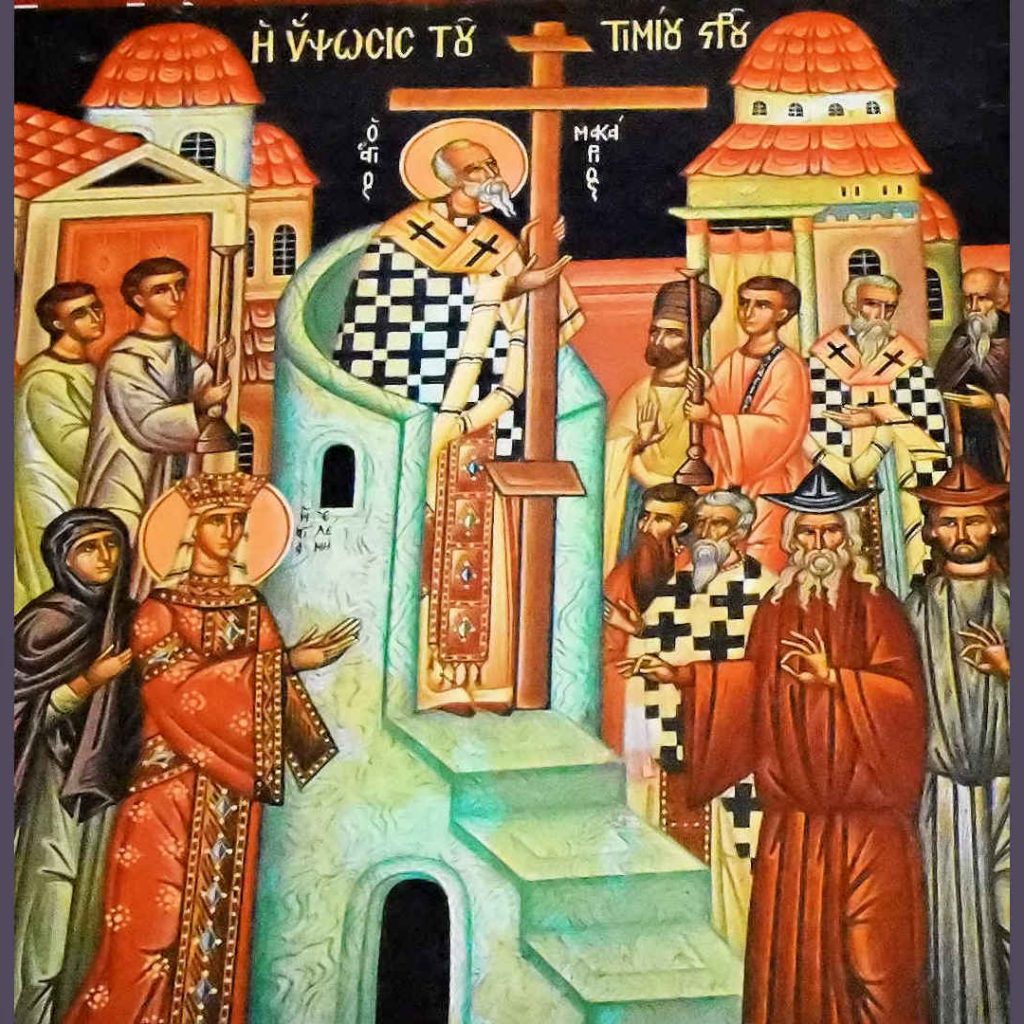
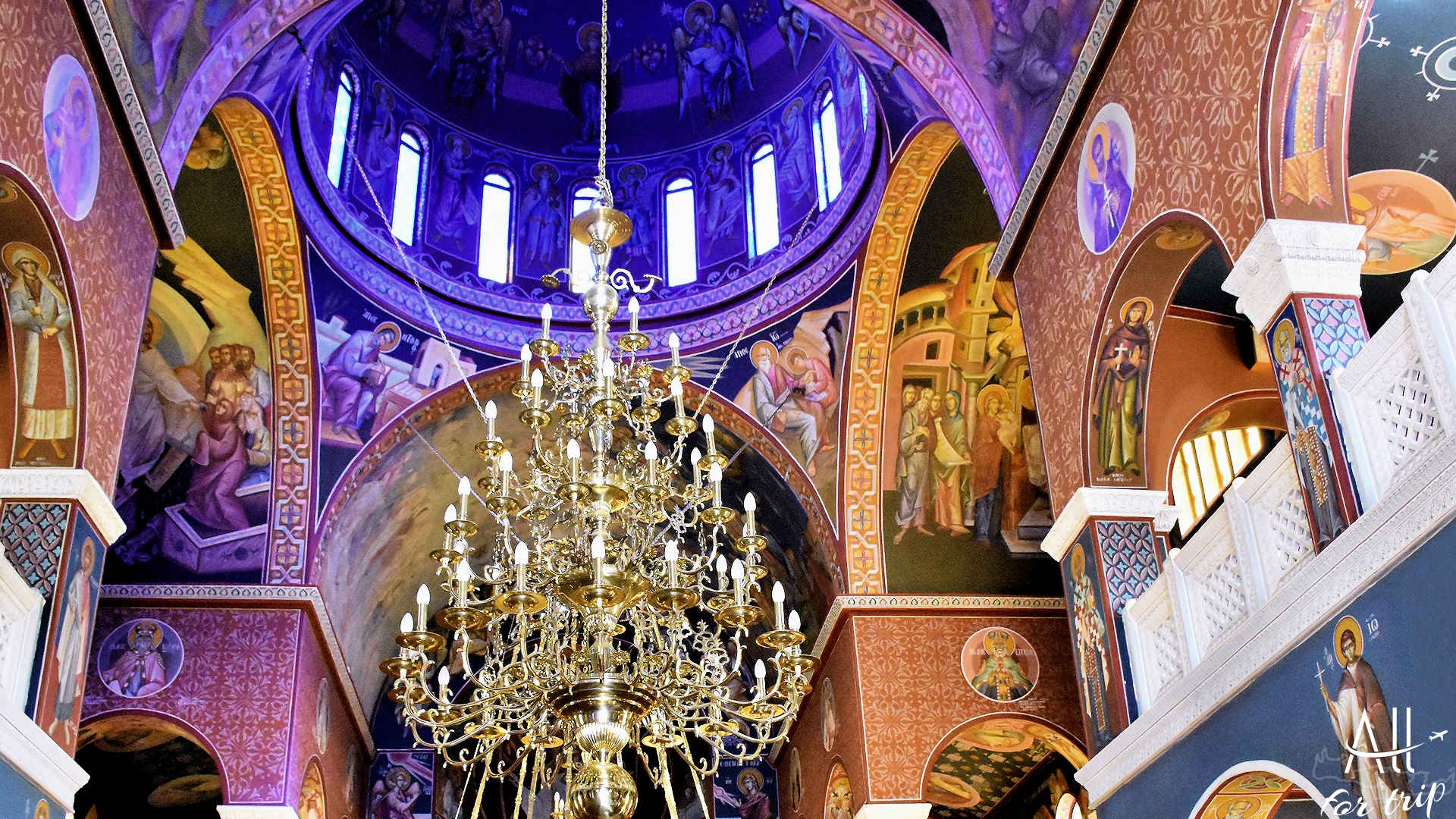
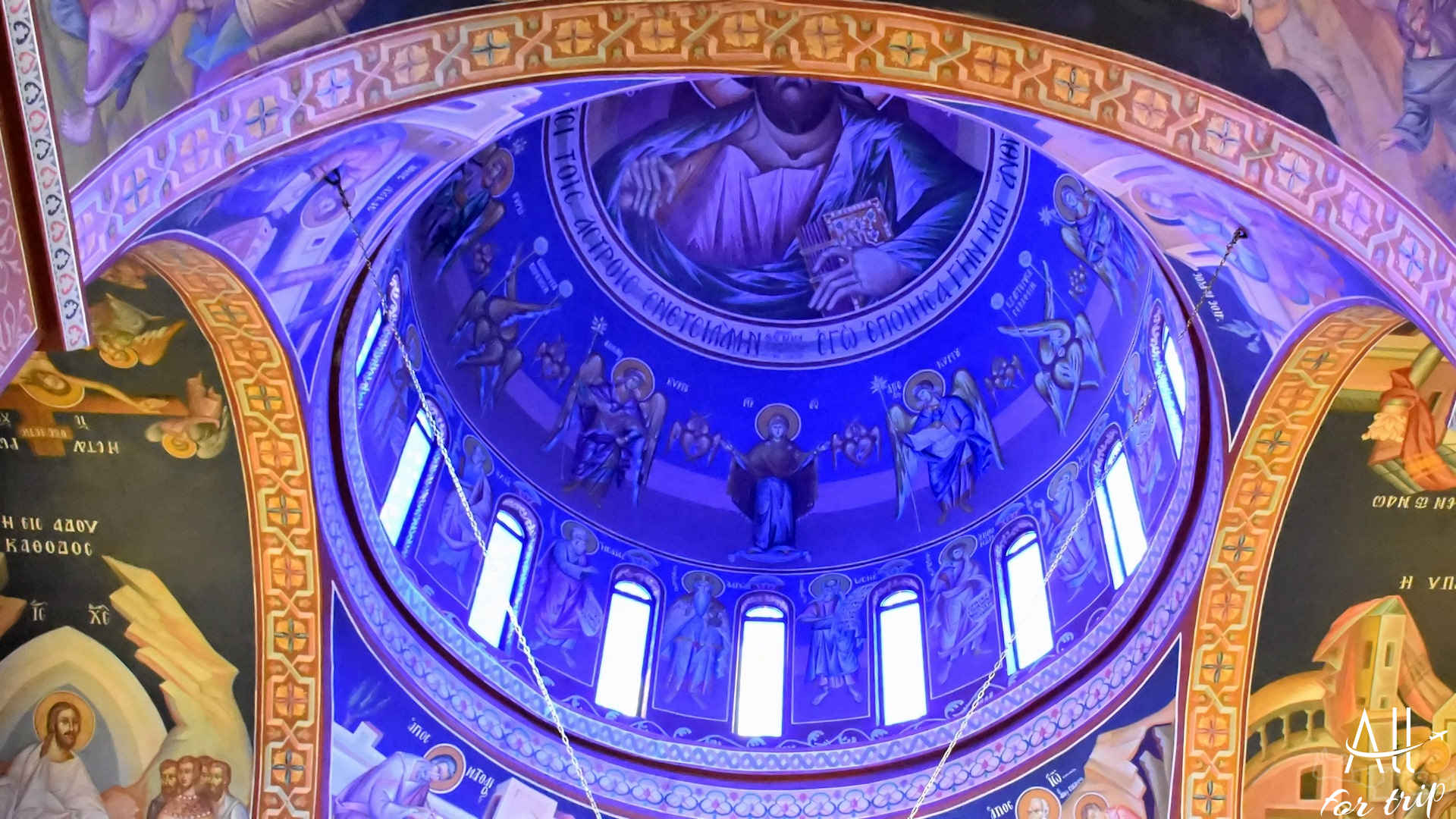
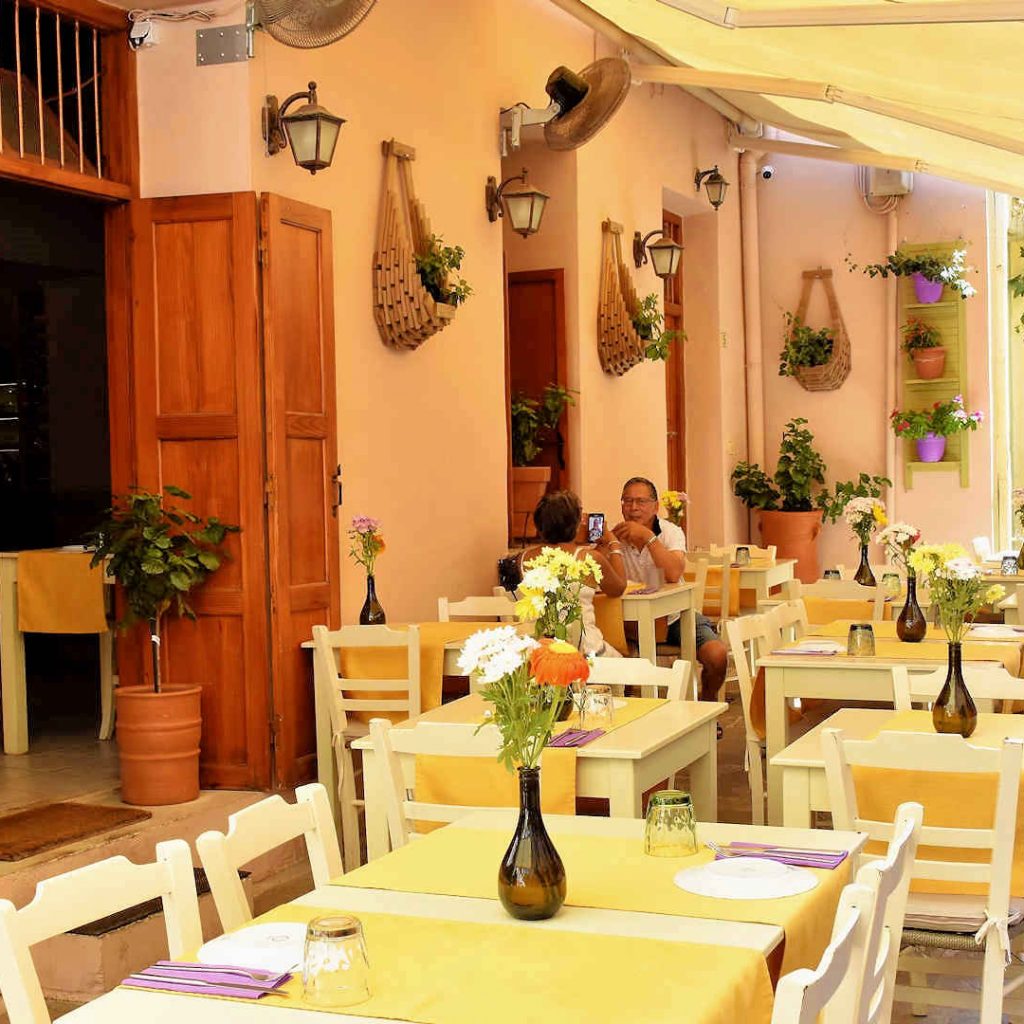
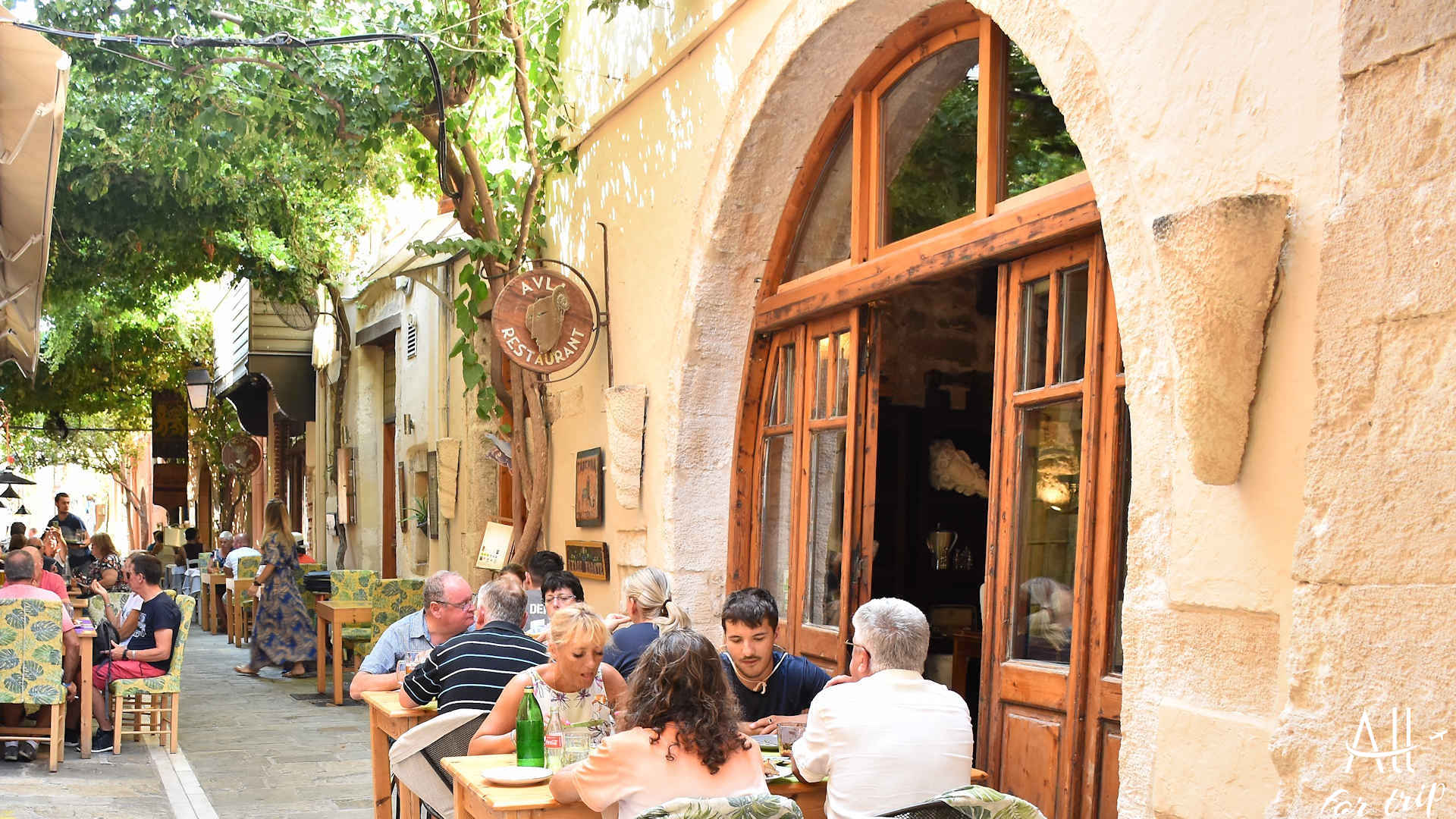
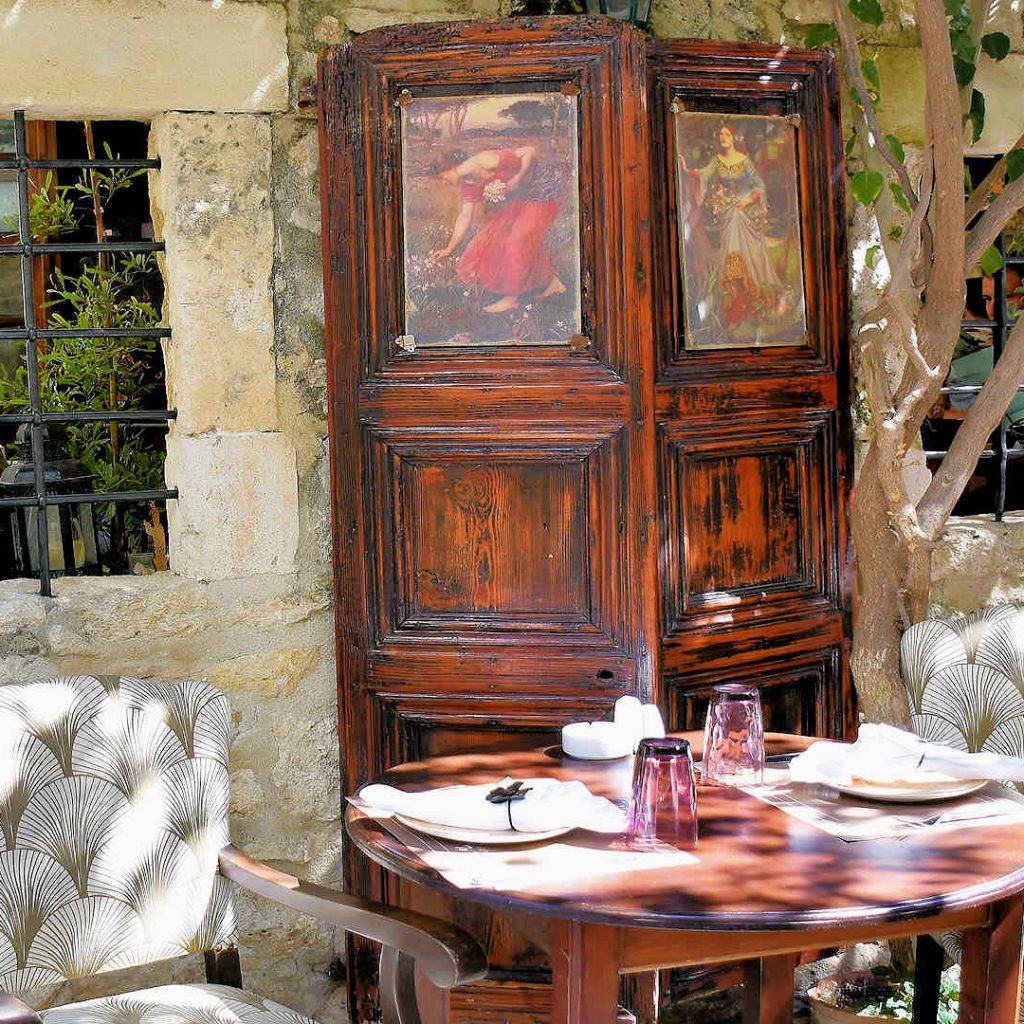
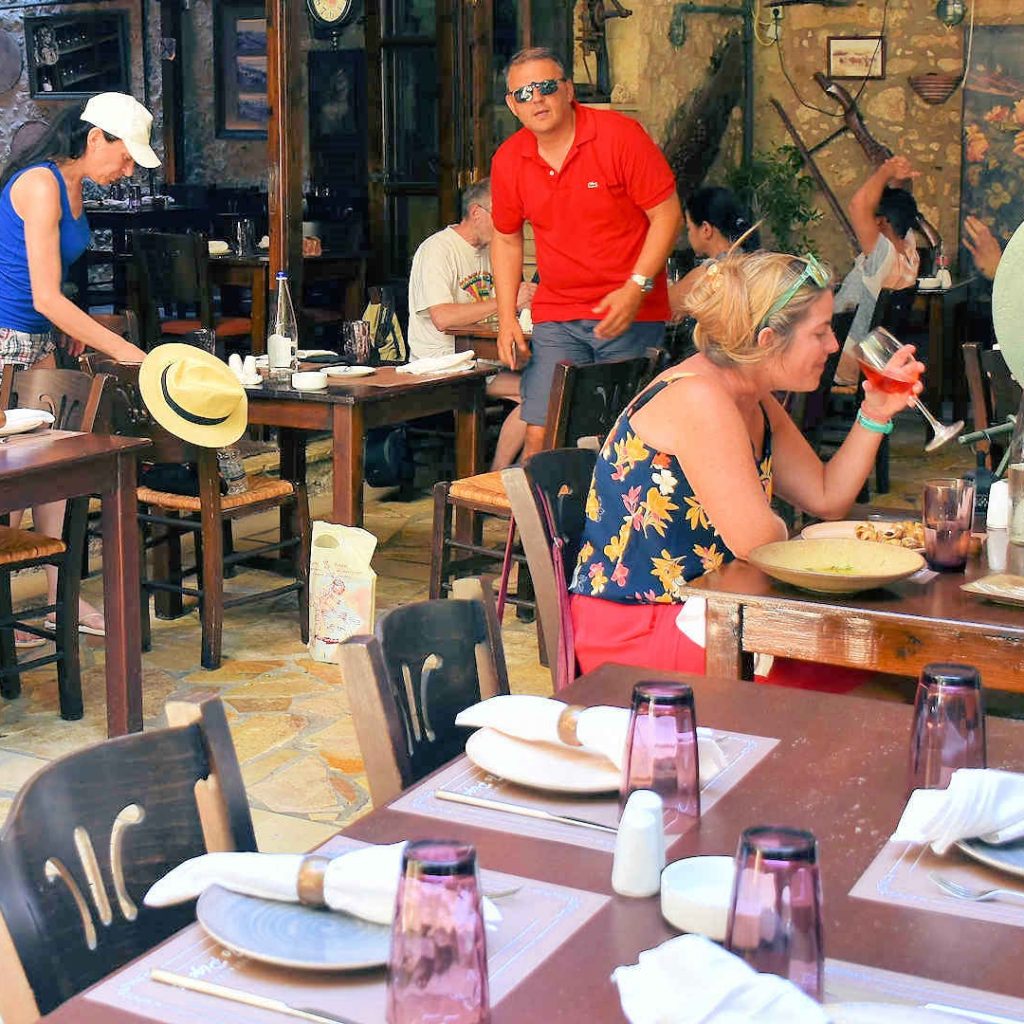
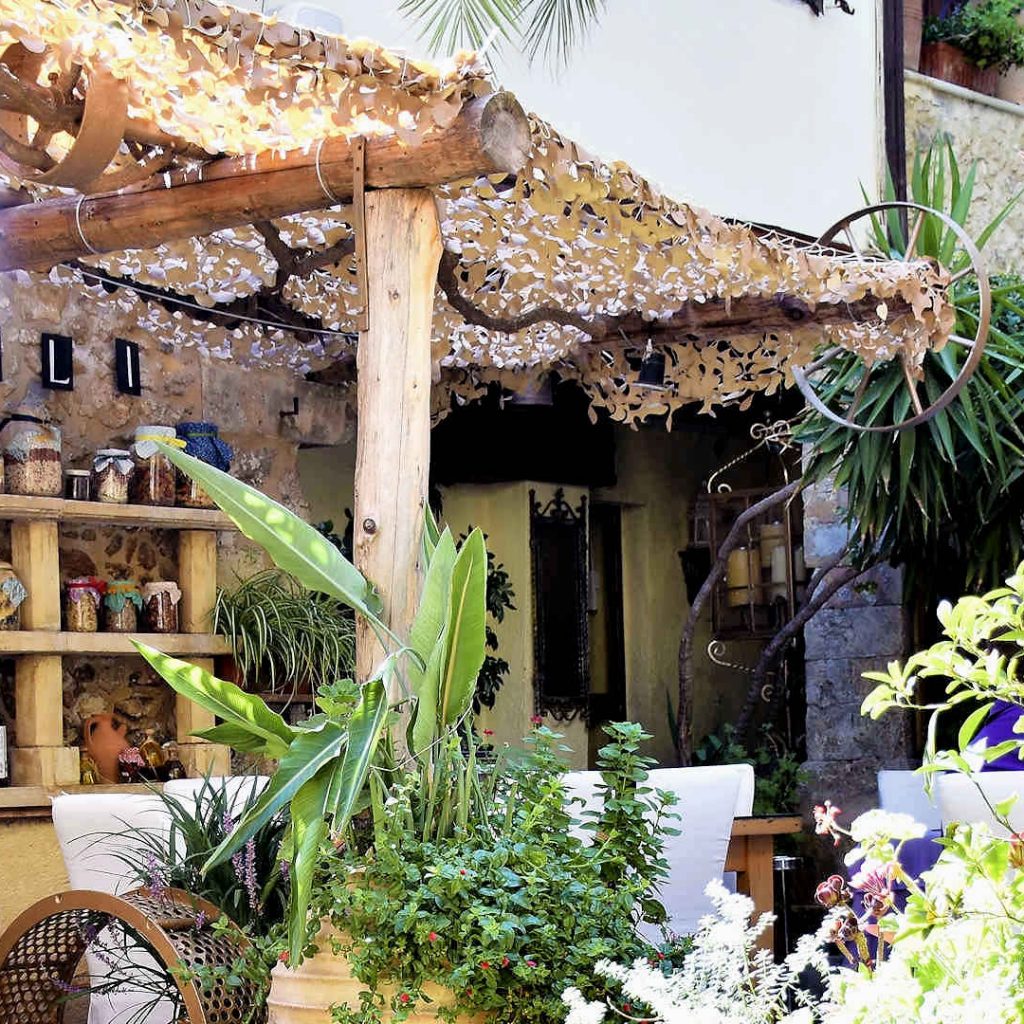
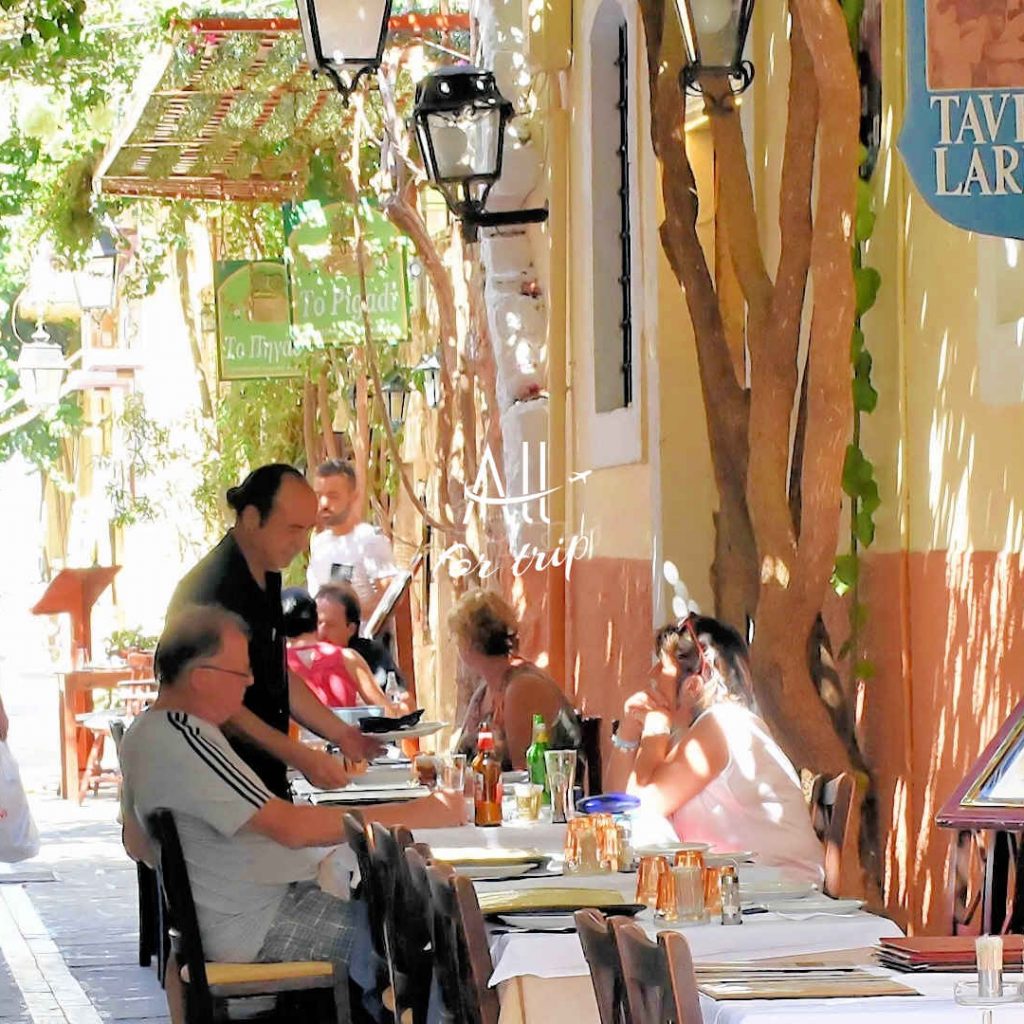
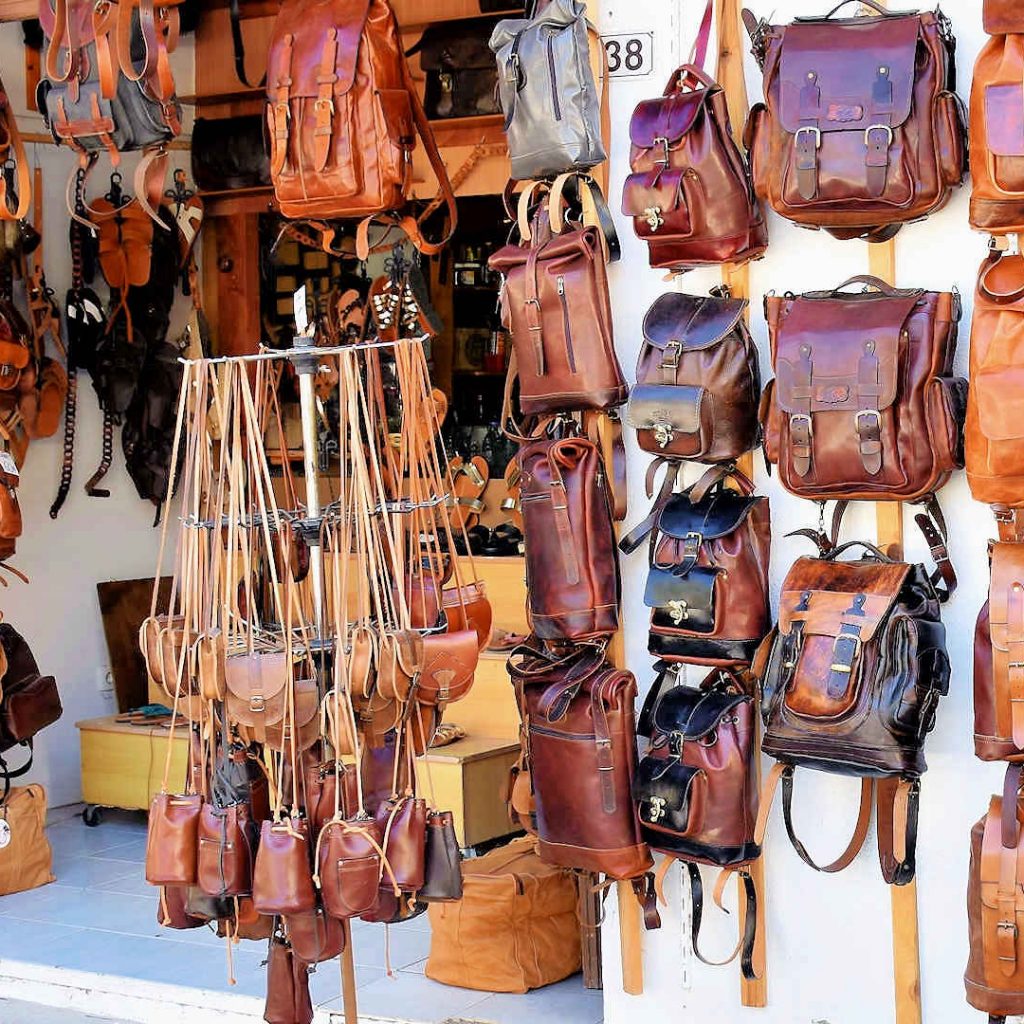
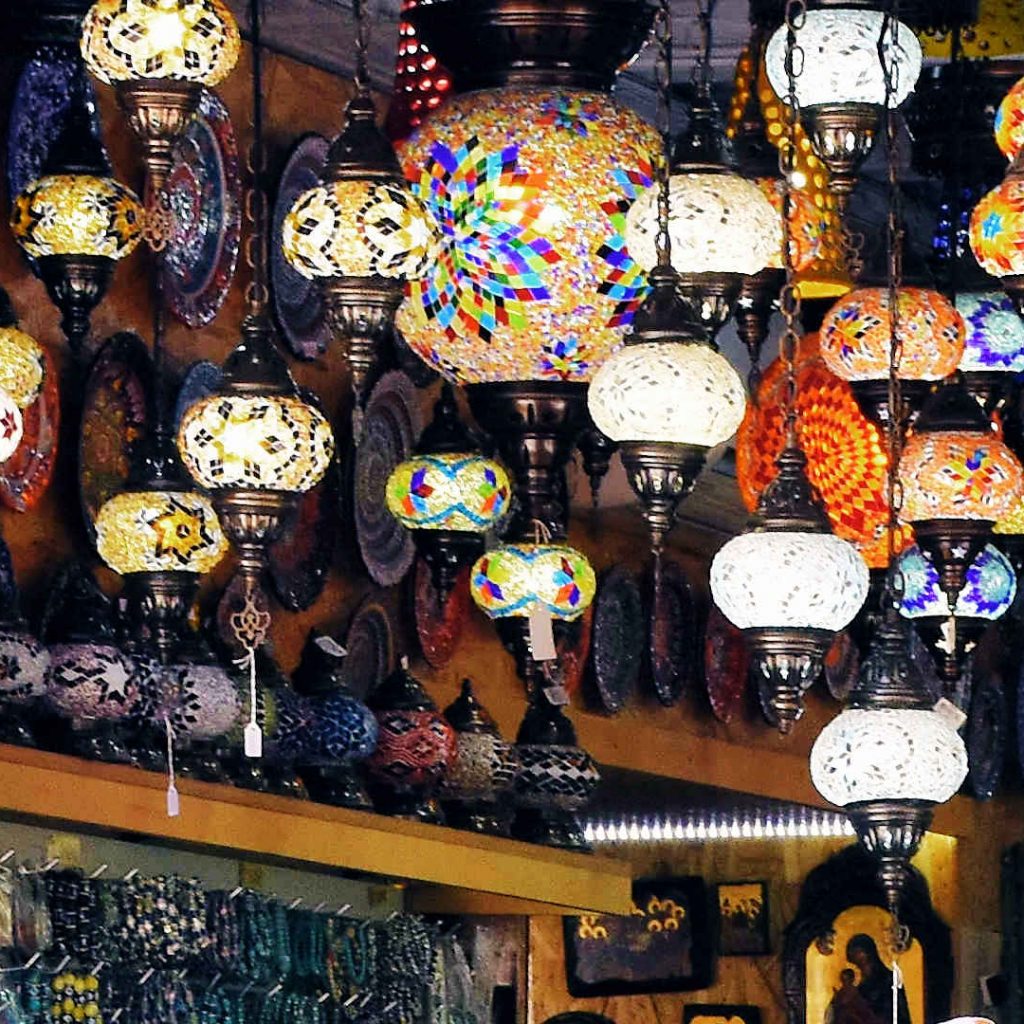
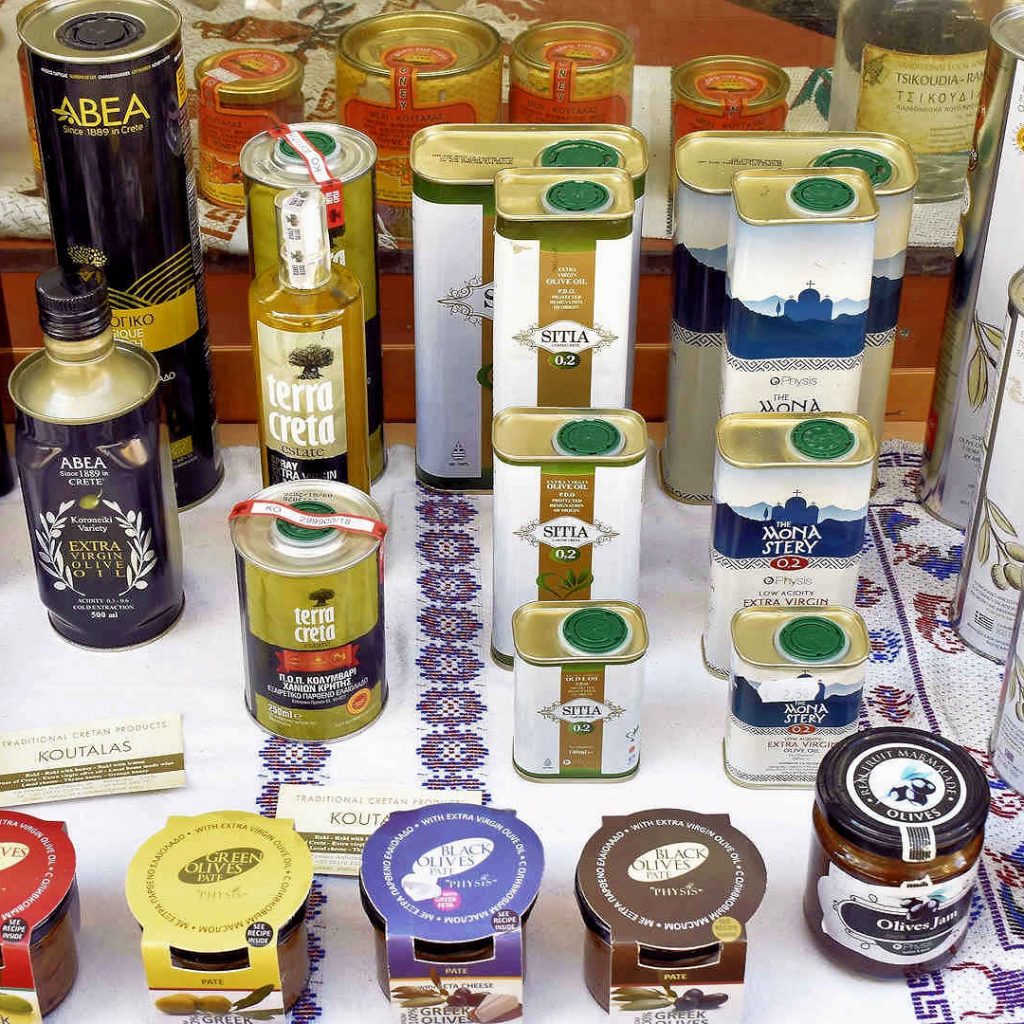
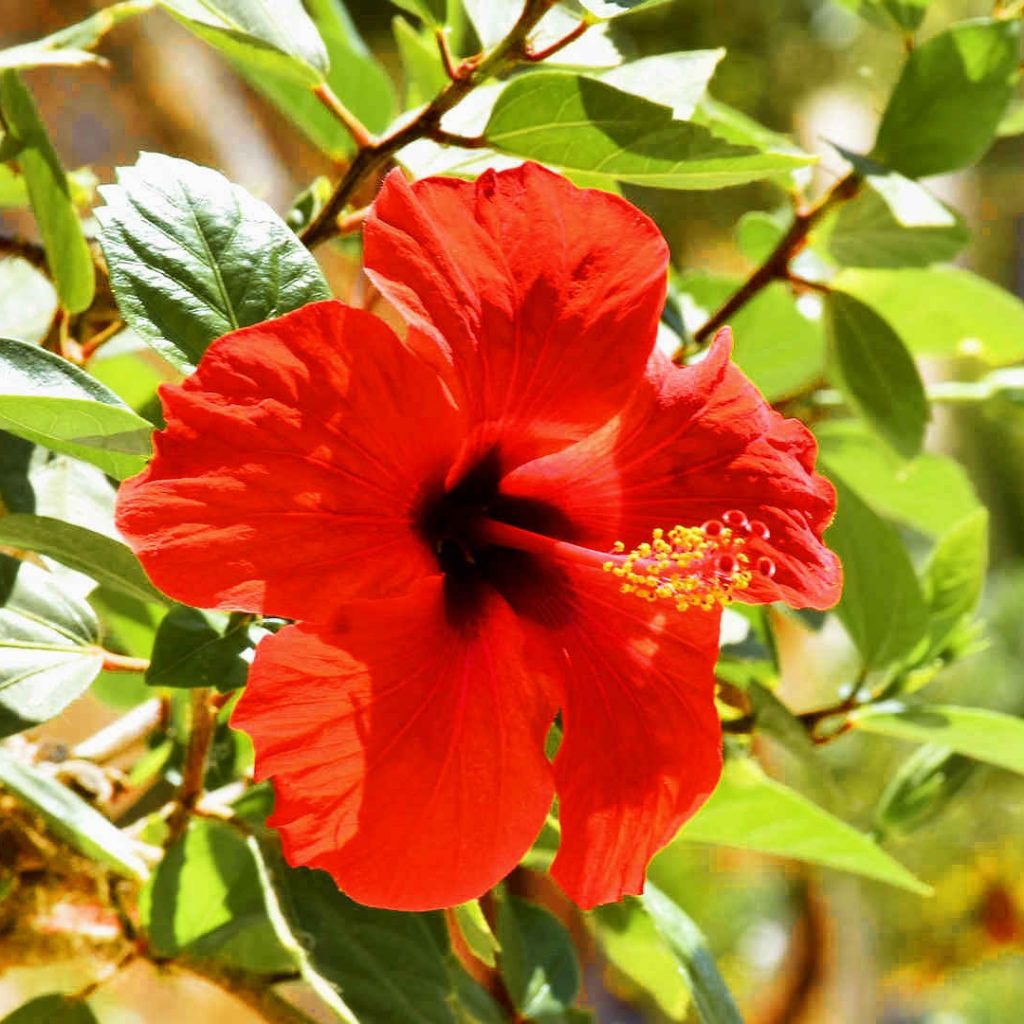
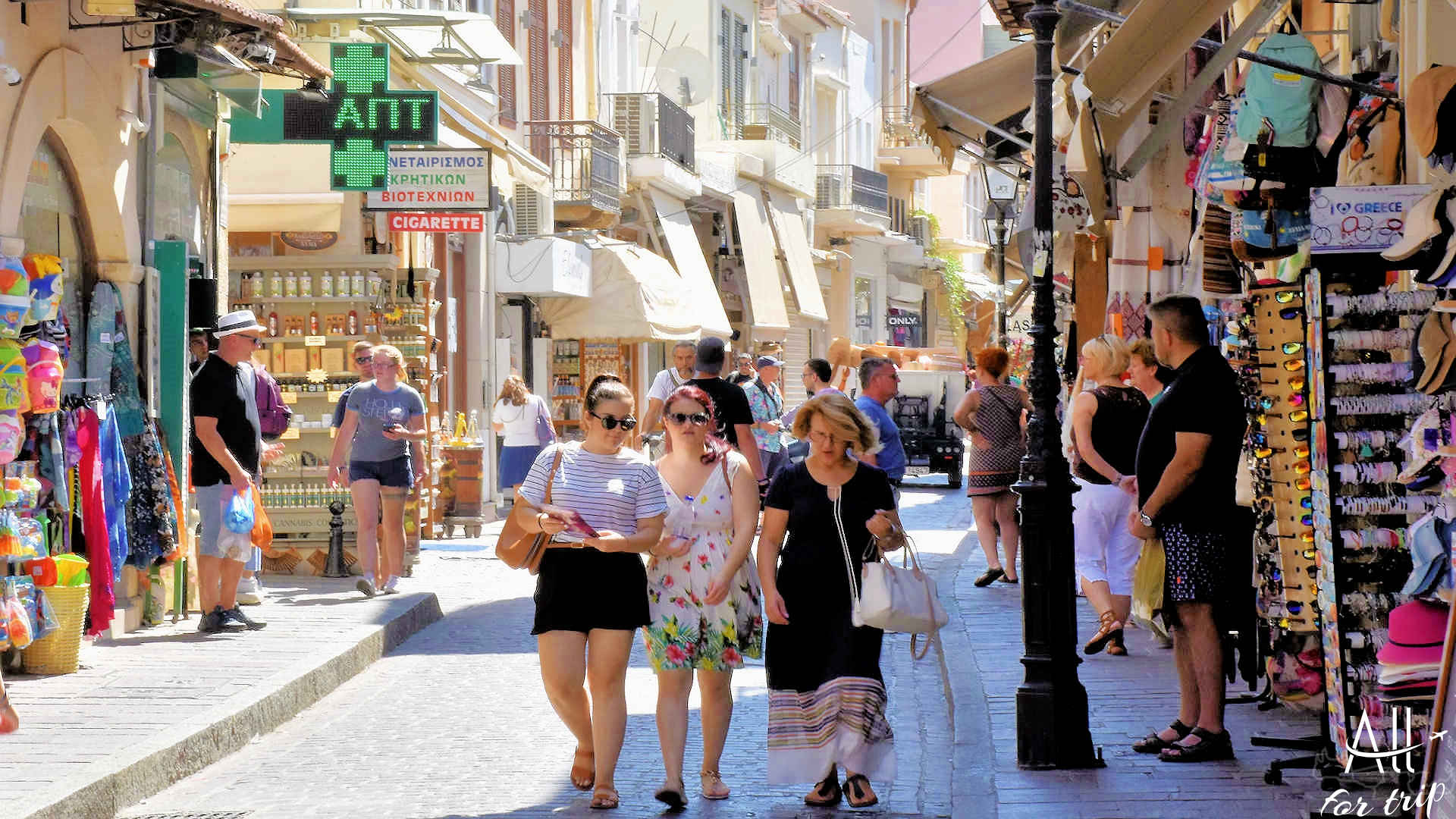
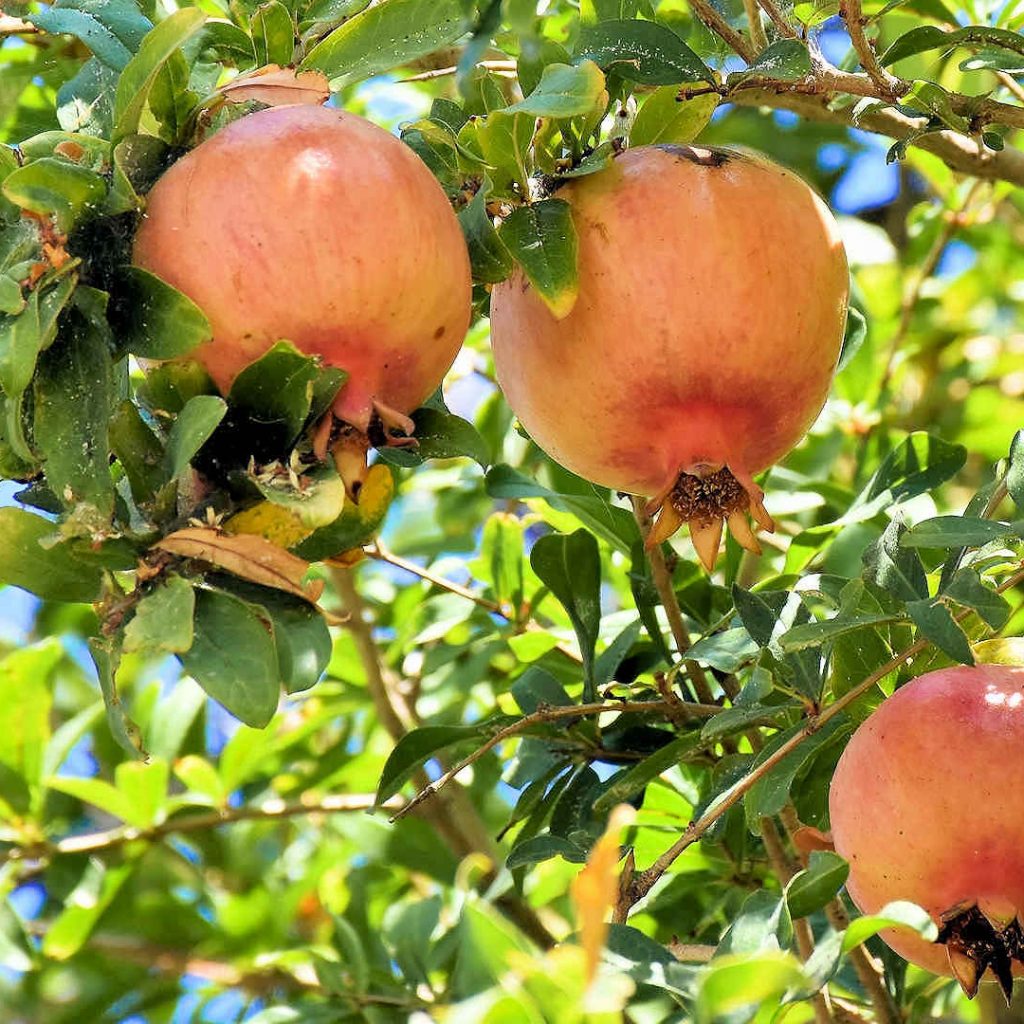
Metropolitan Church
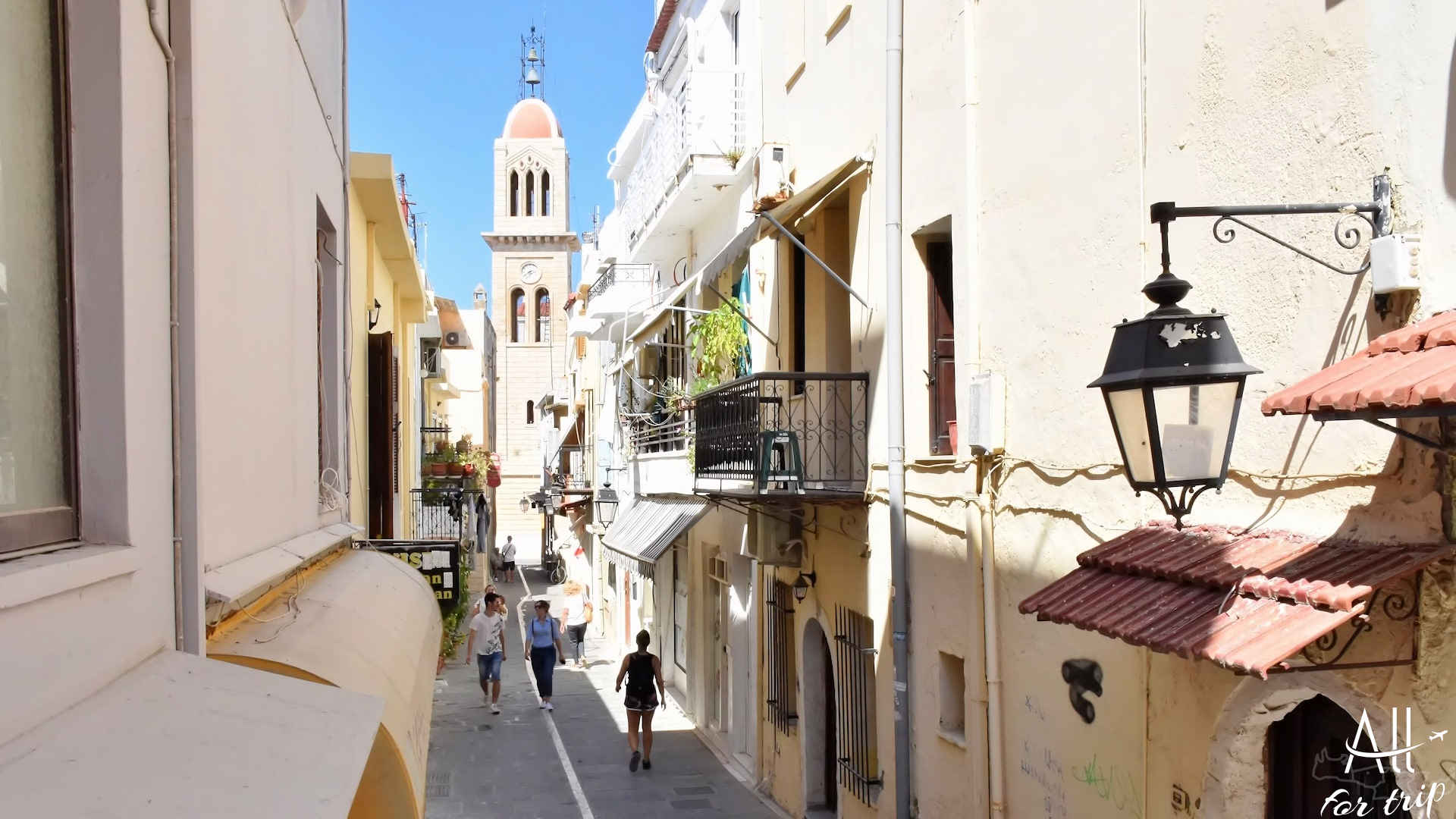
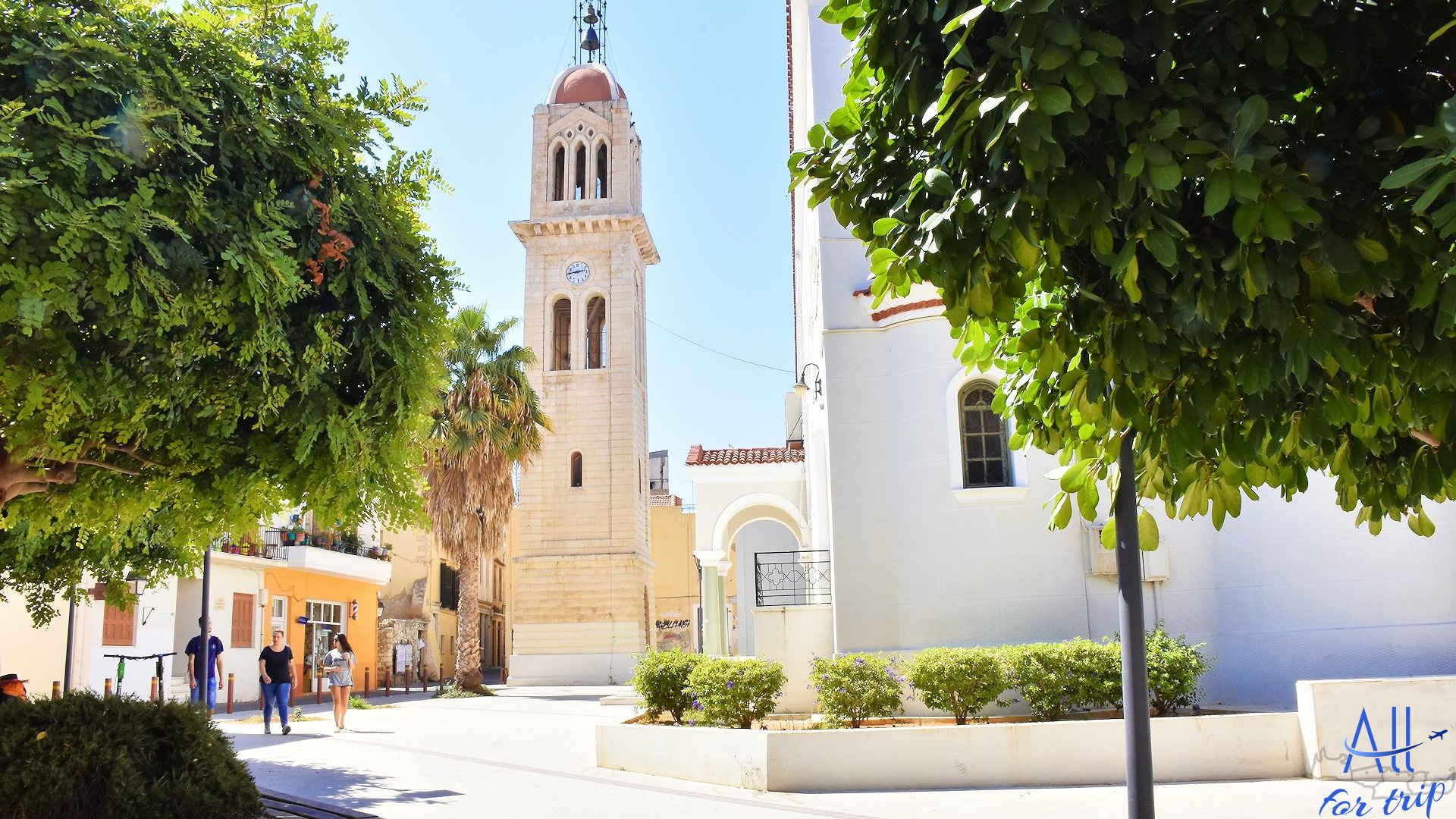
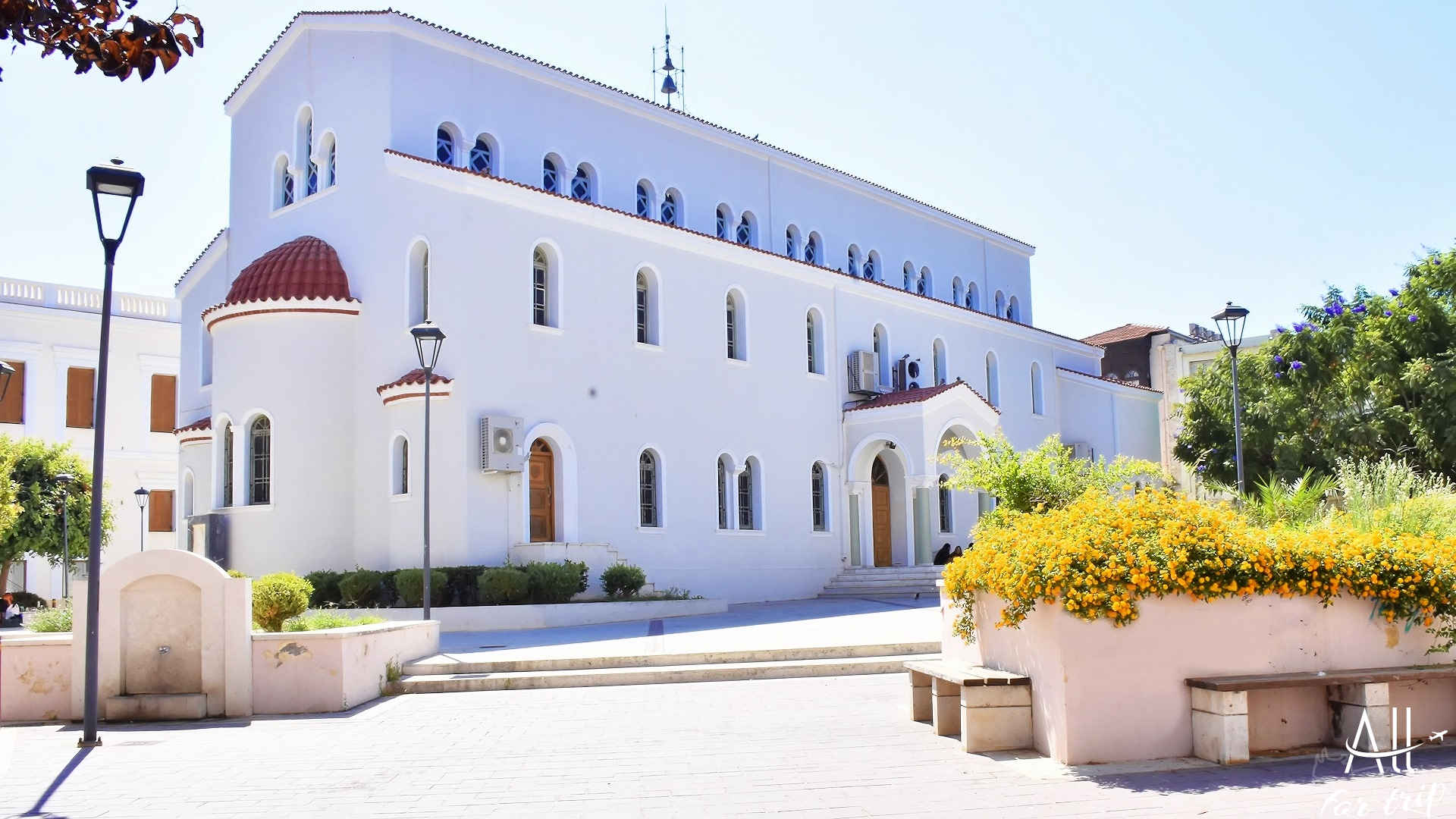
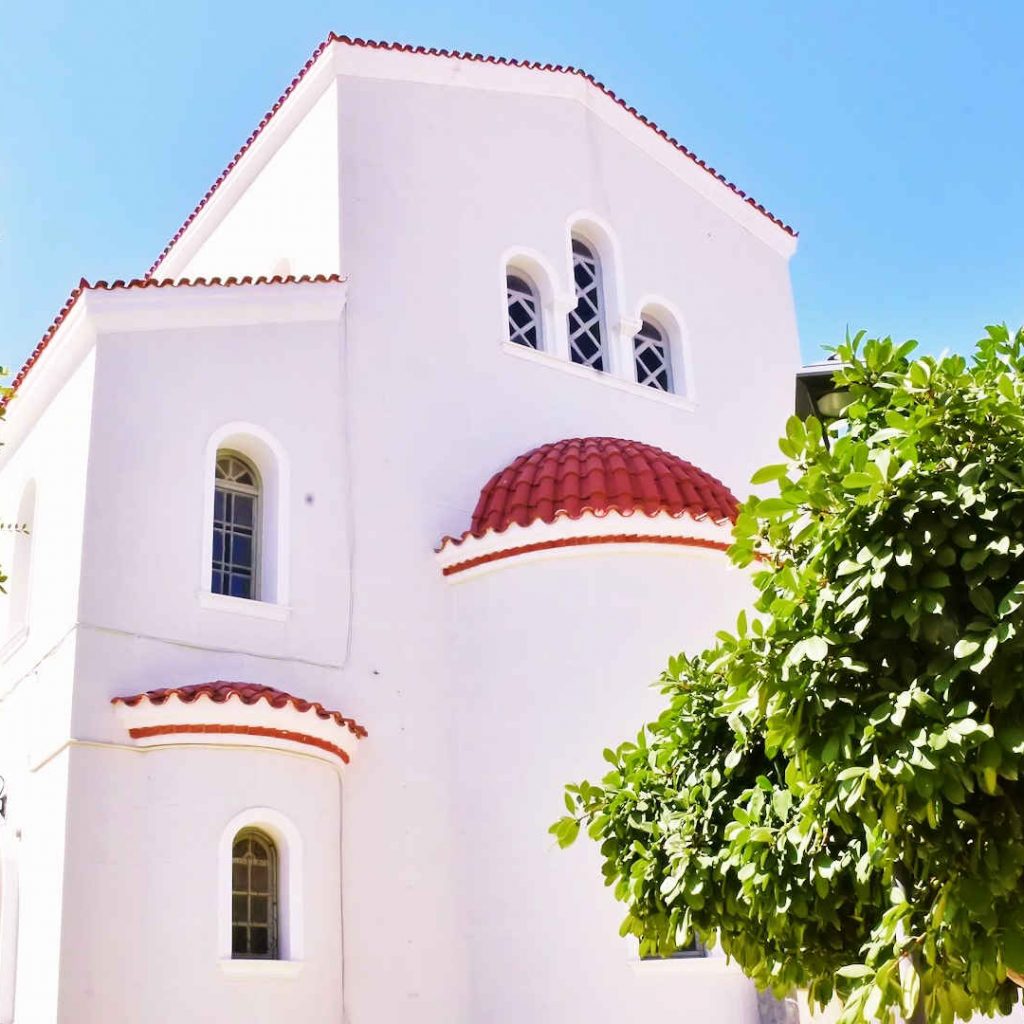
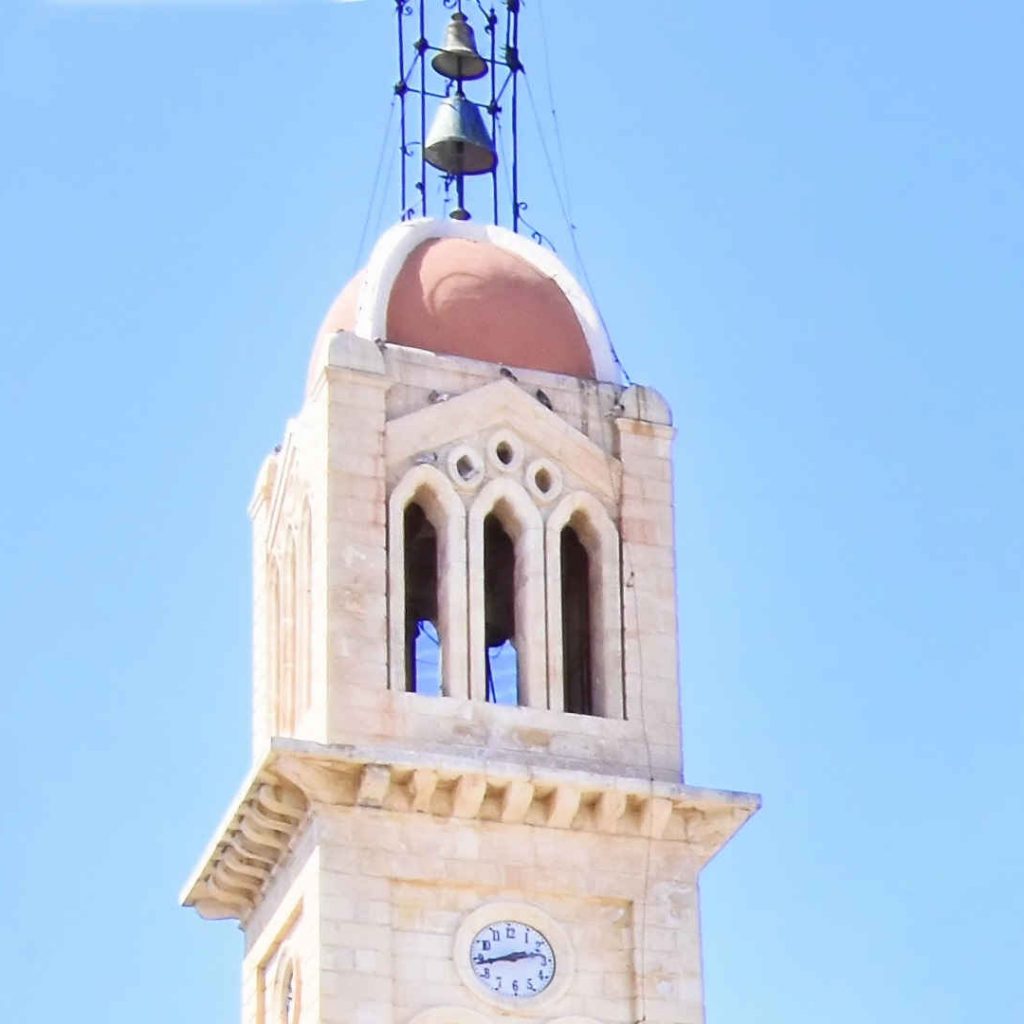
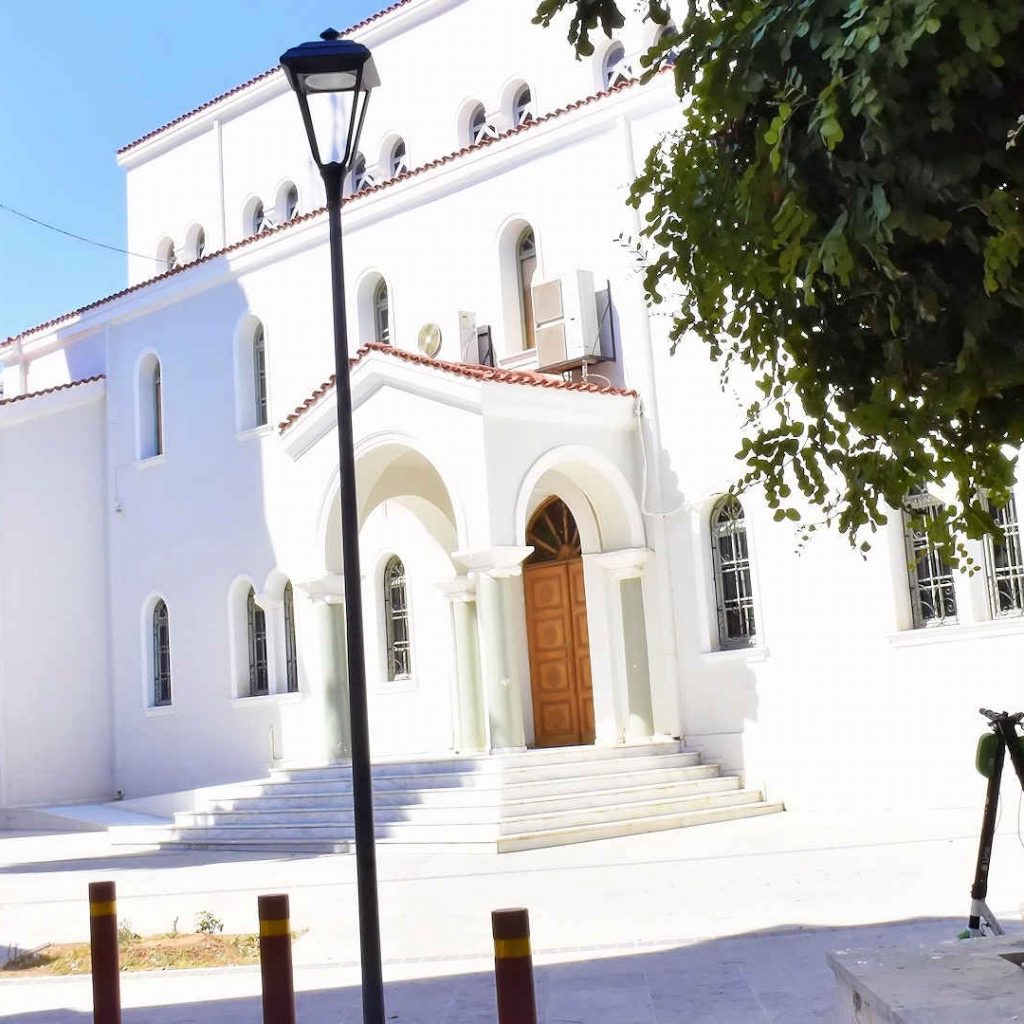


Comment (0)